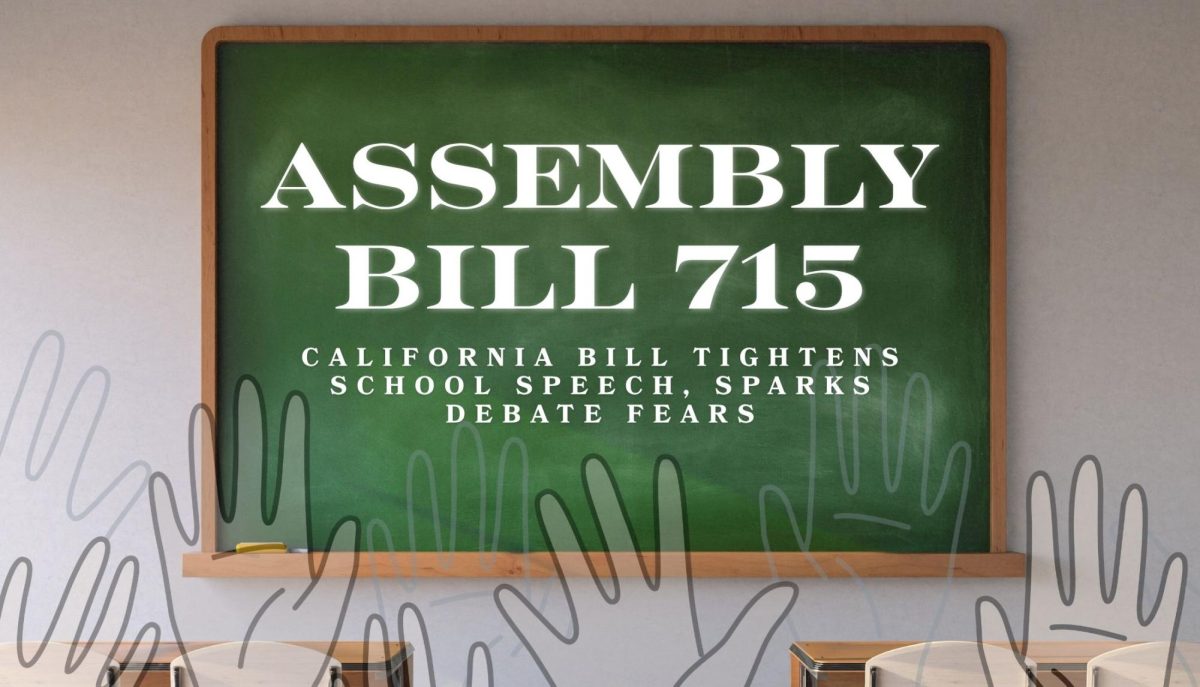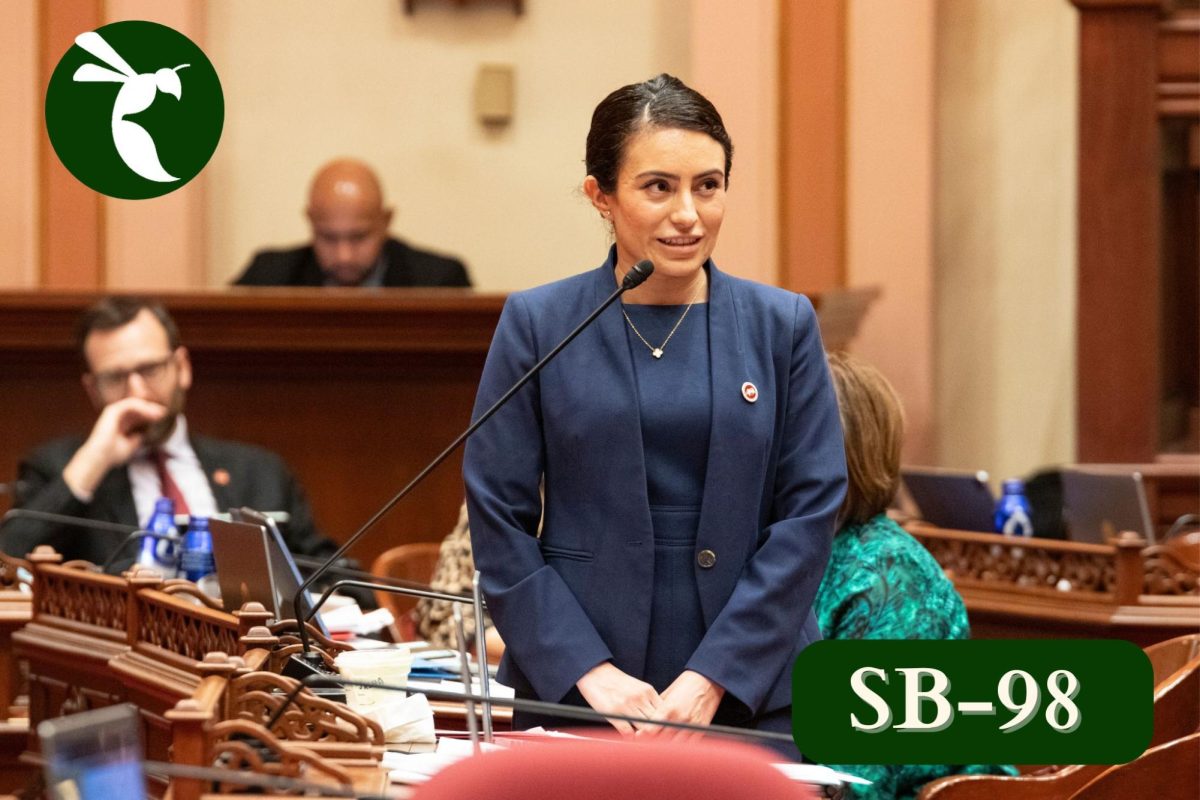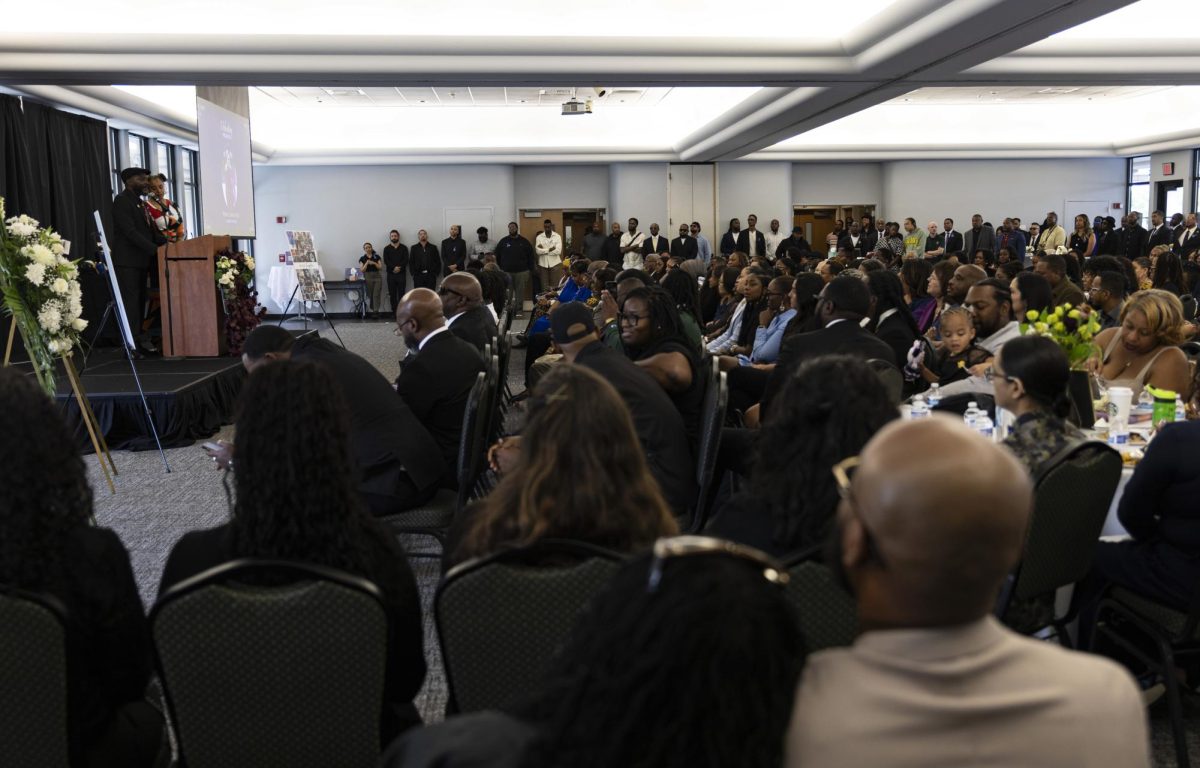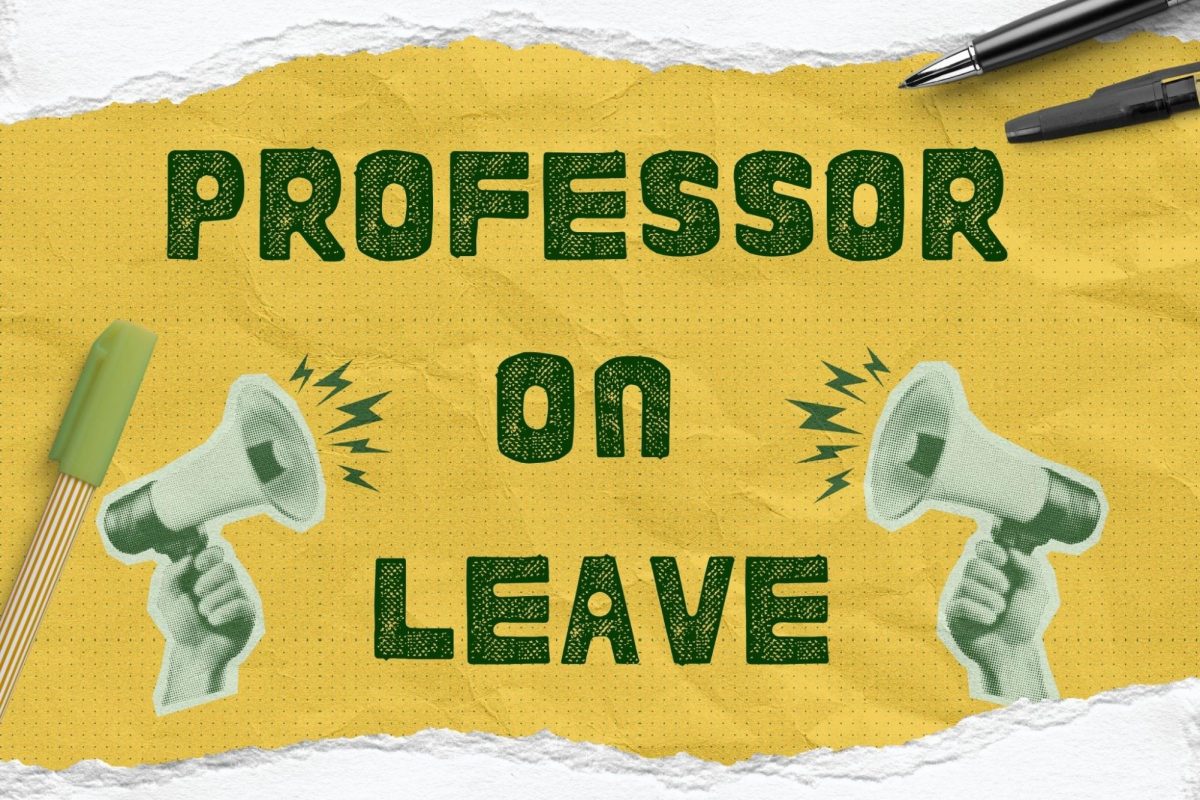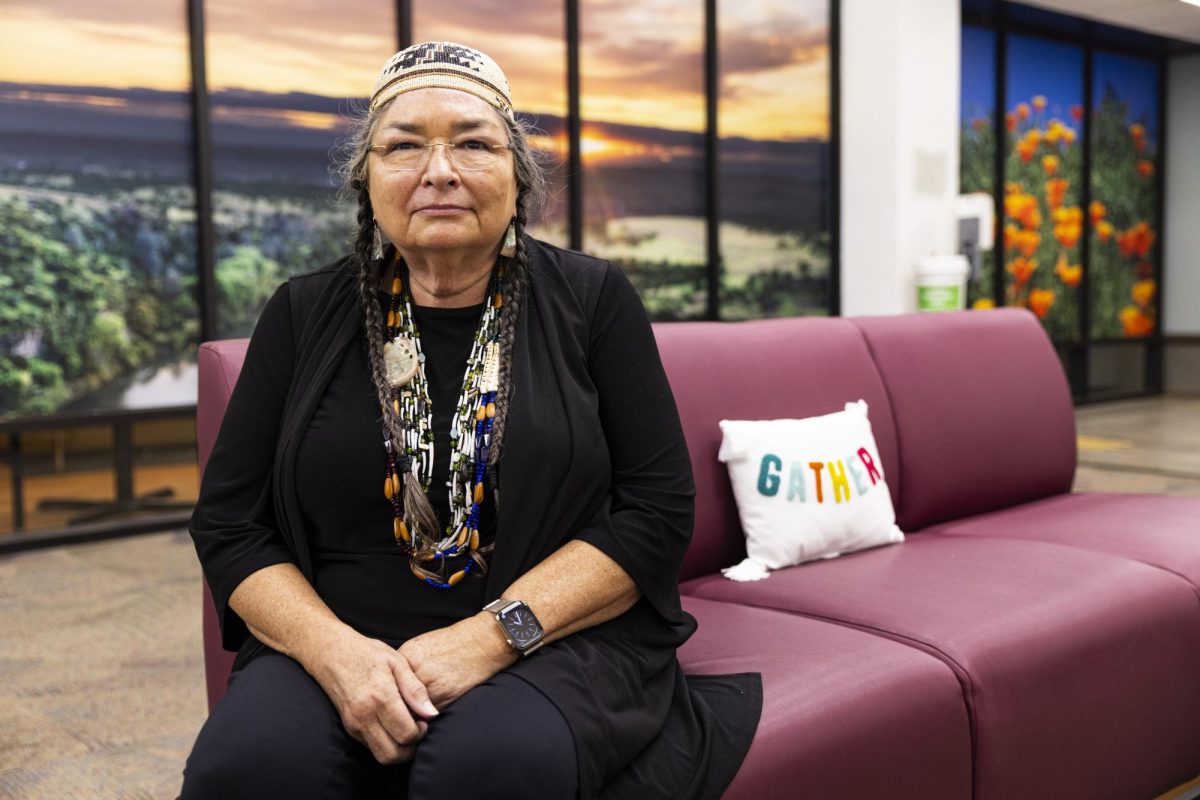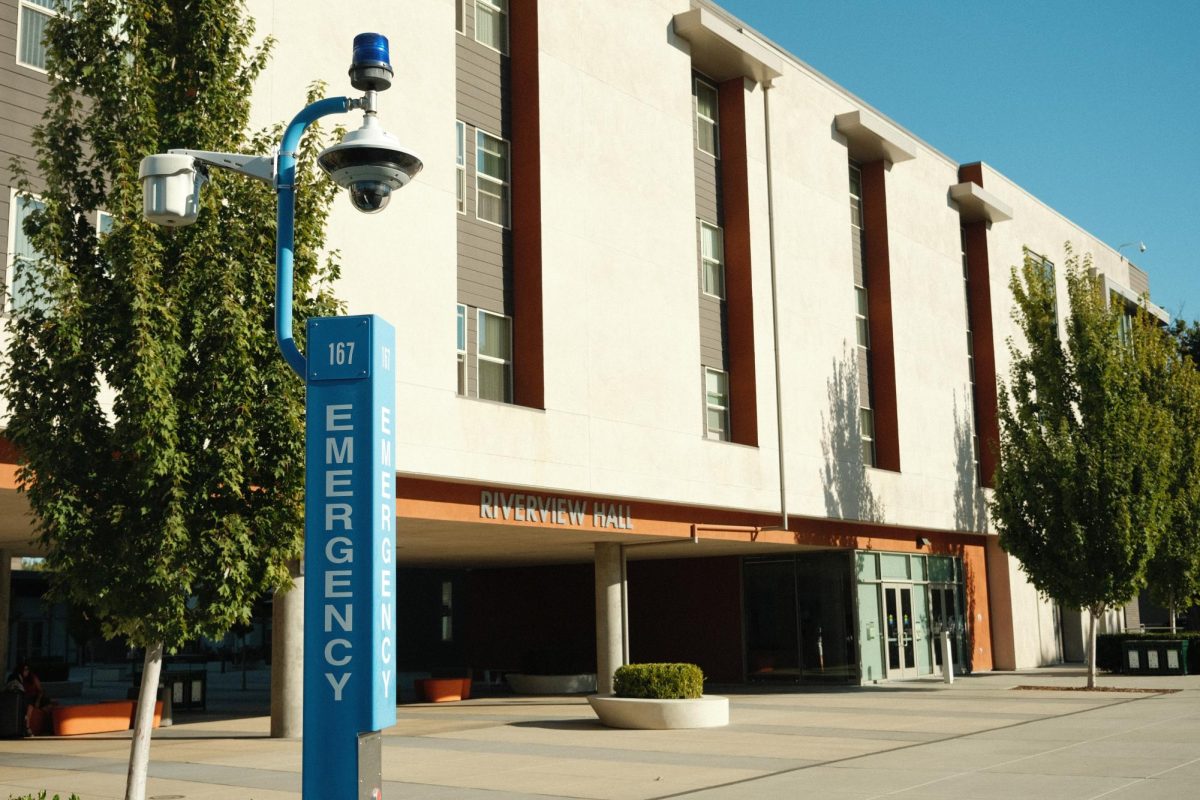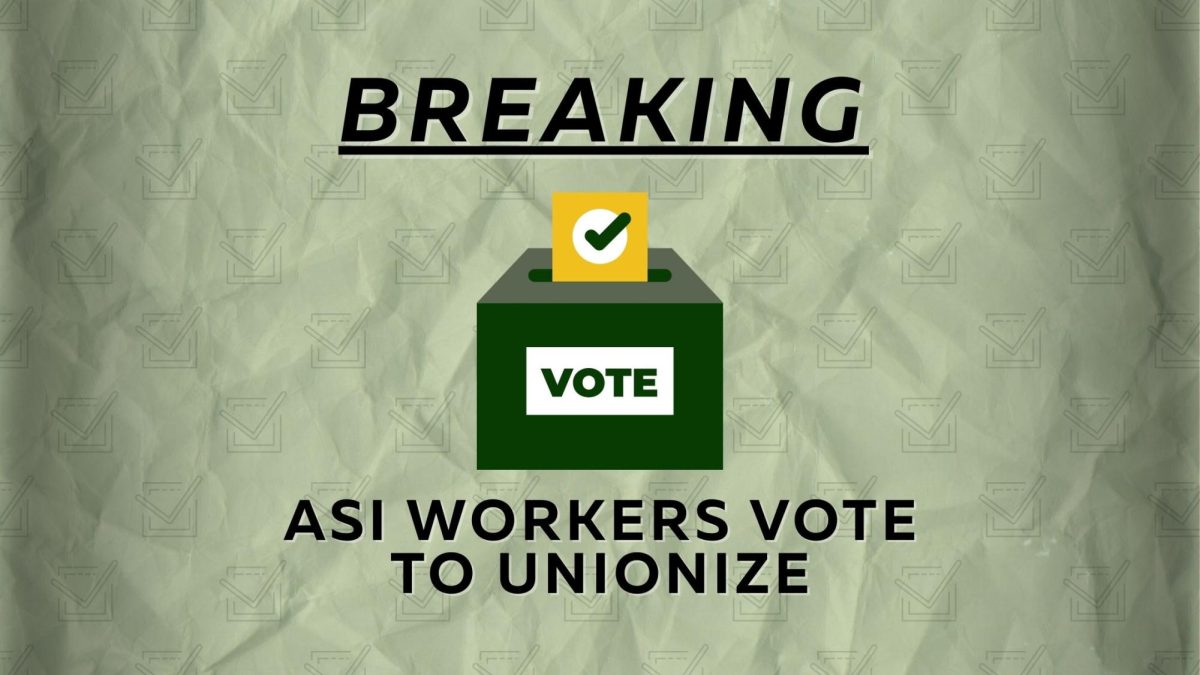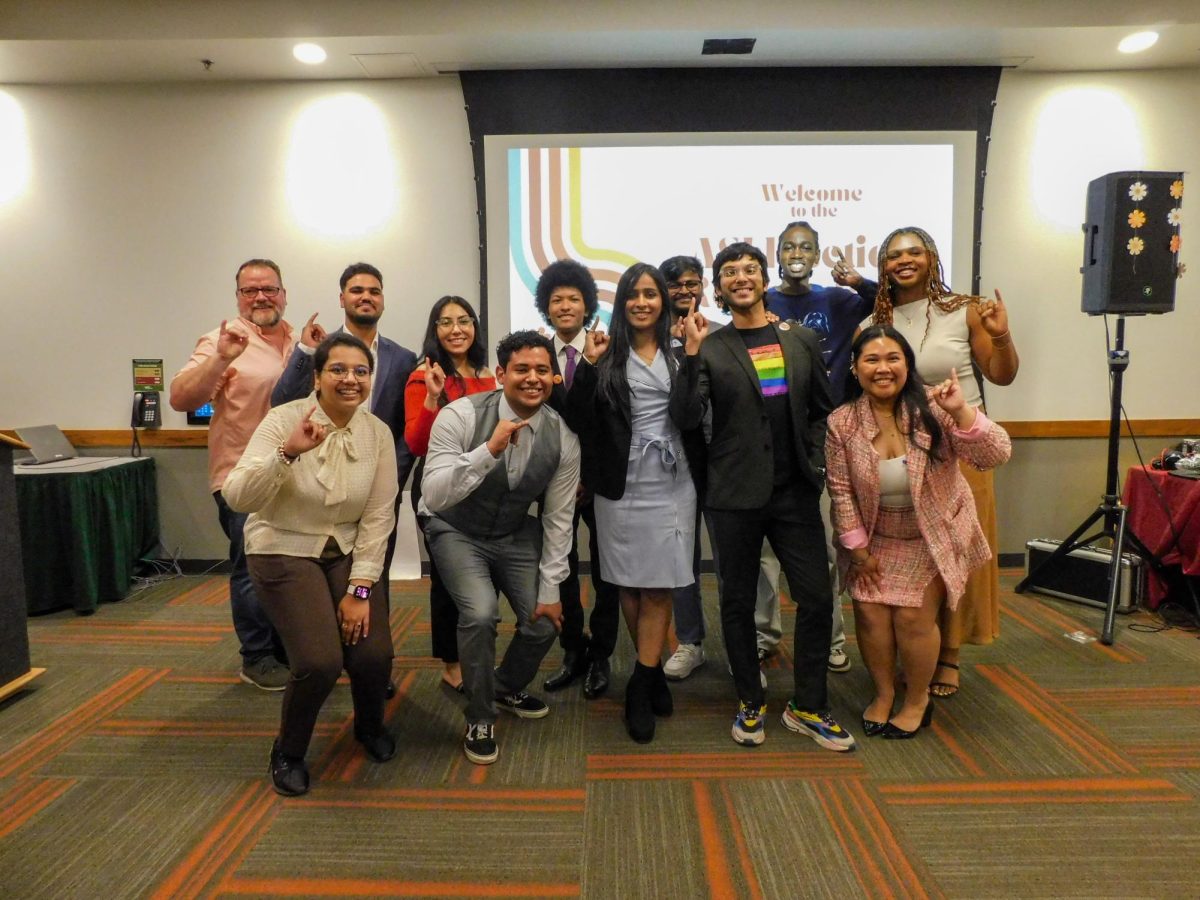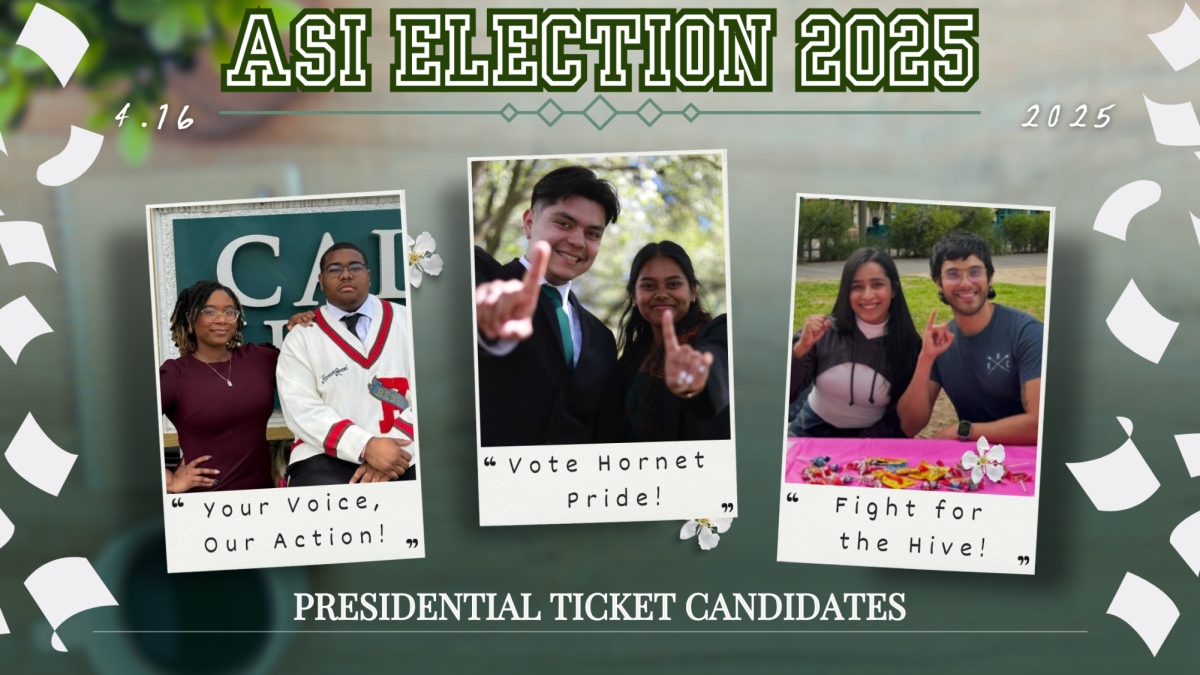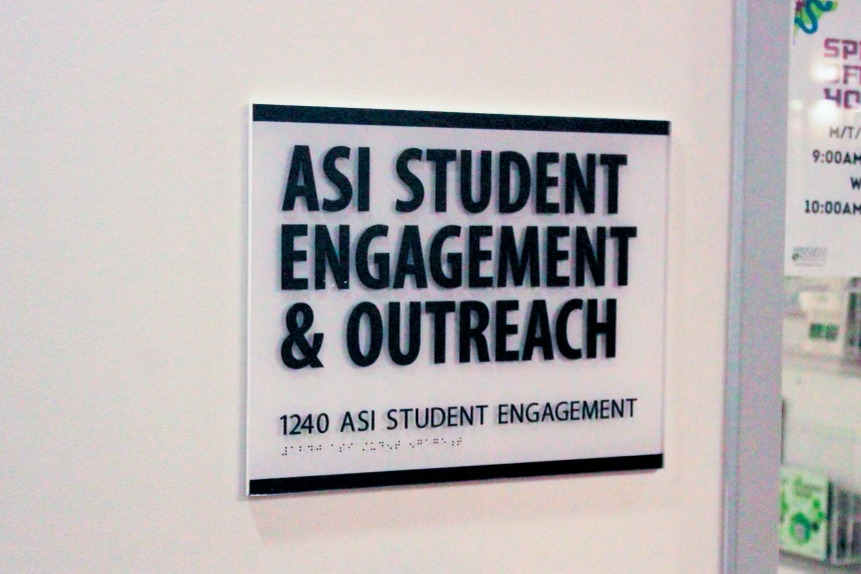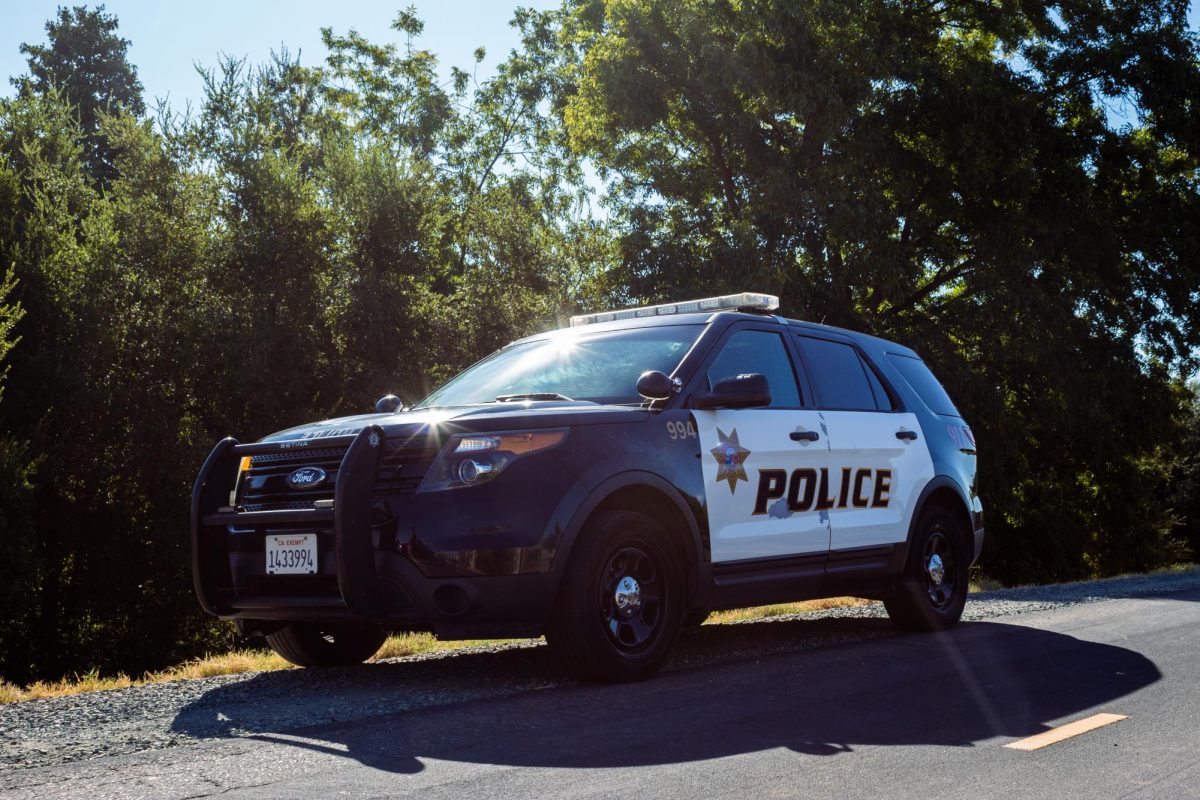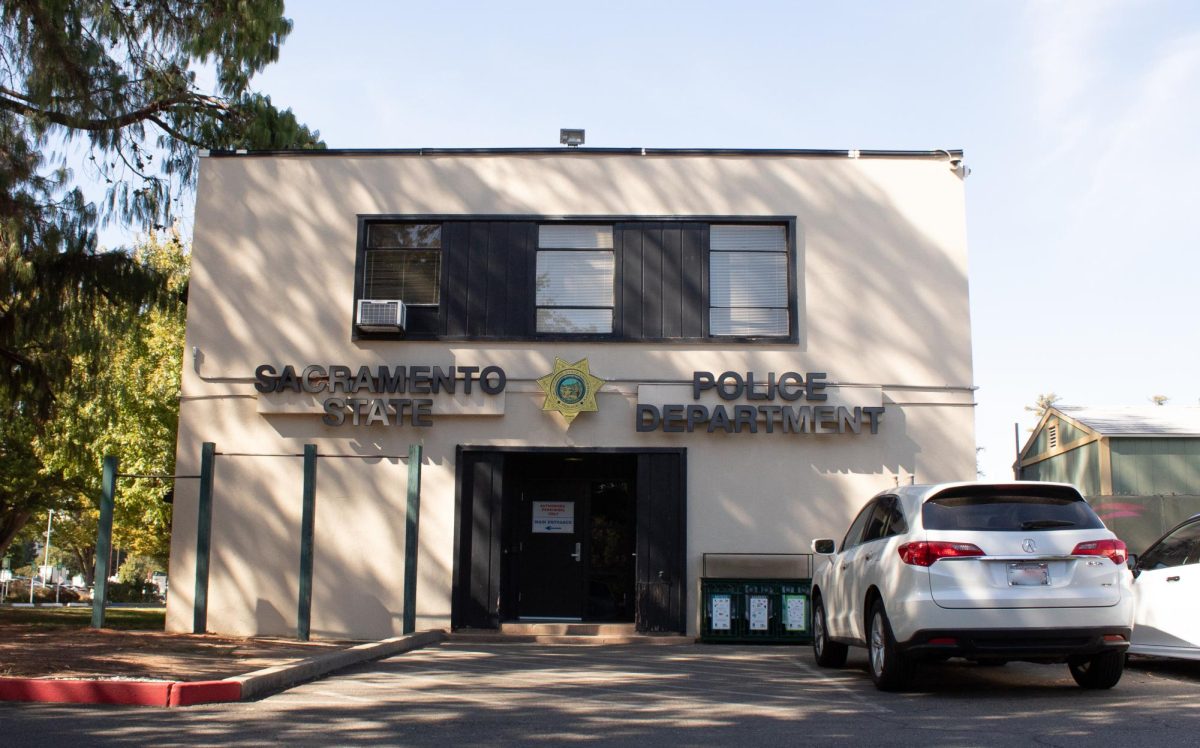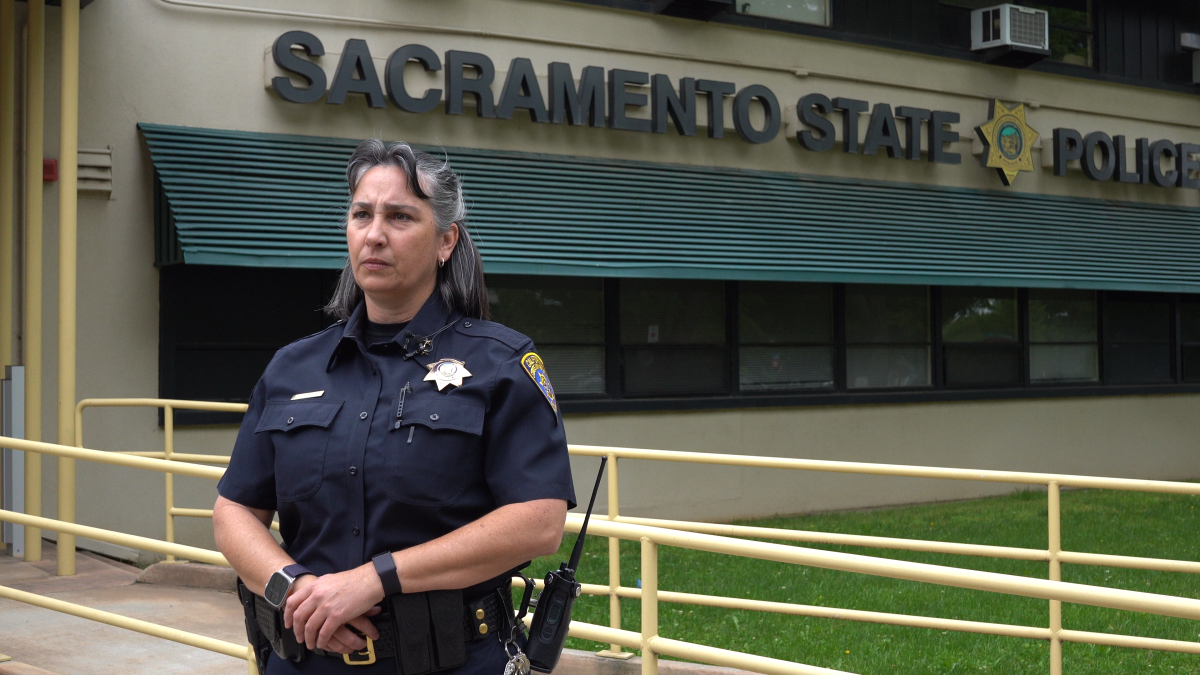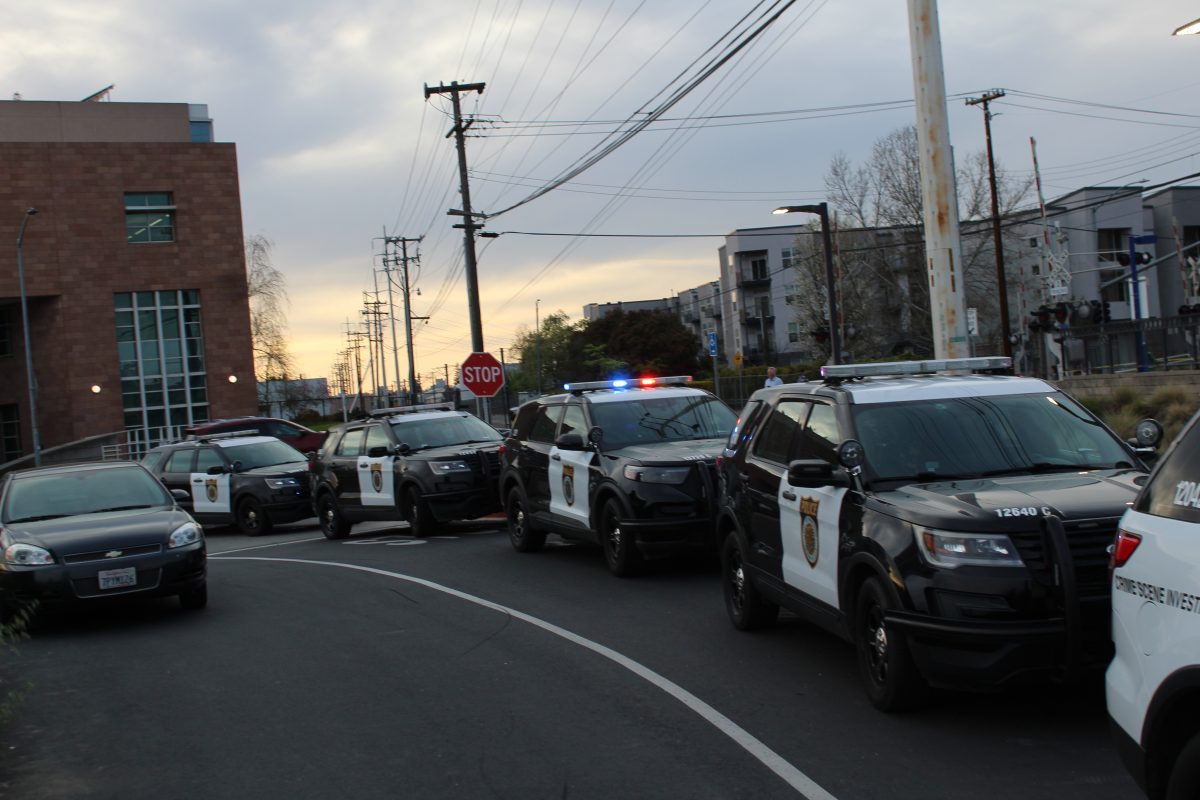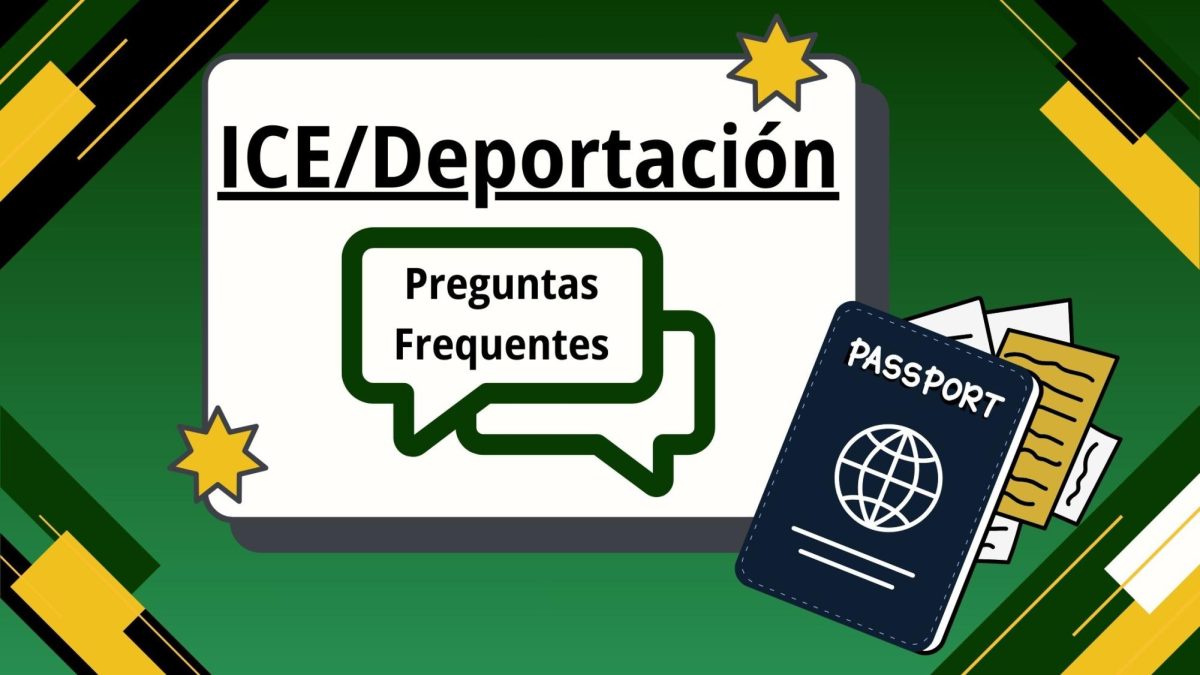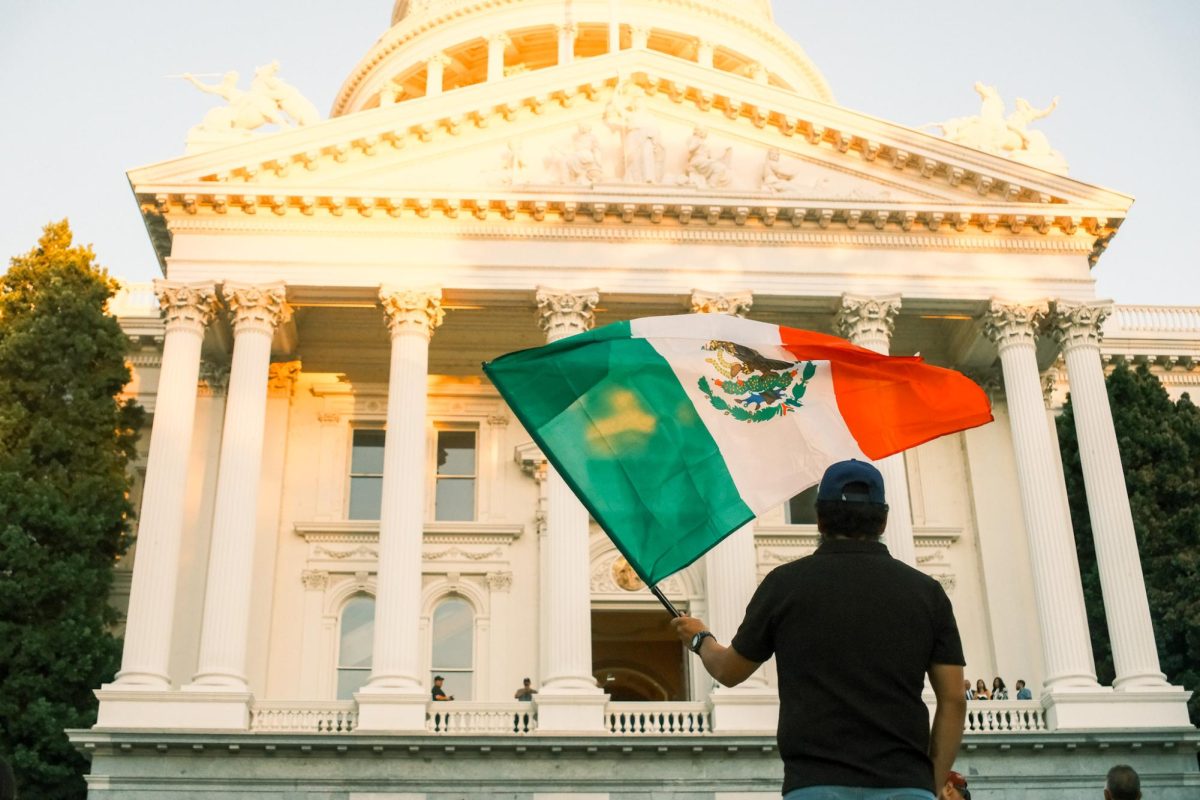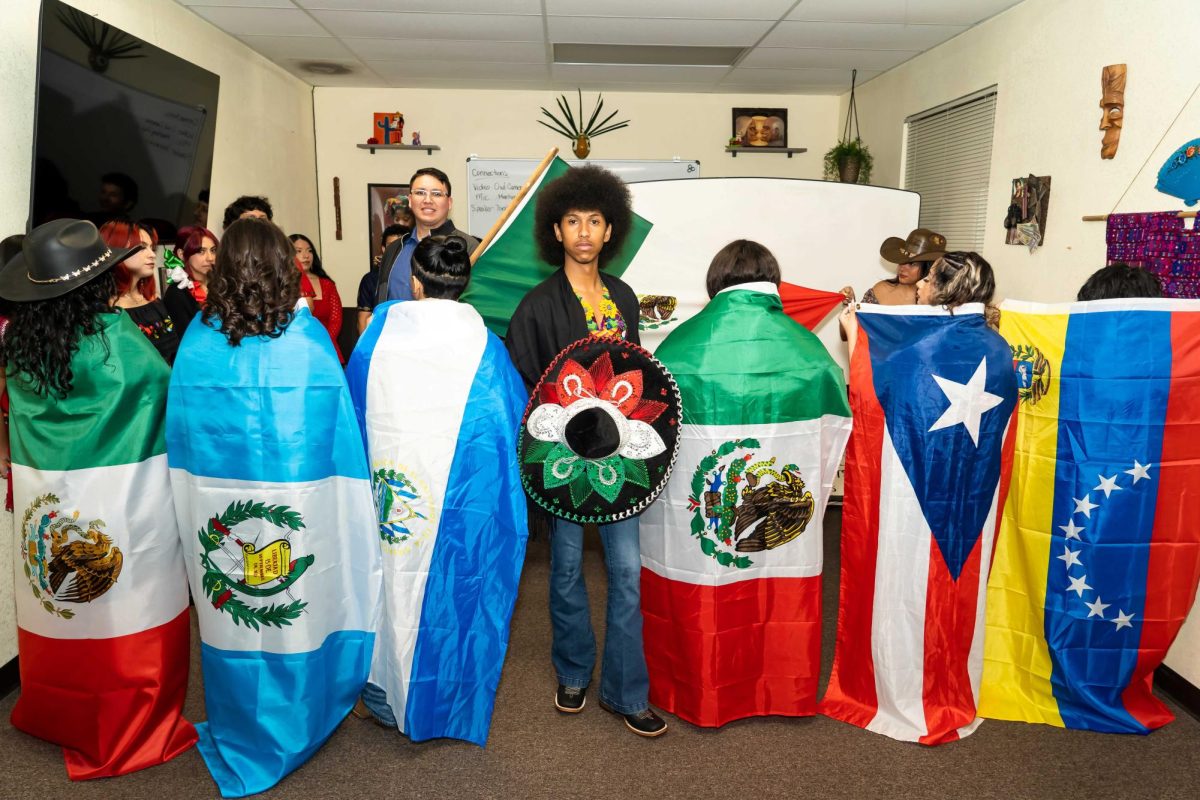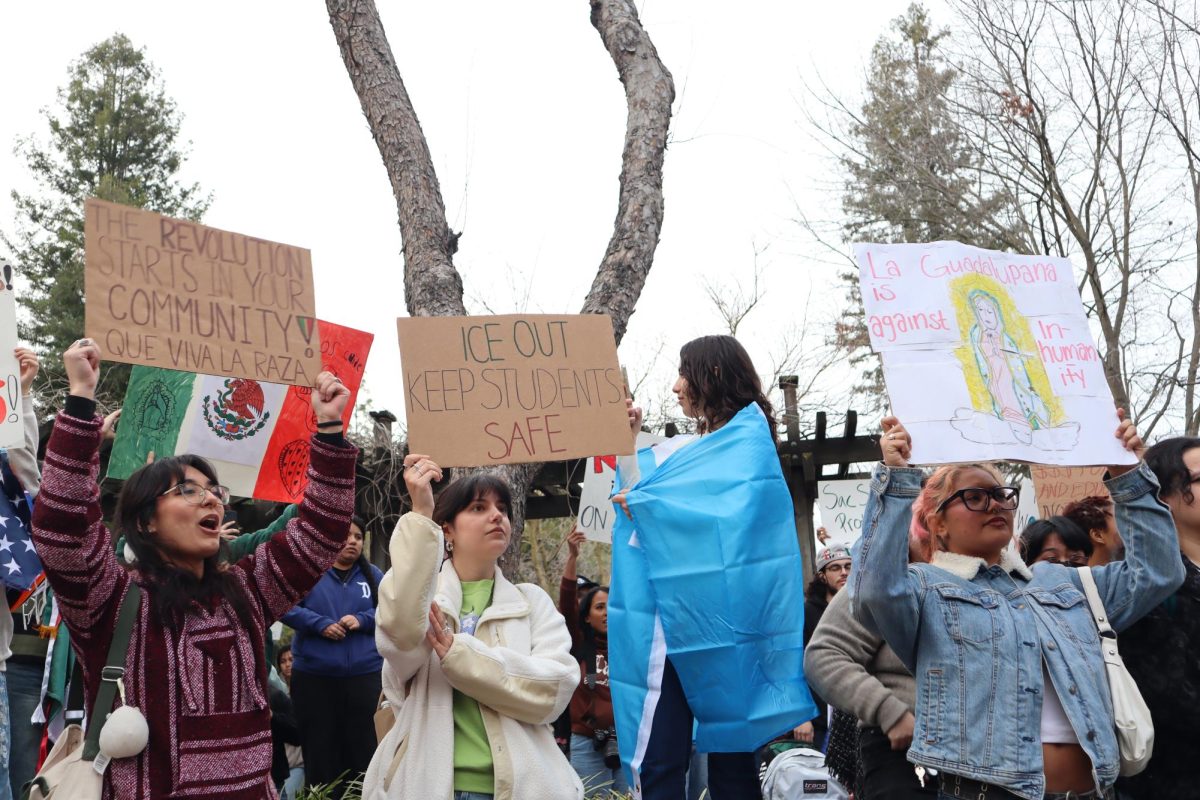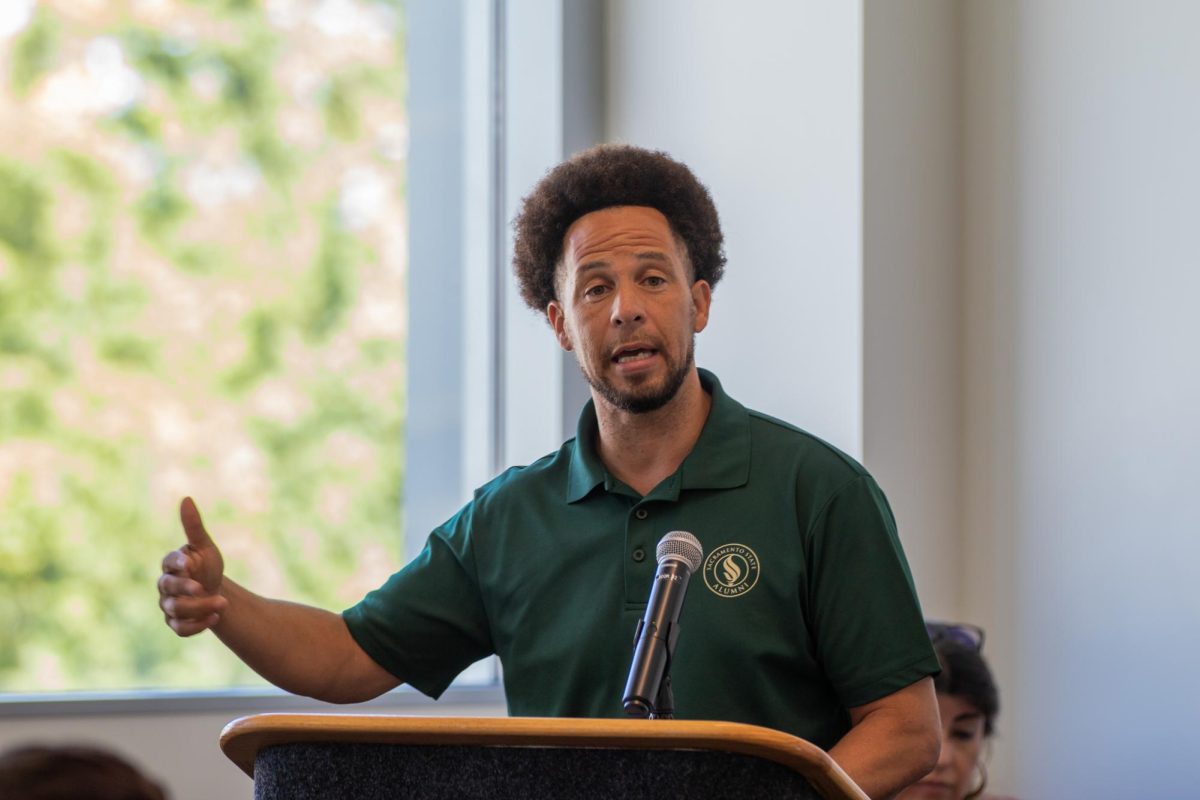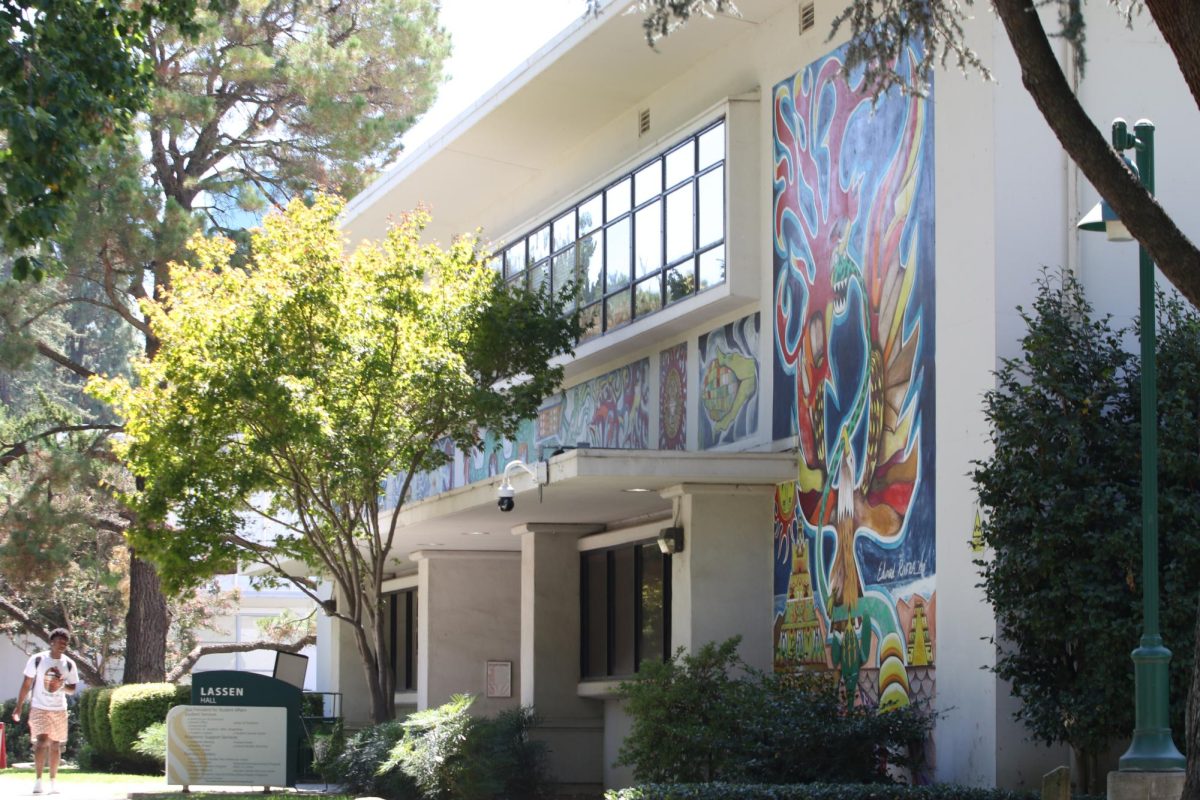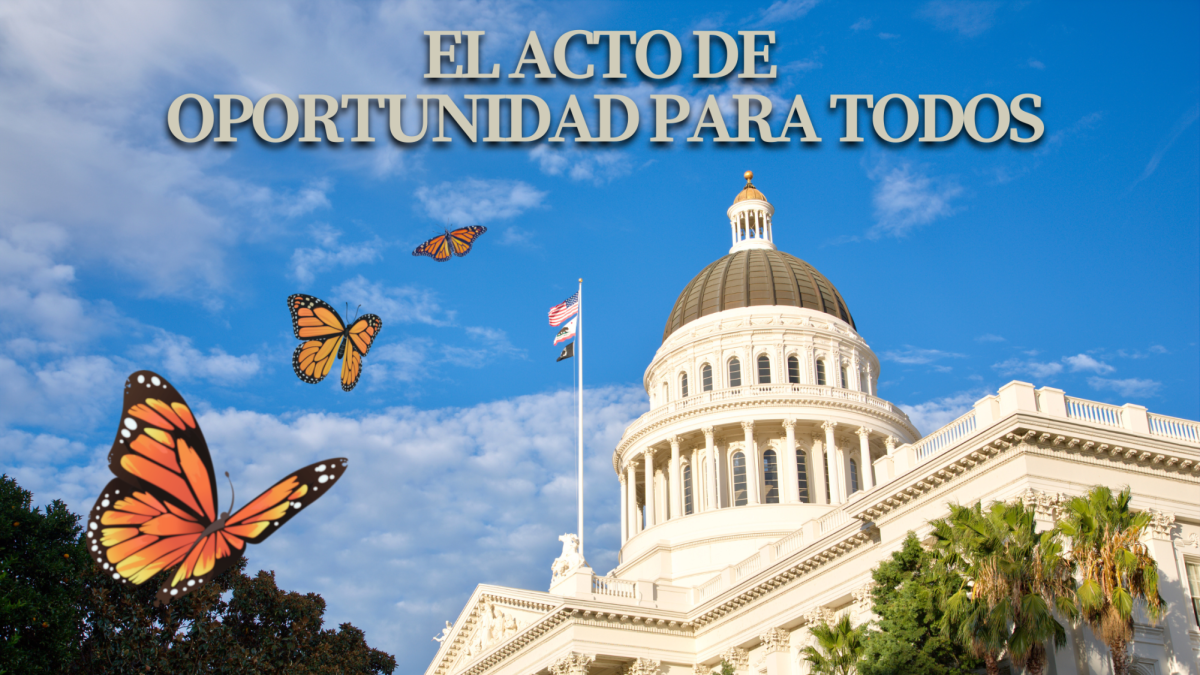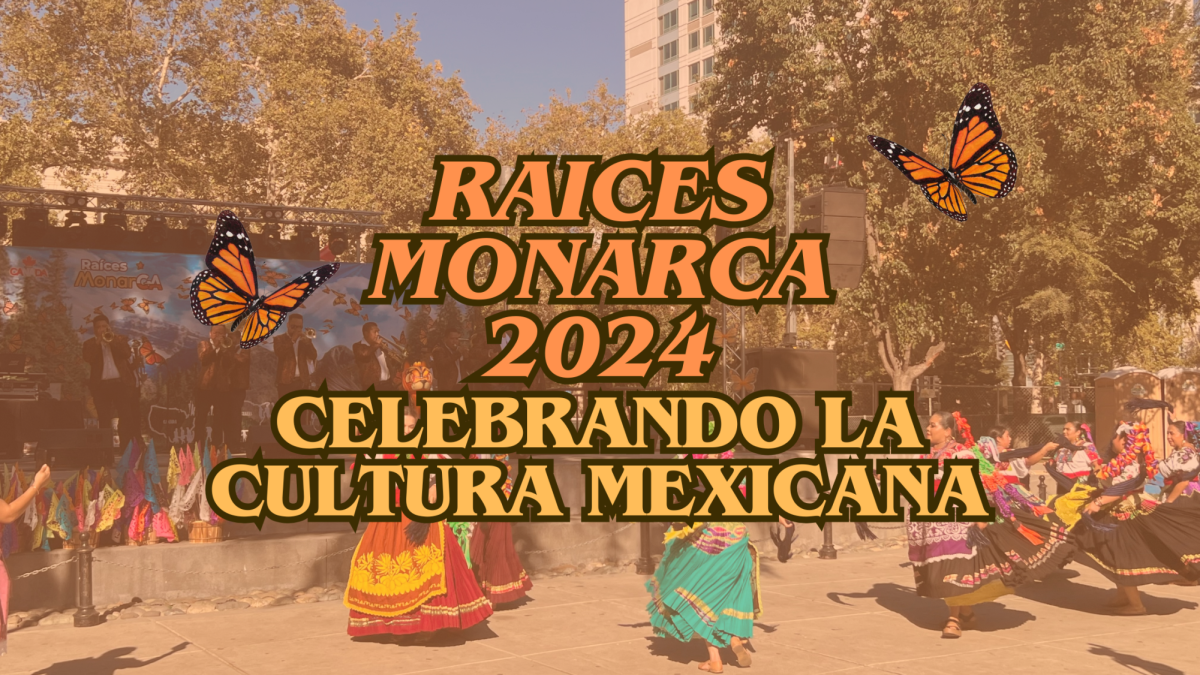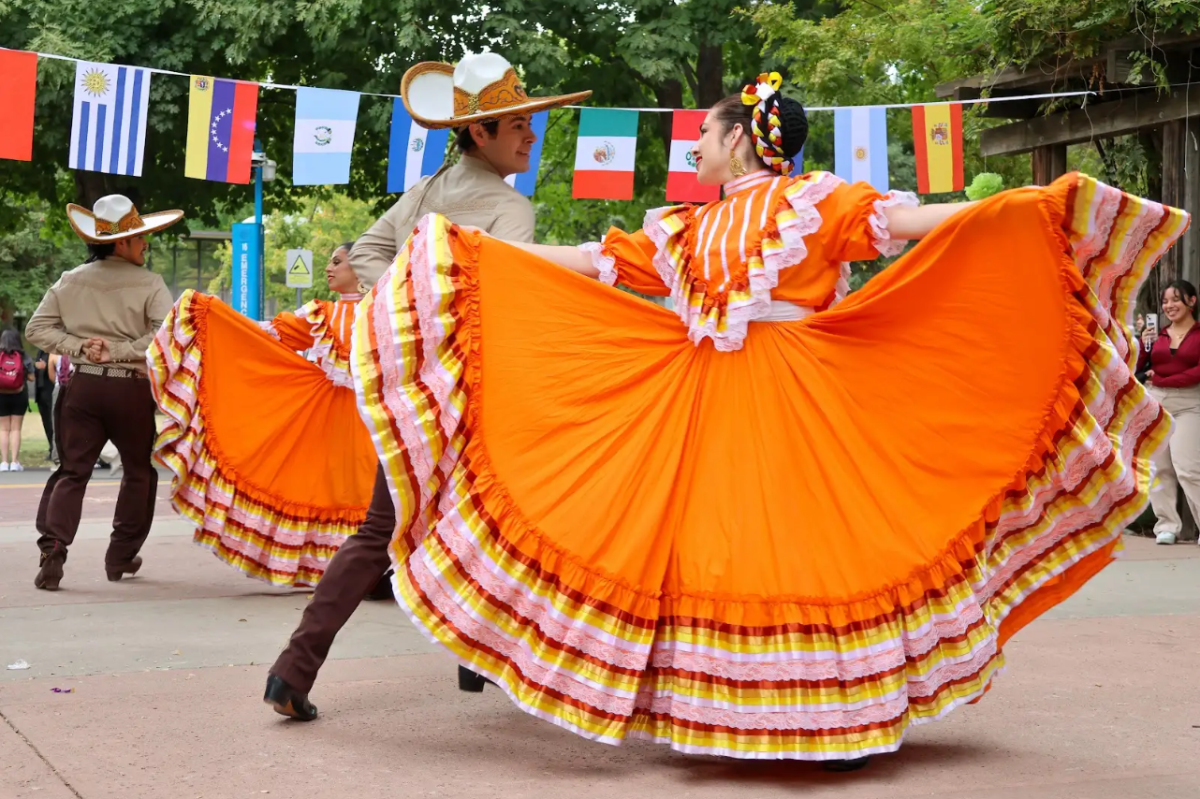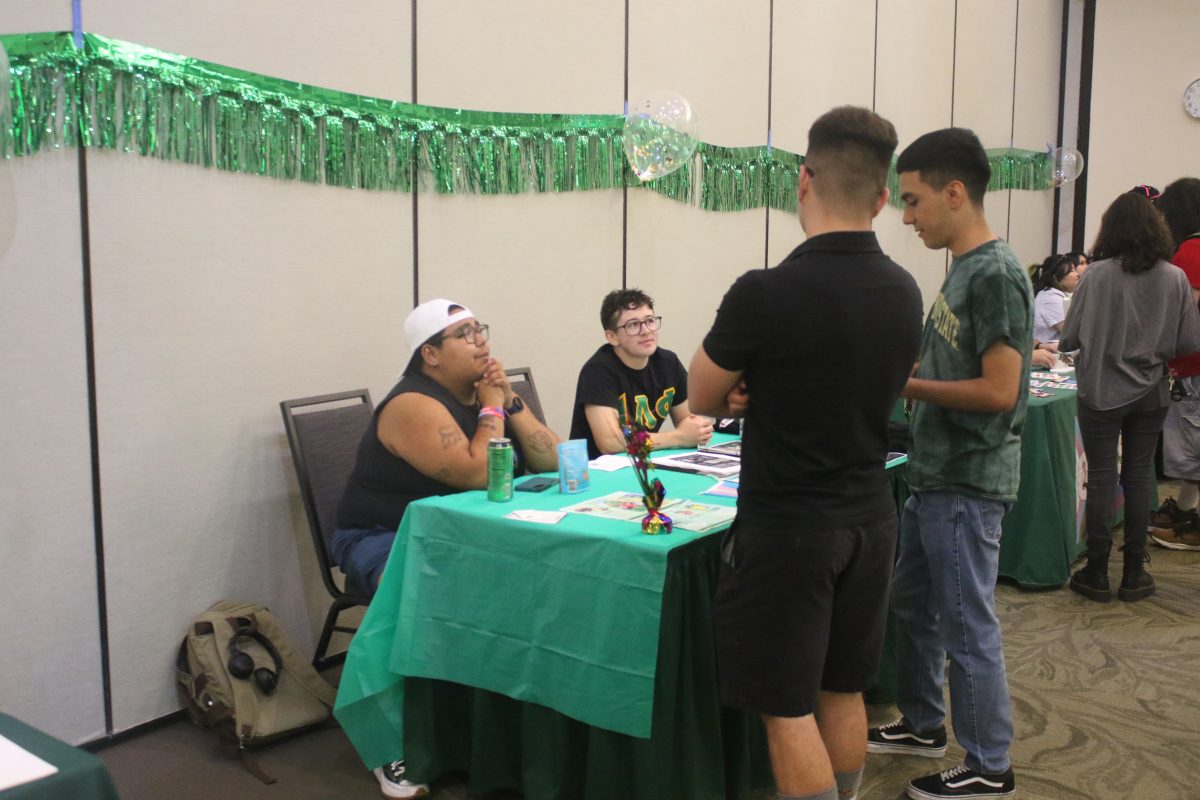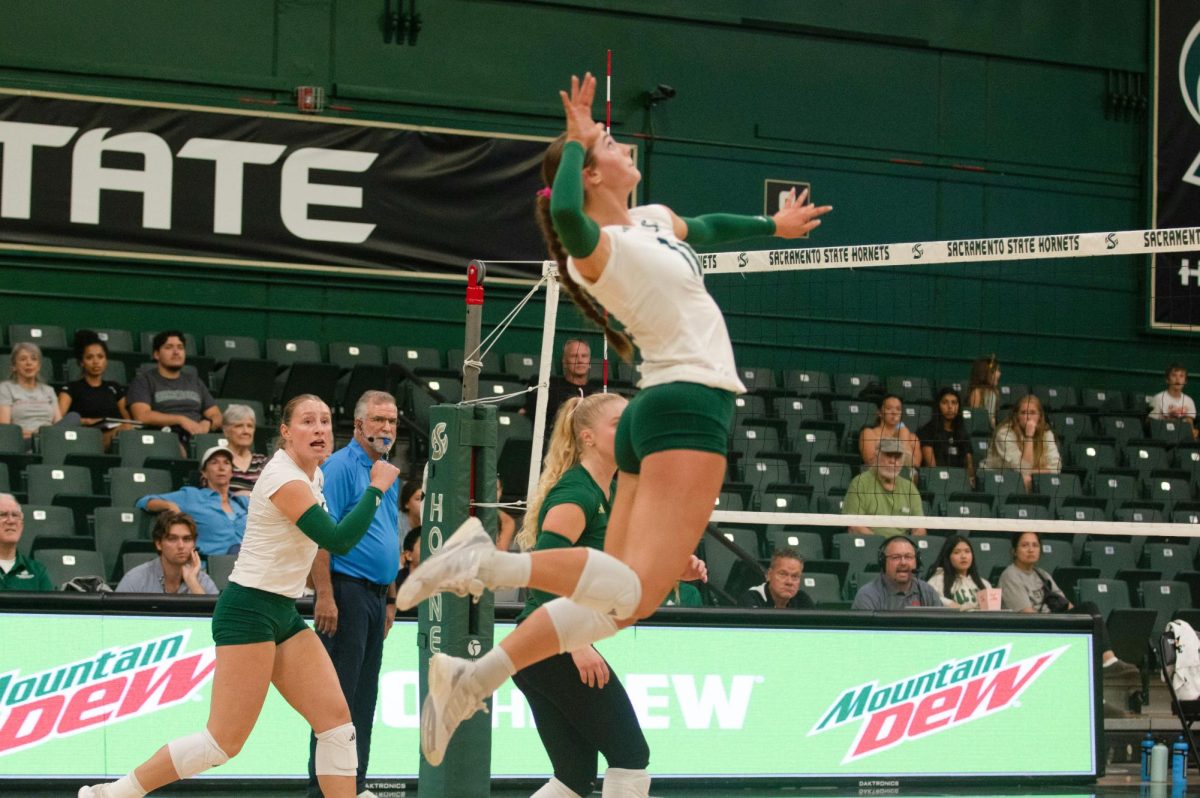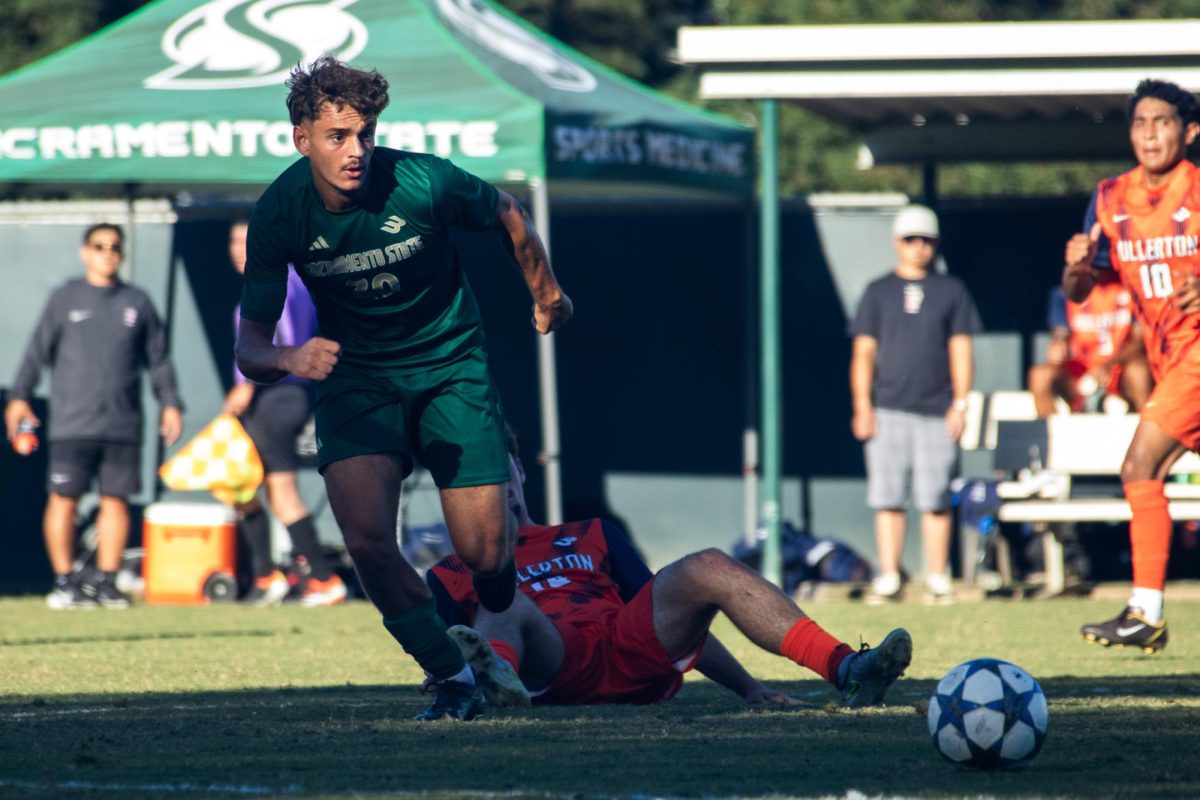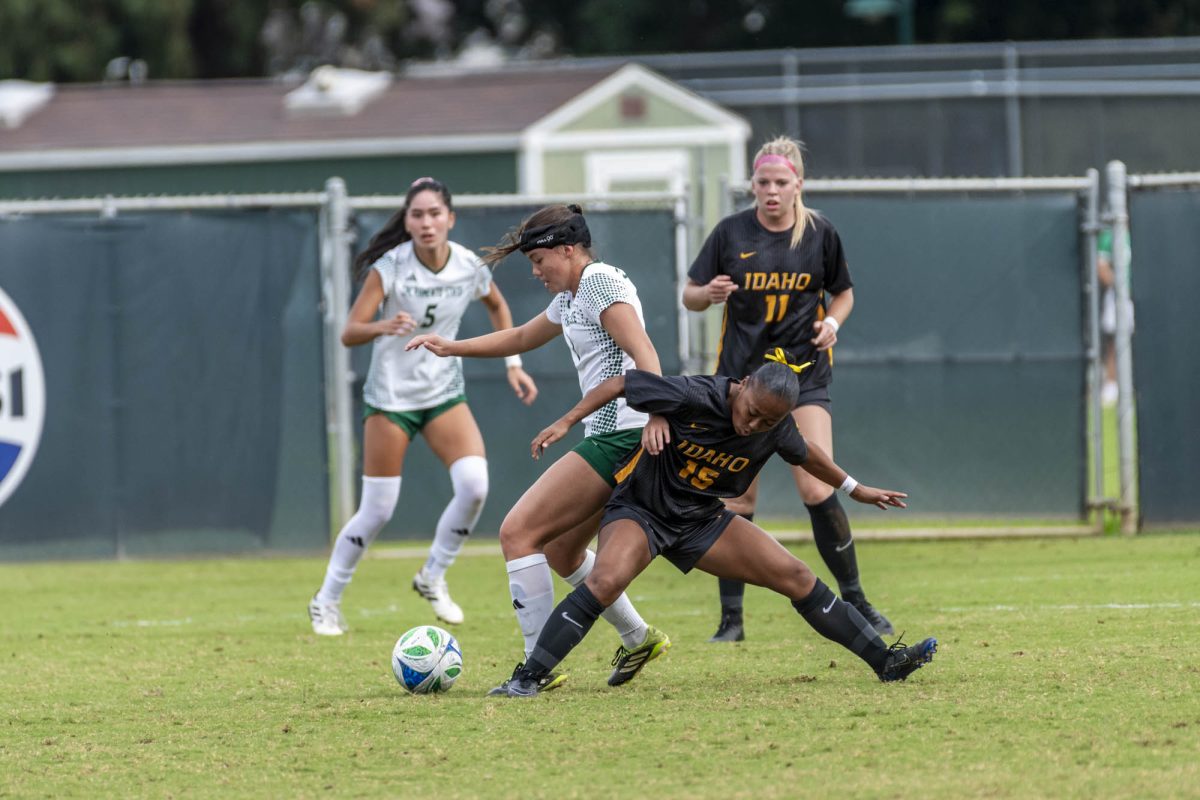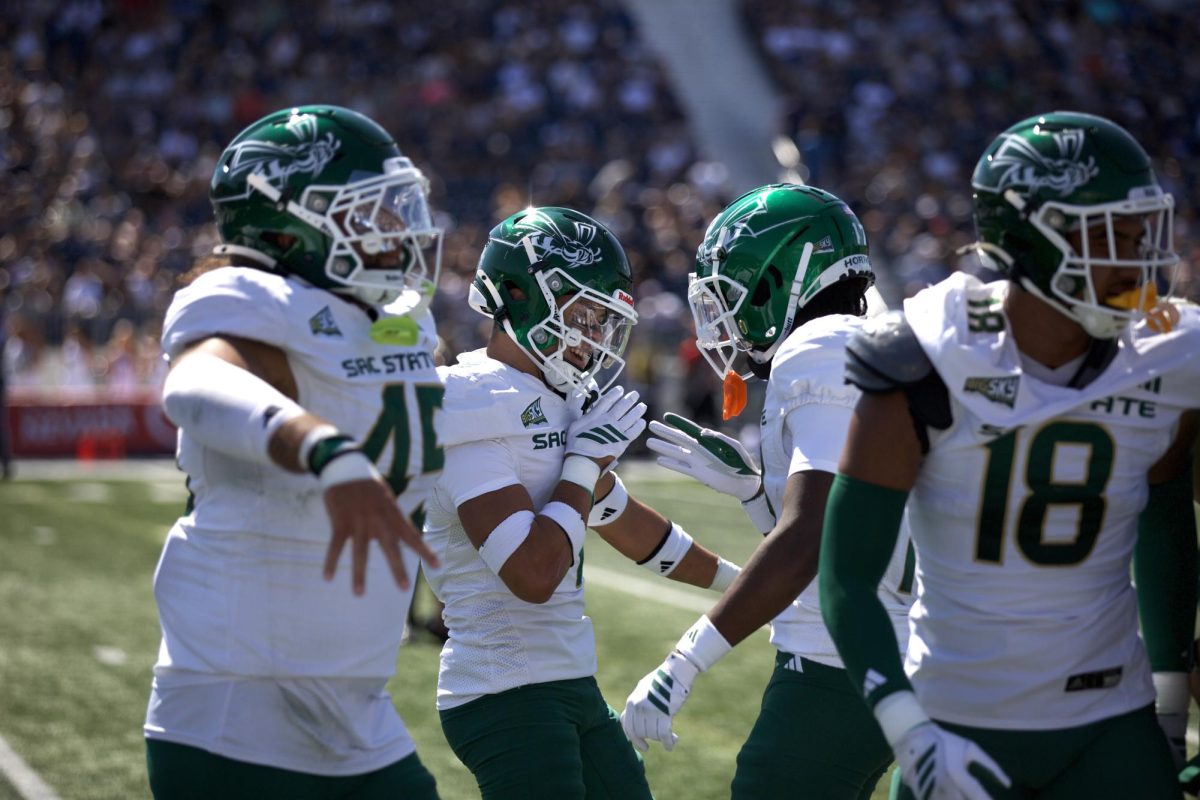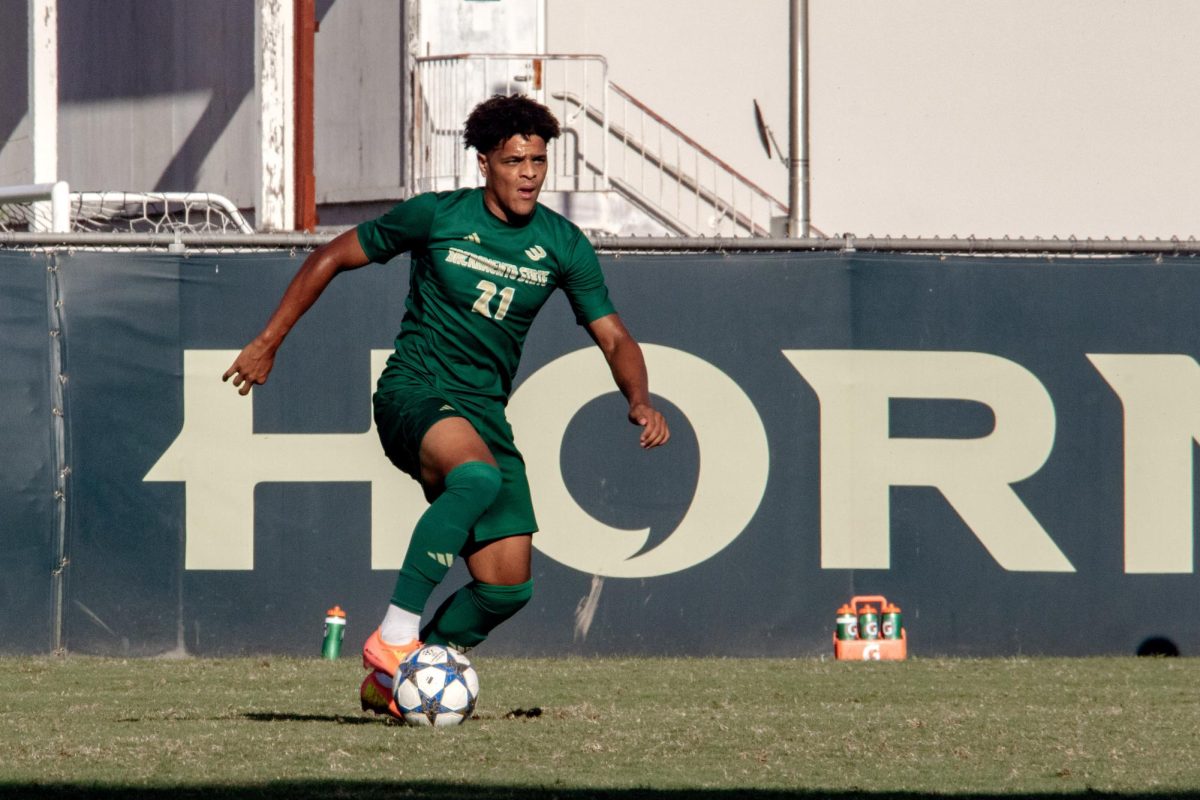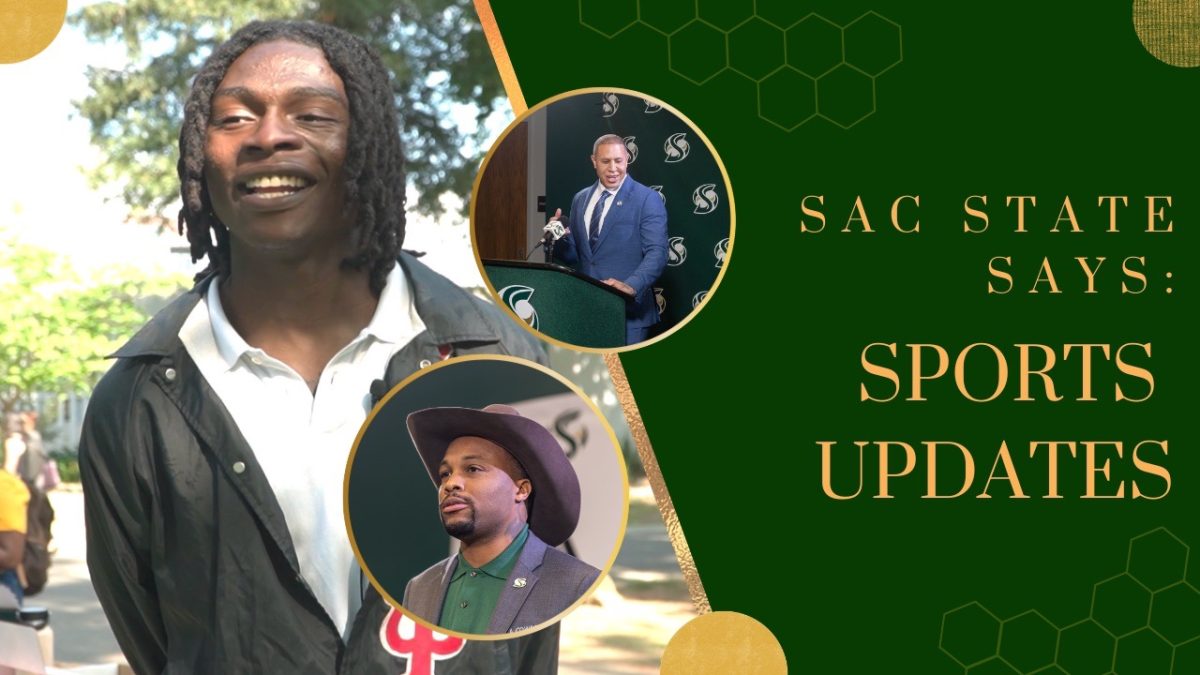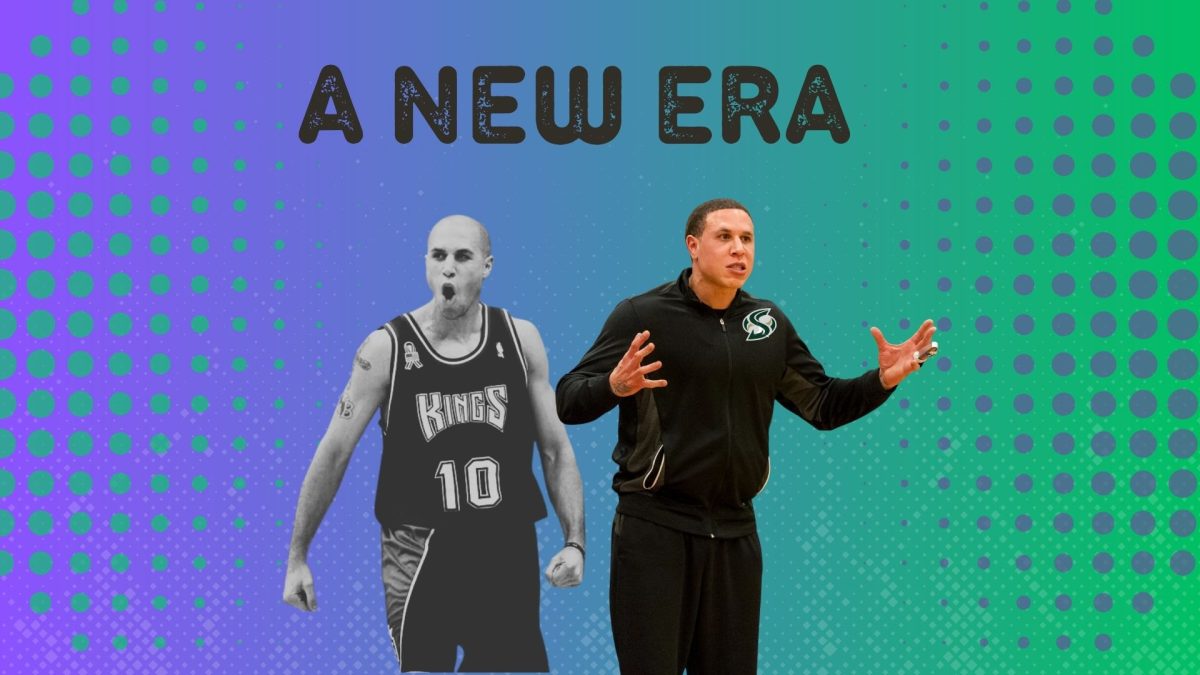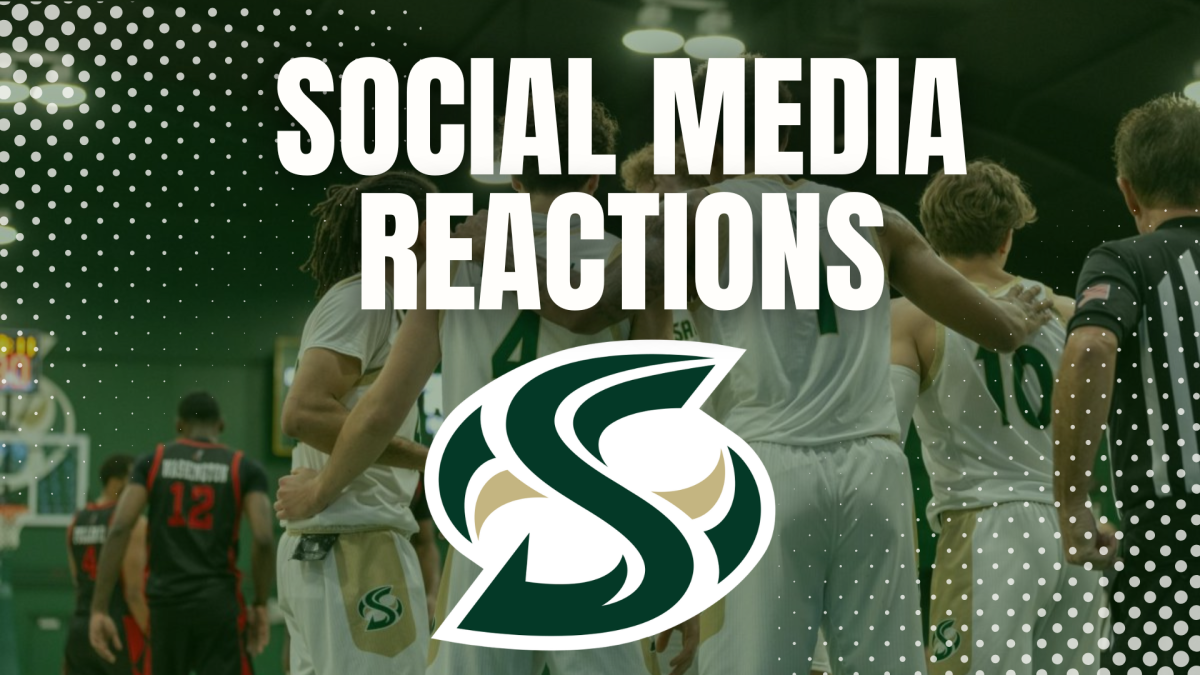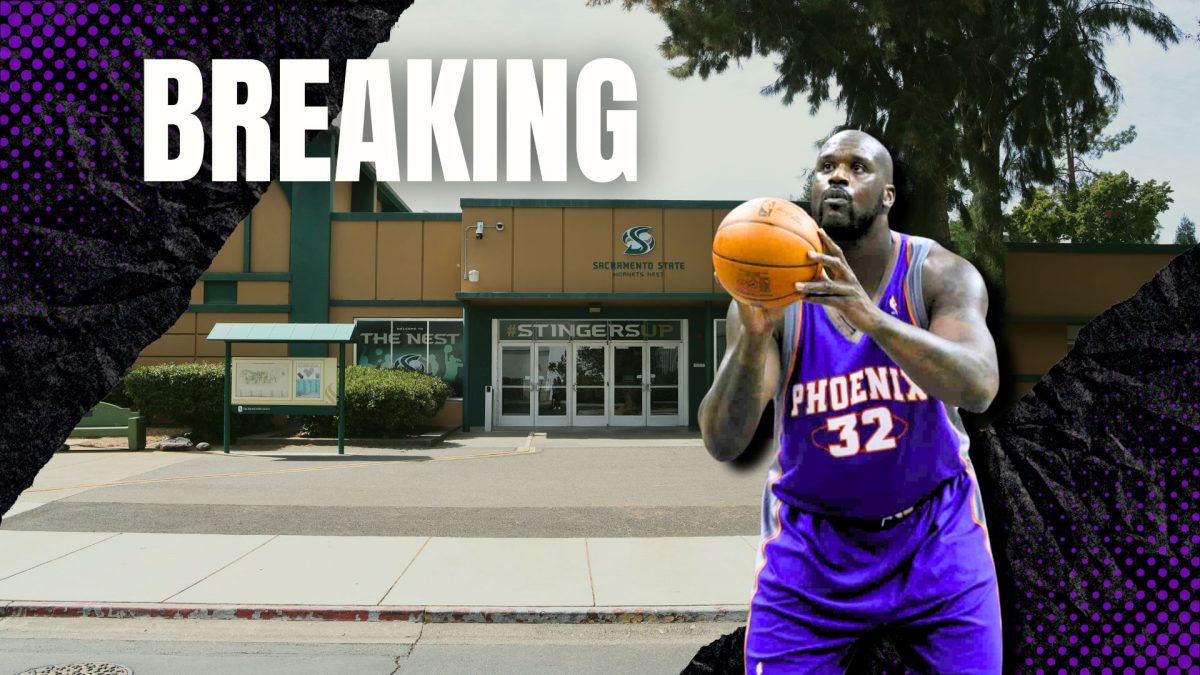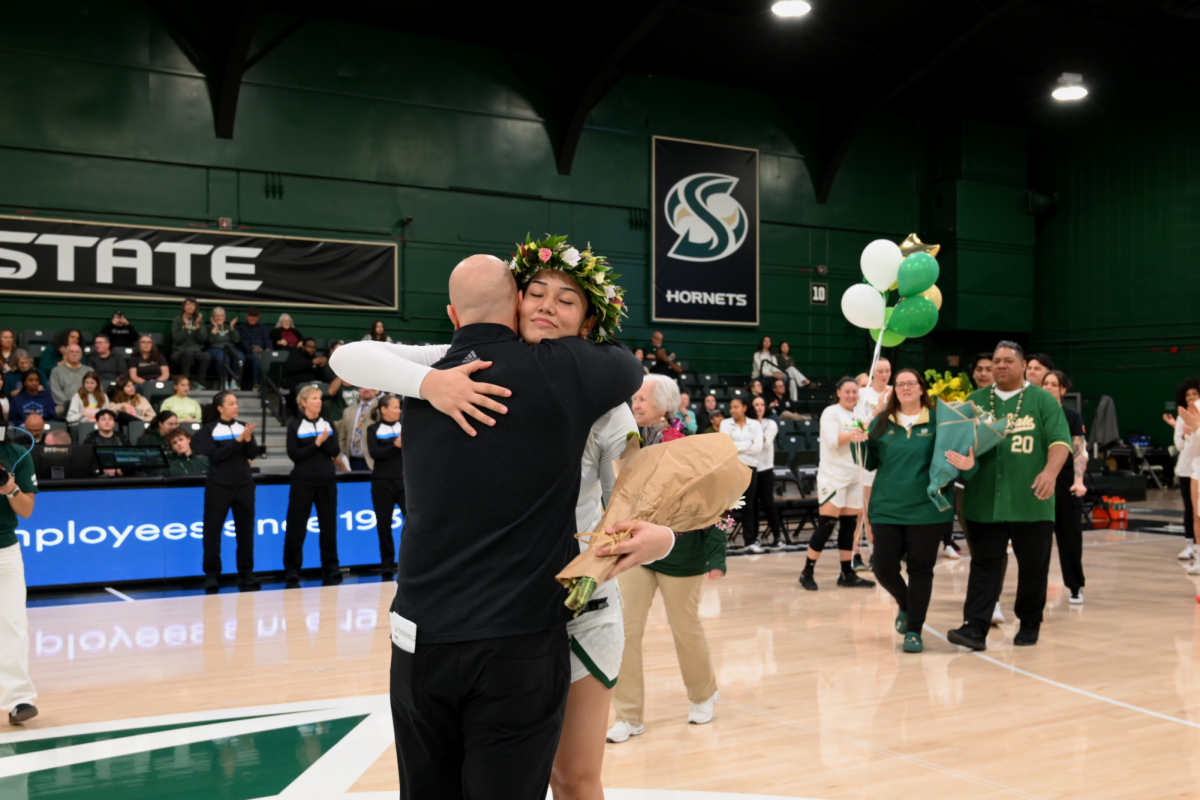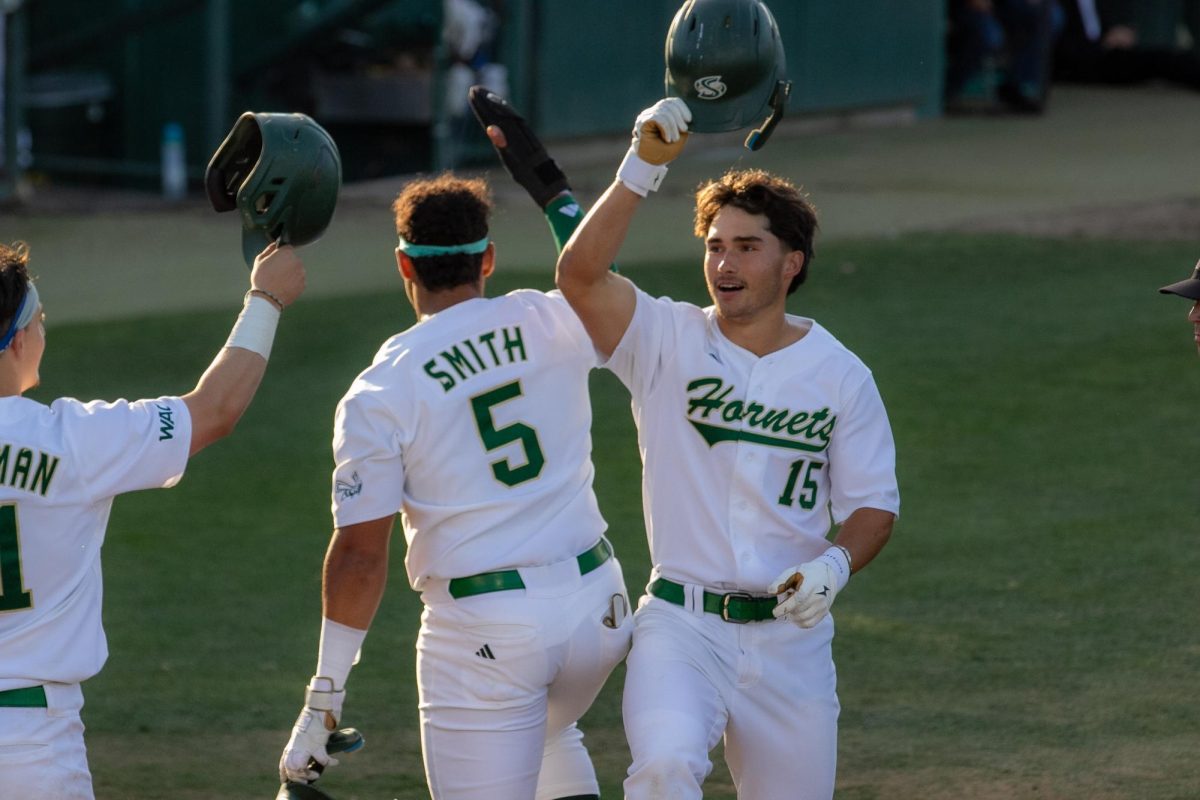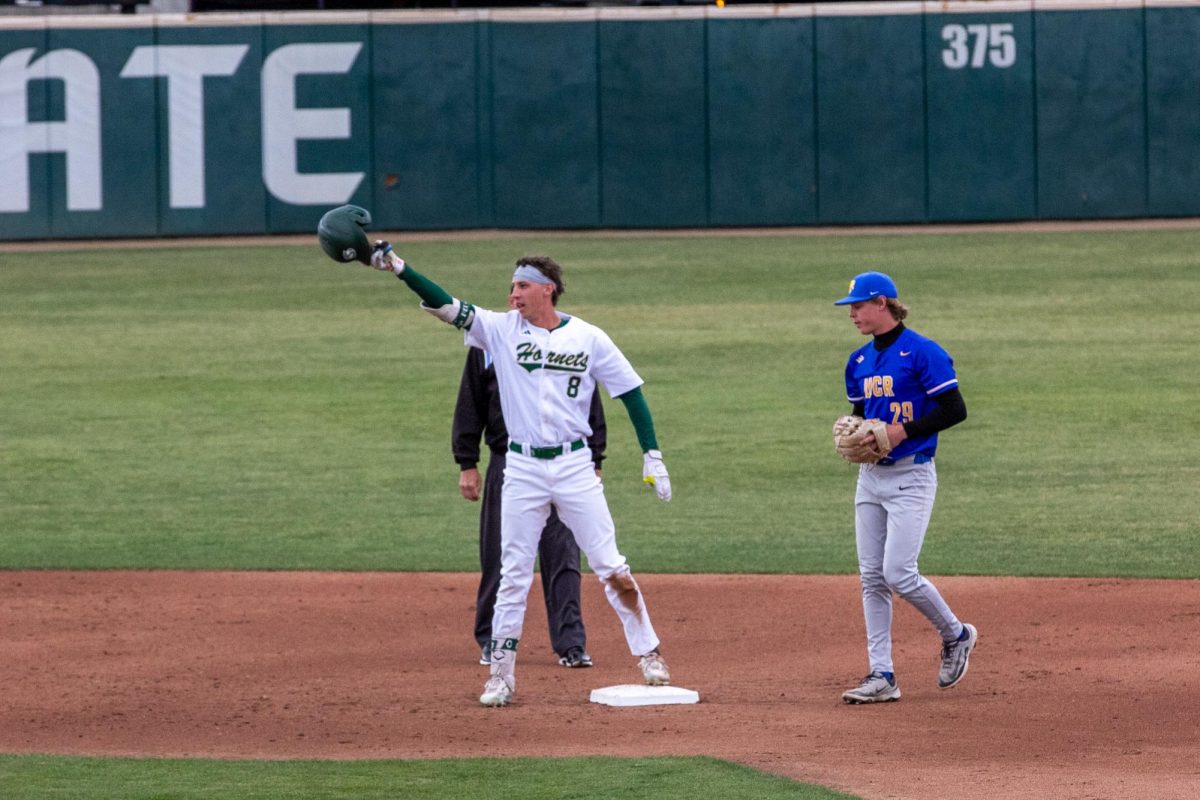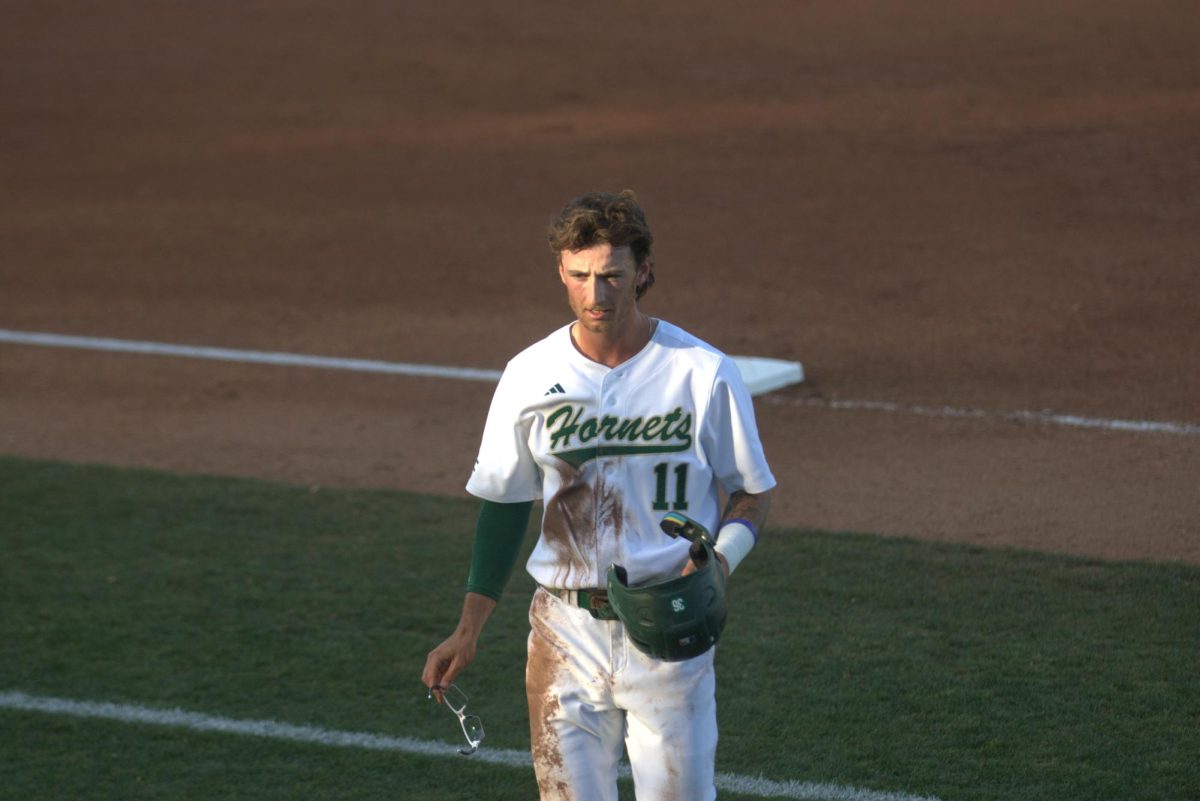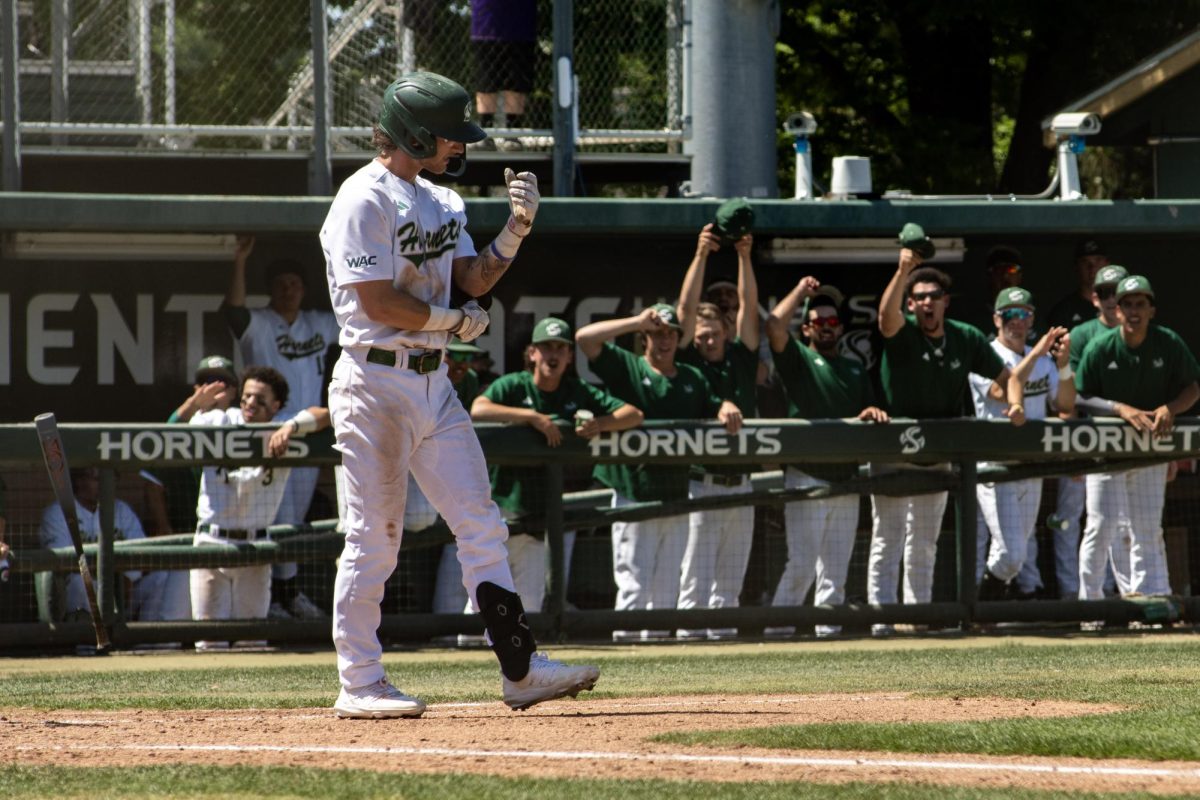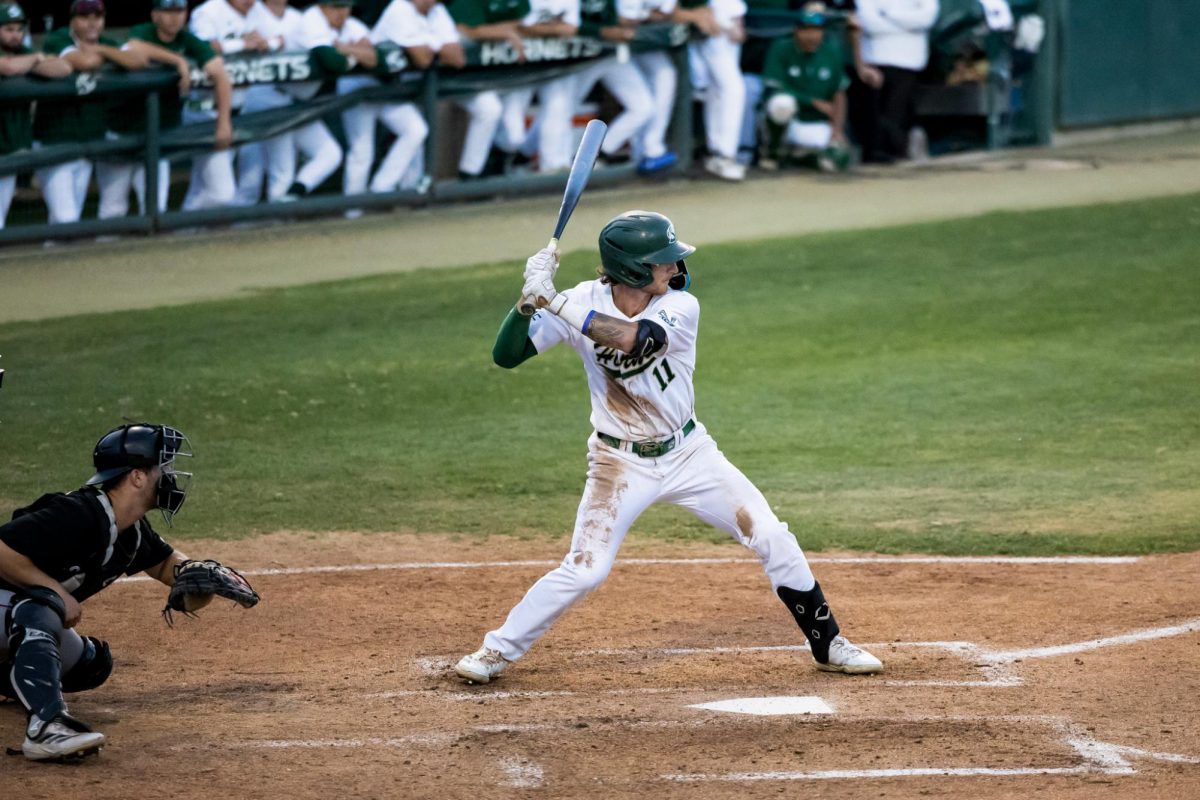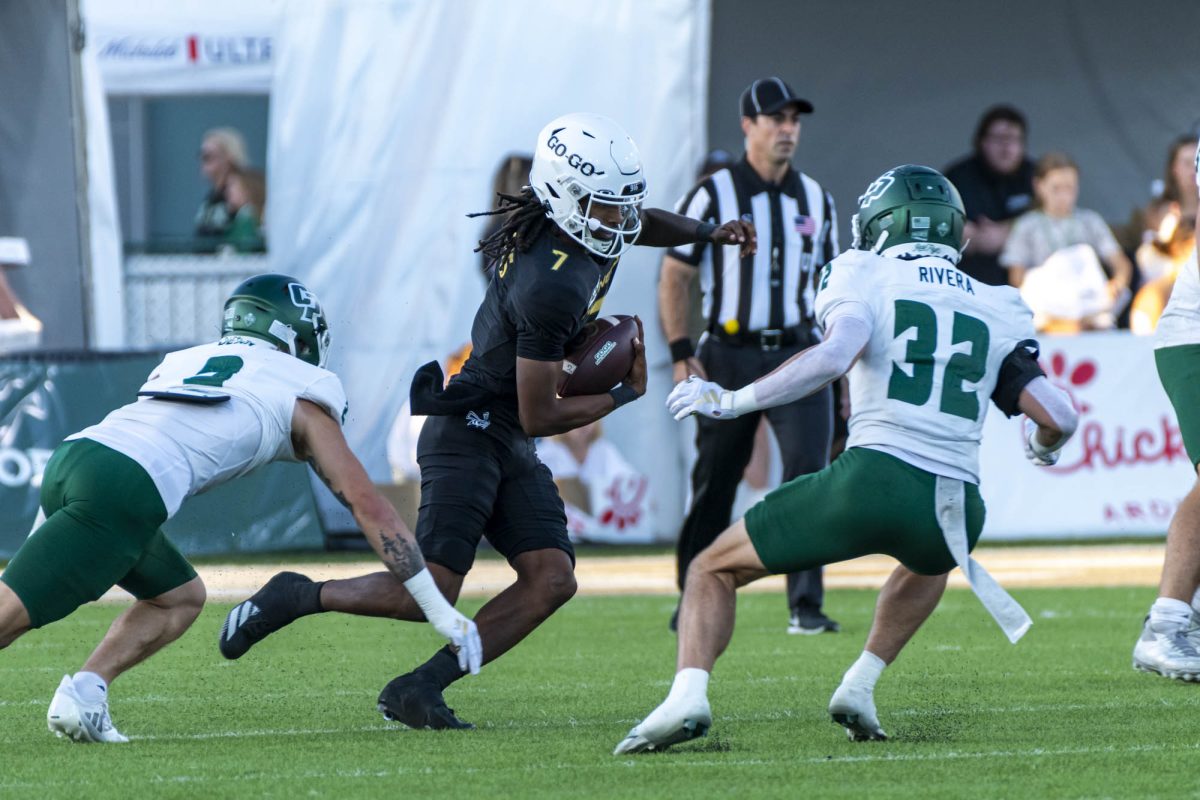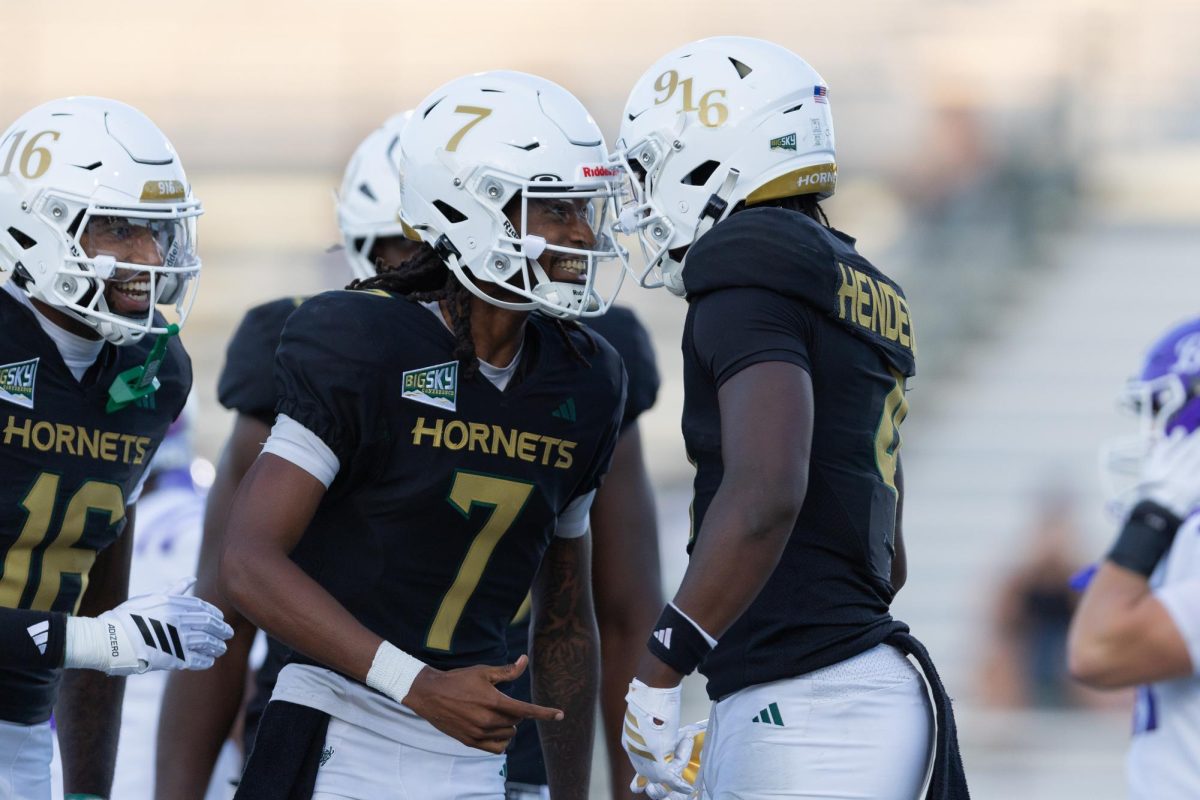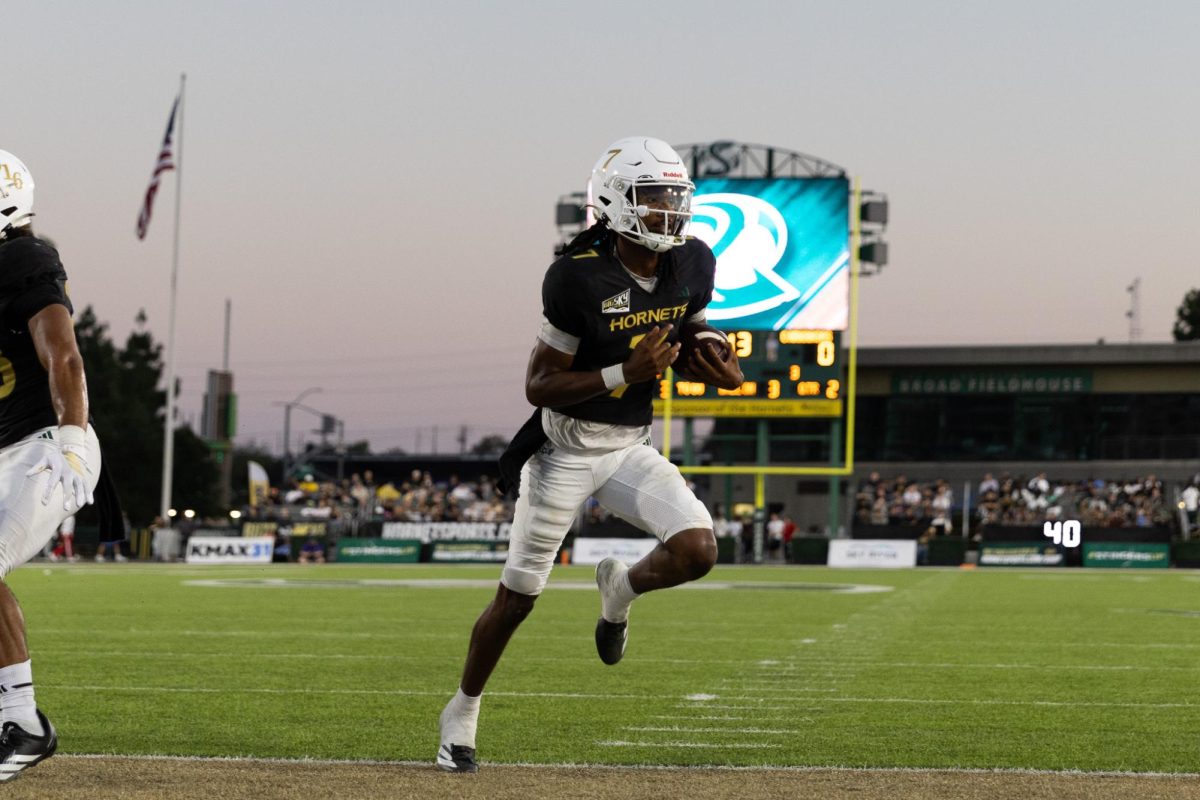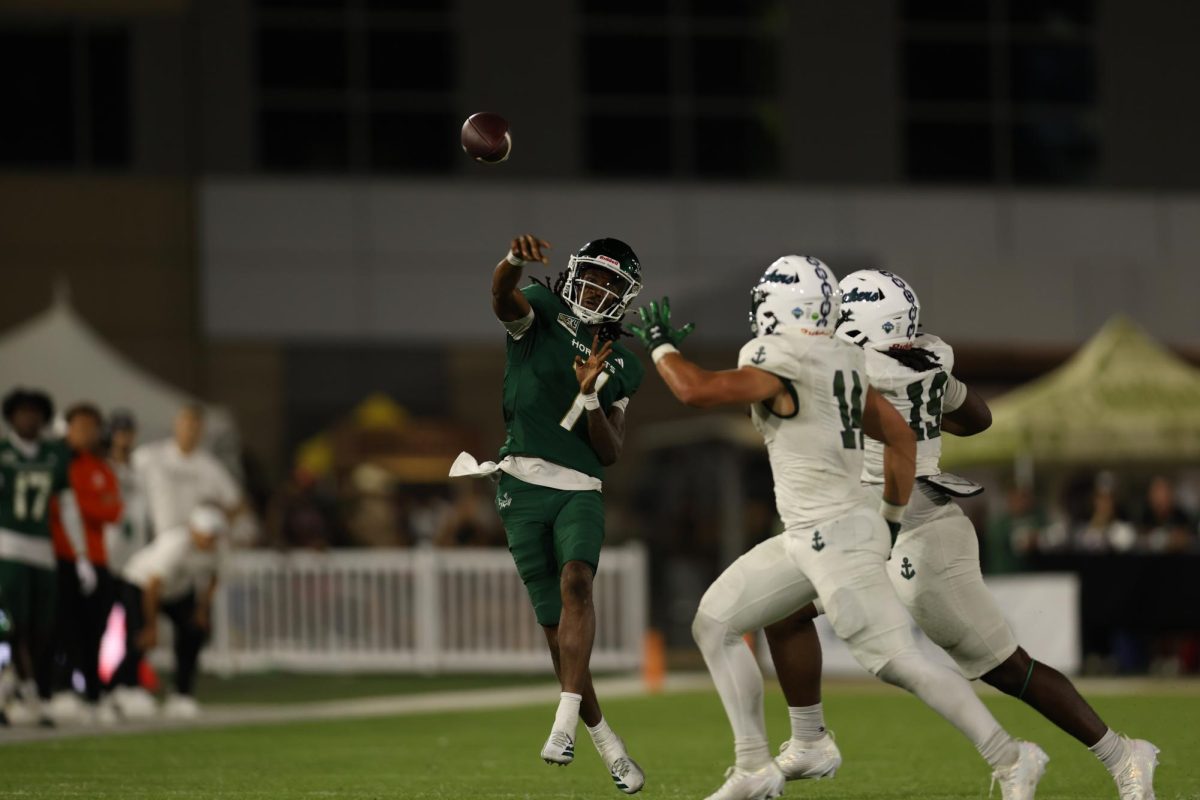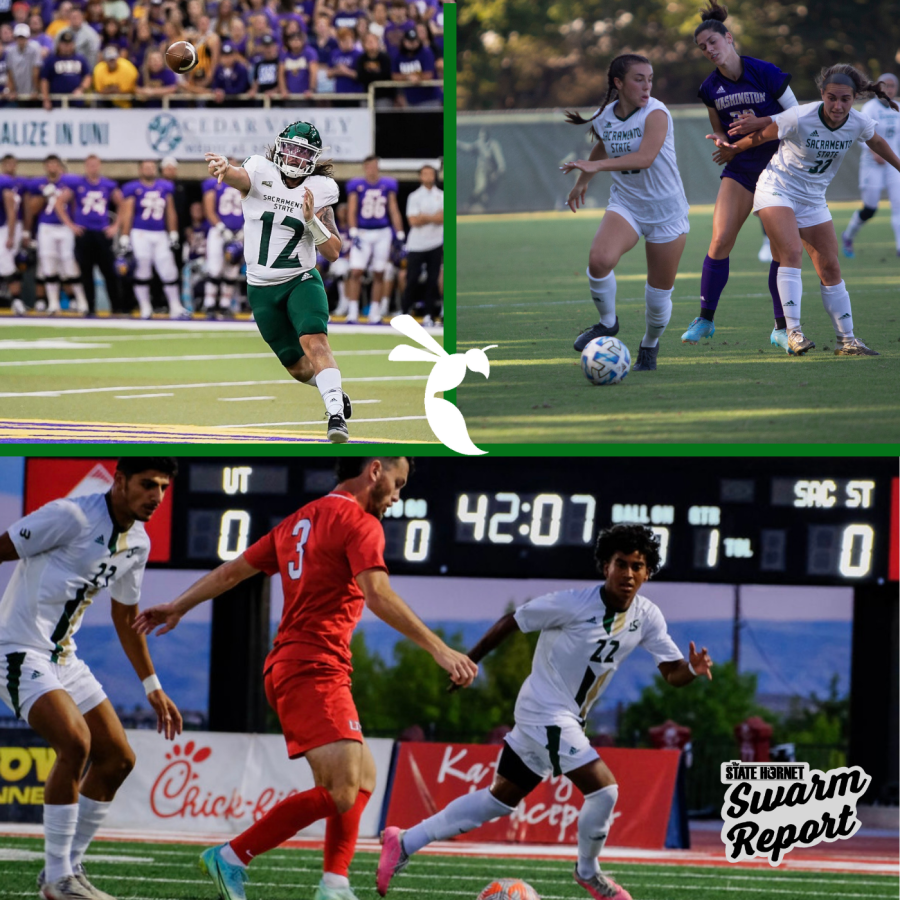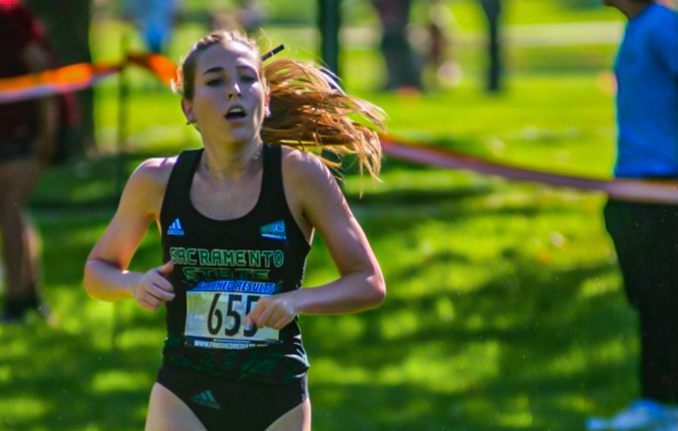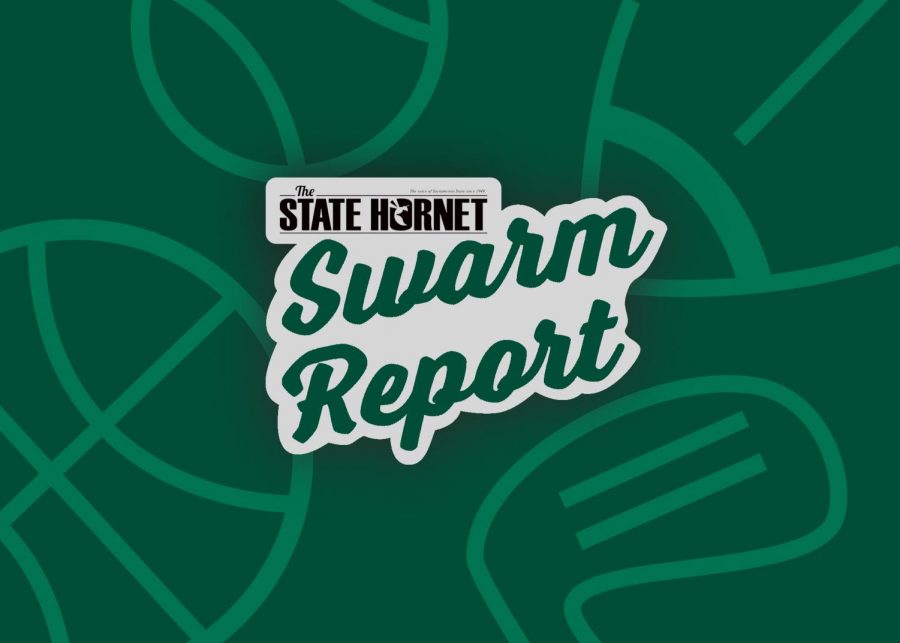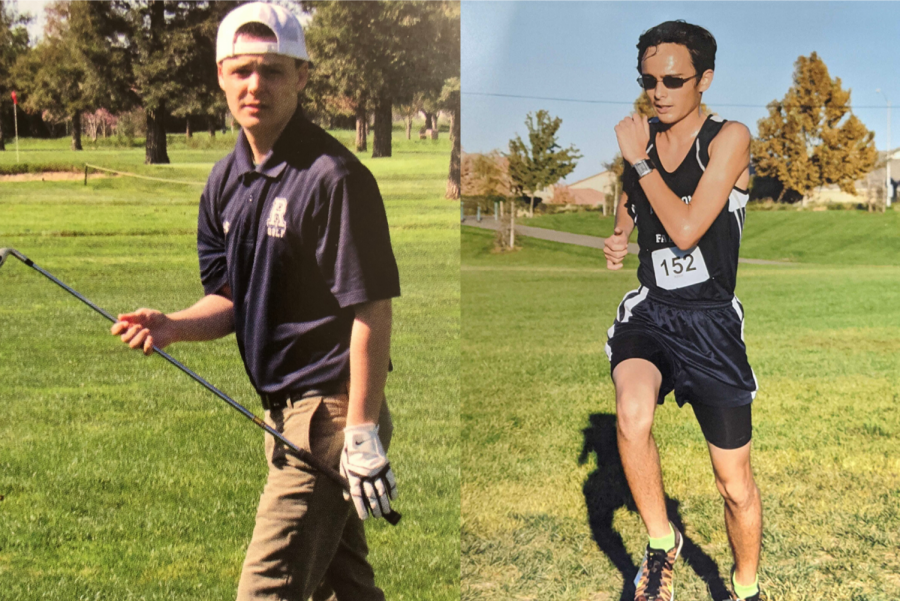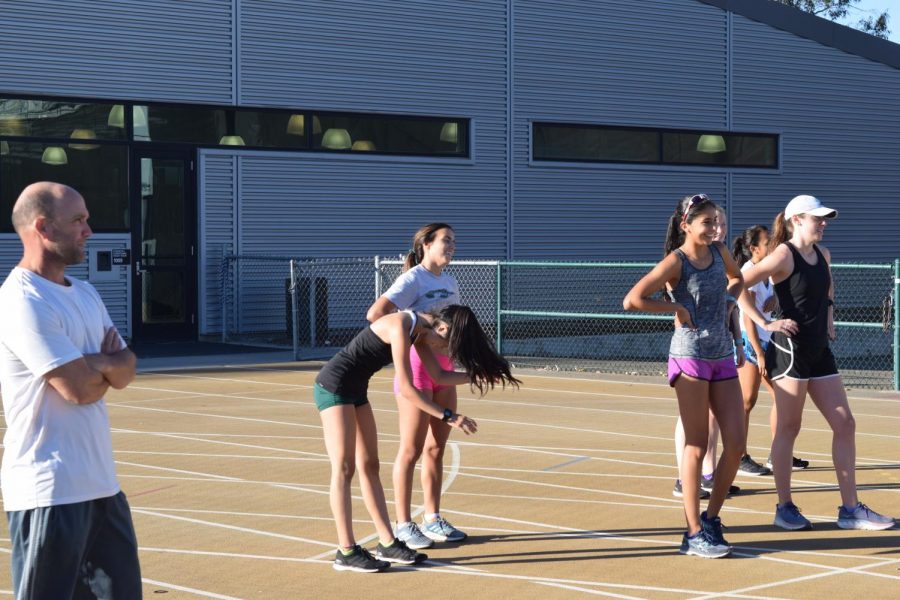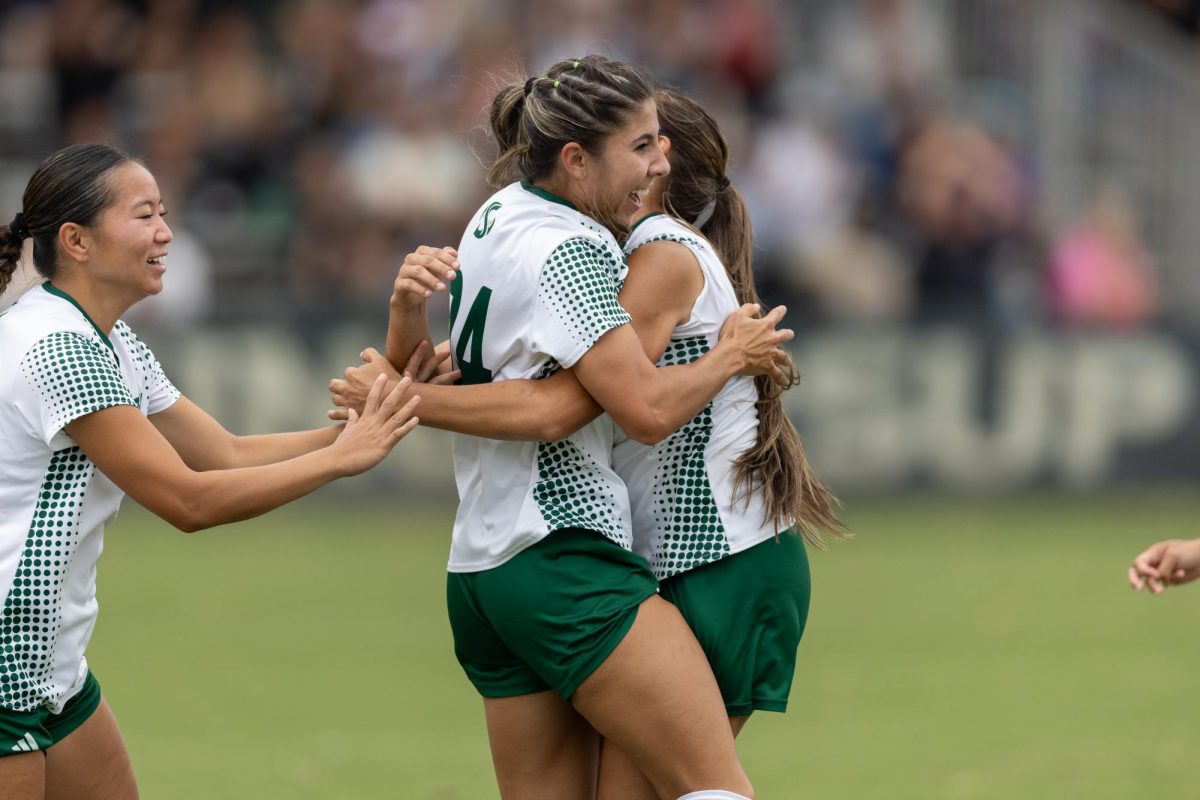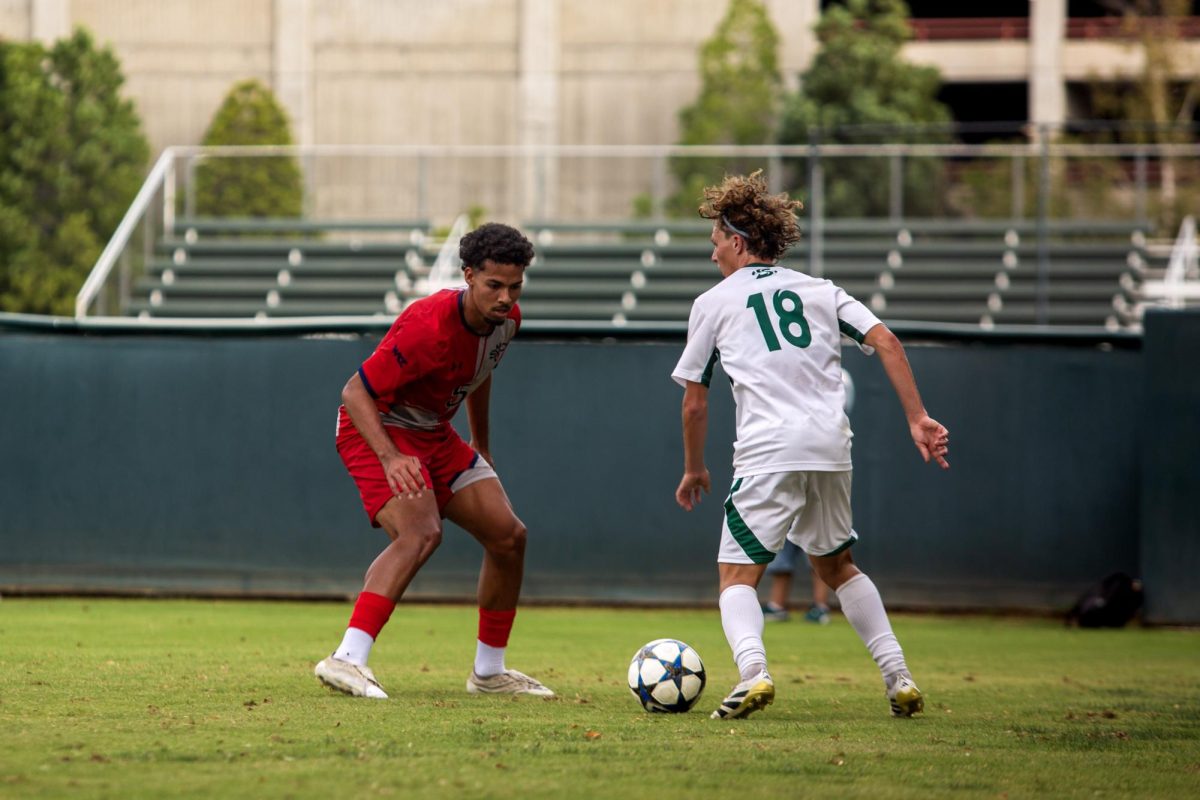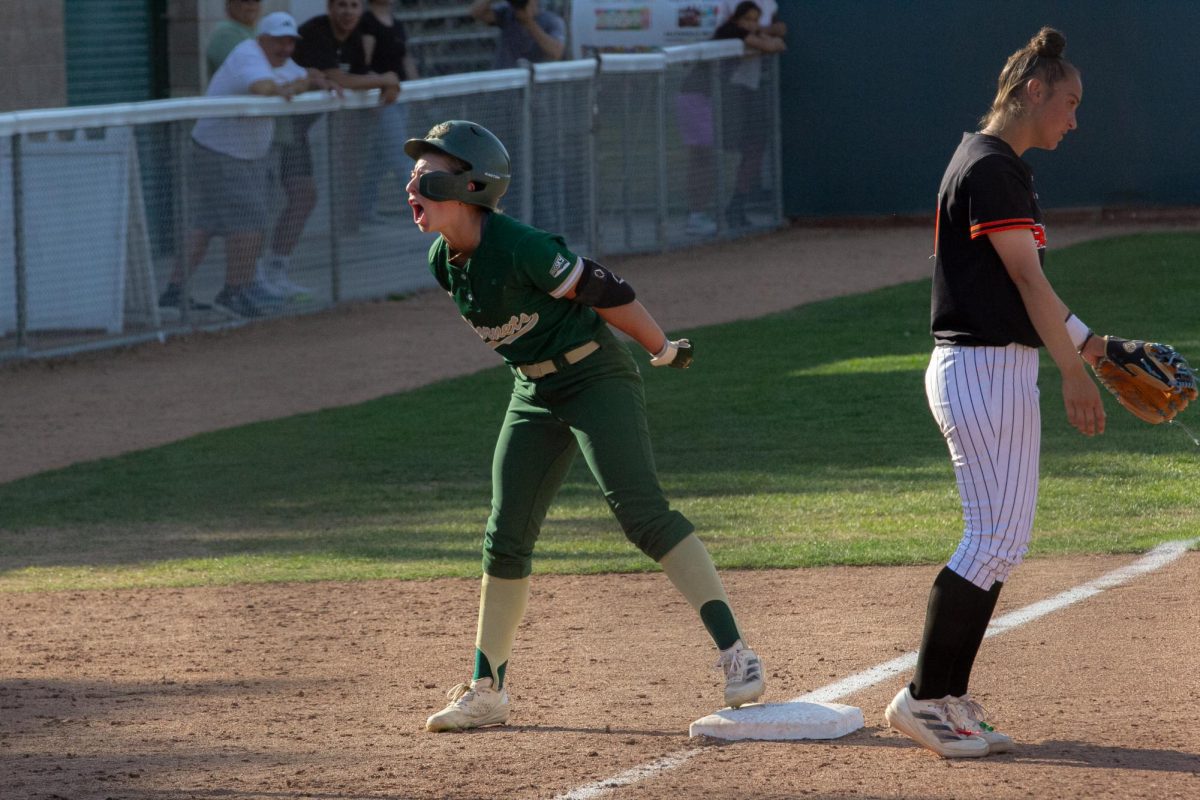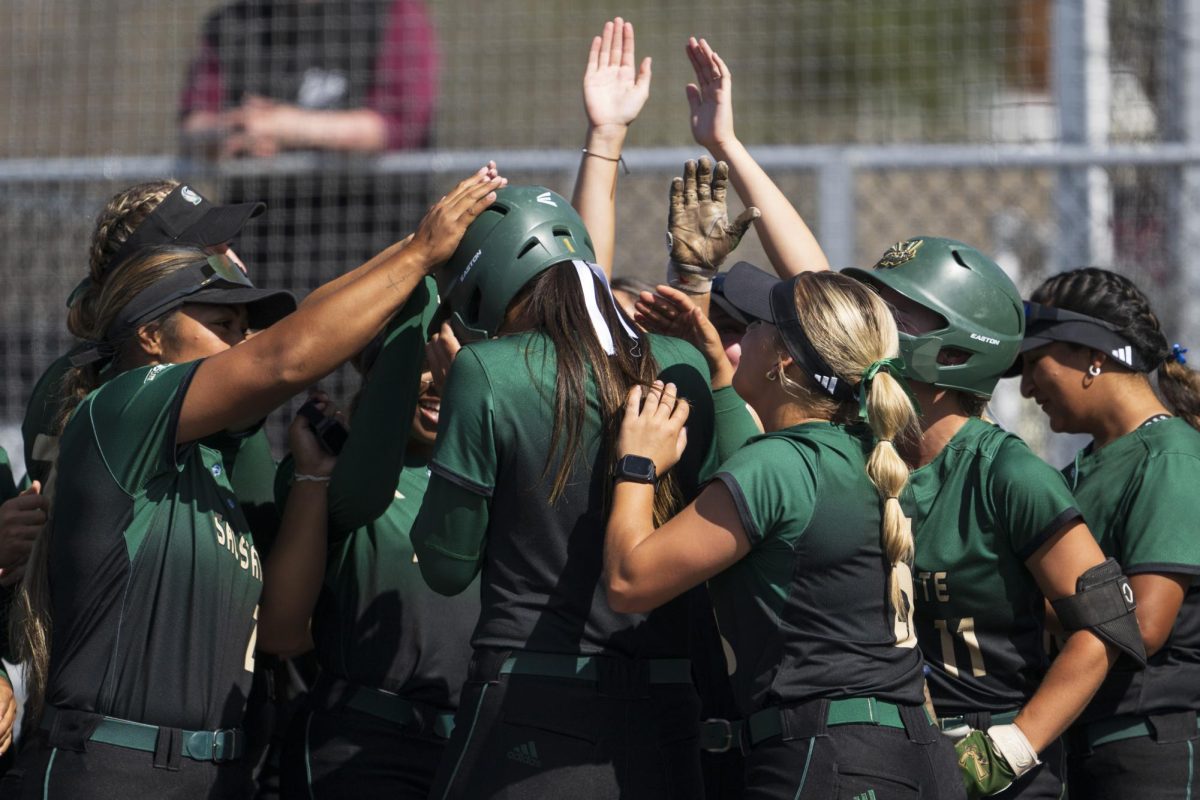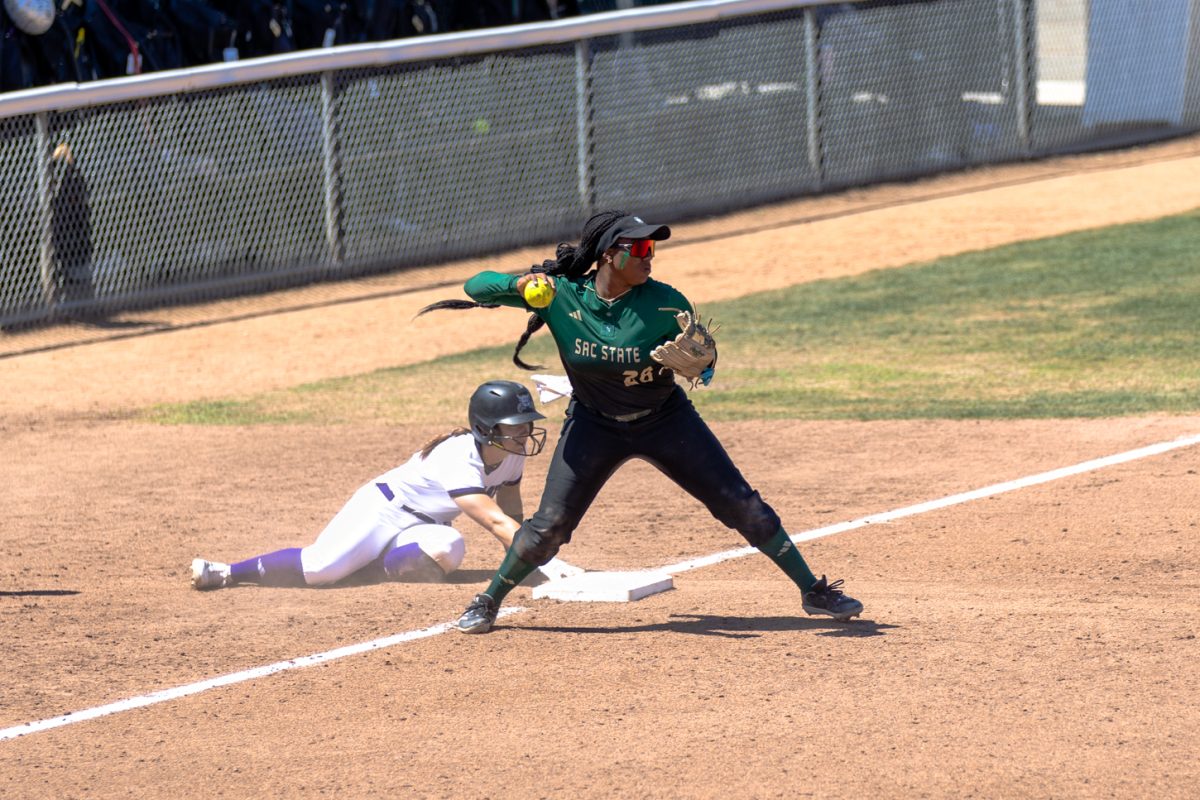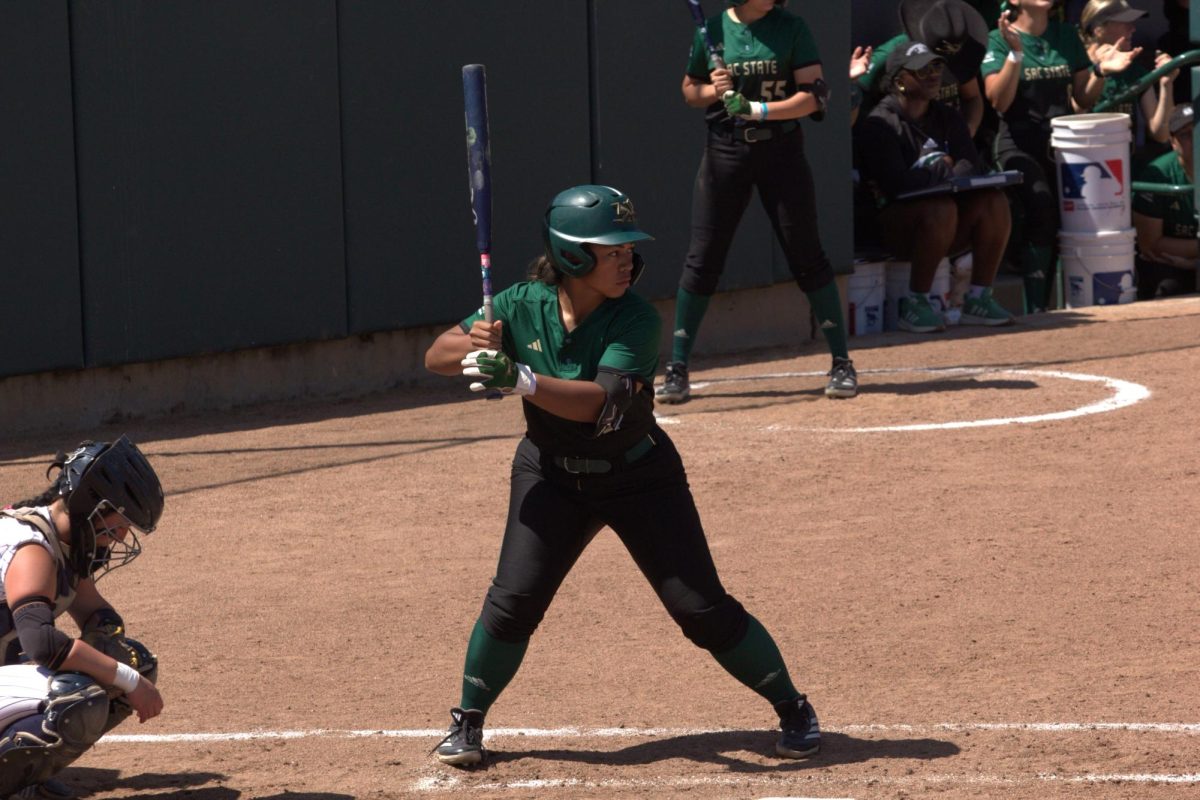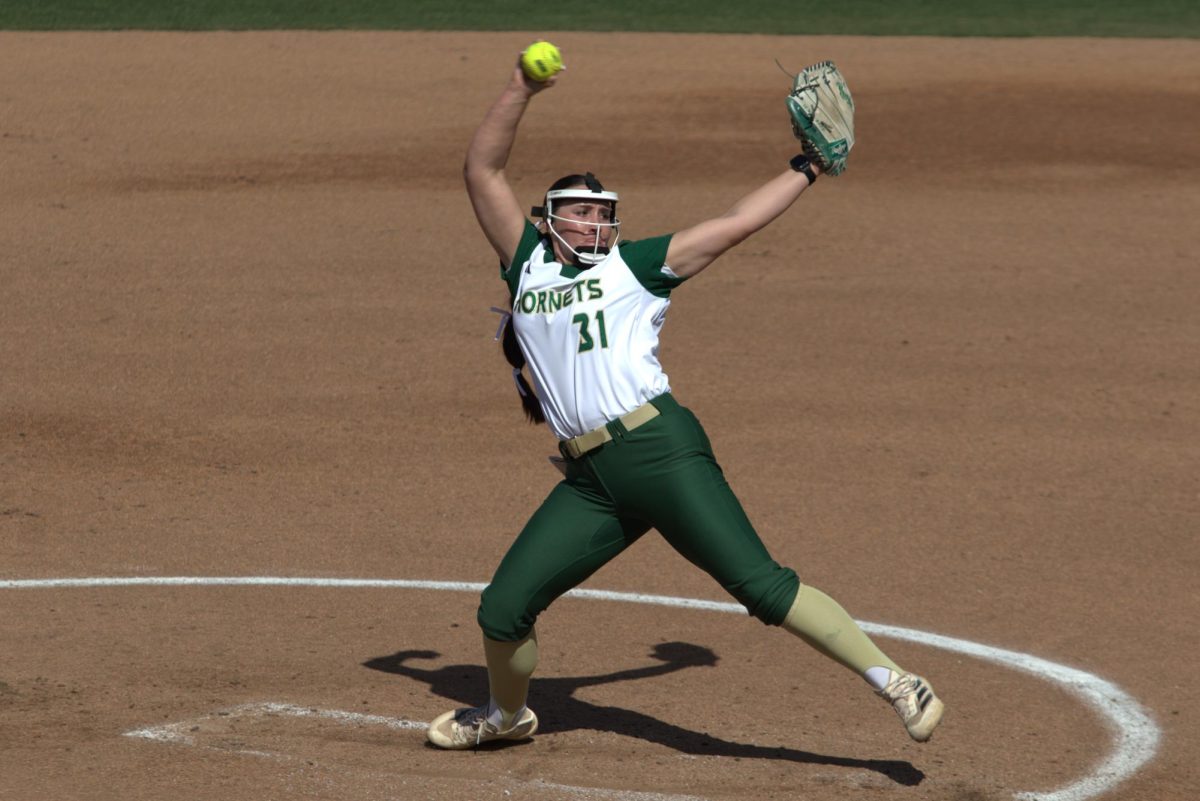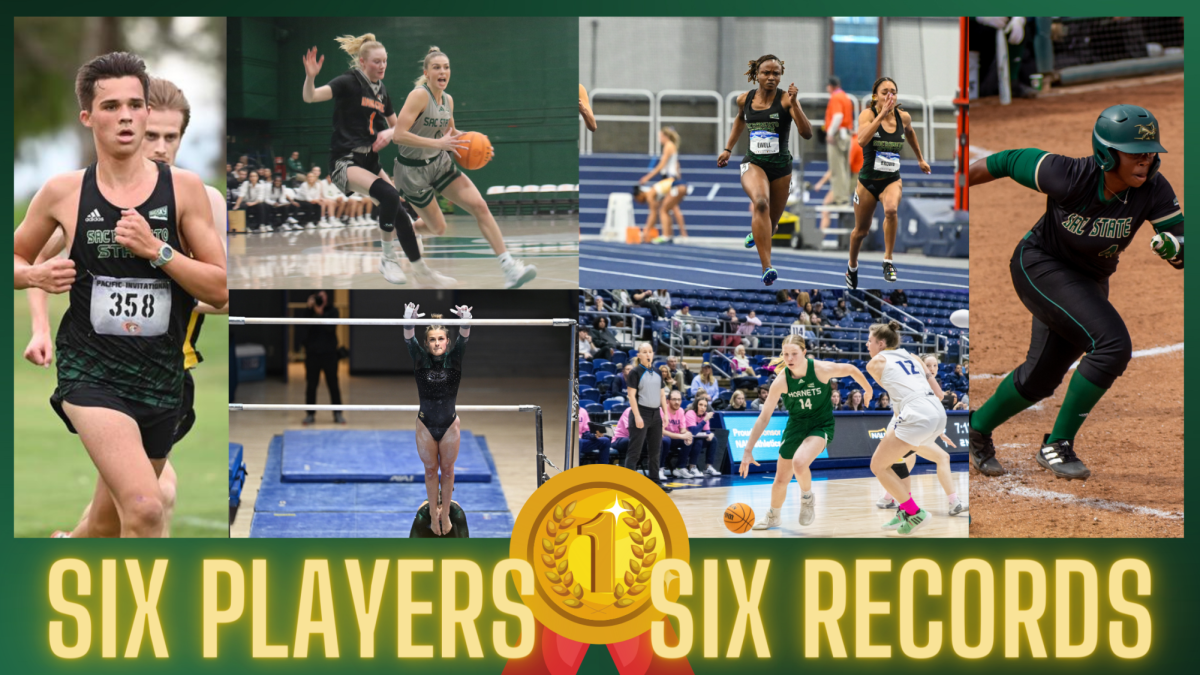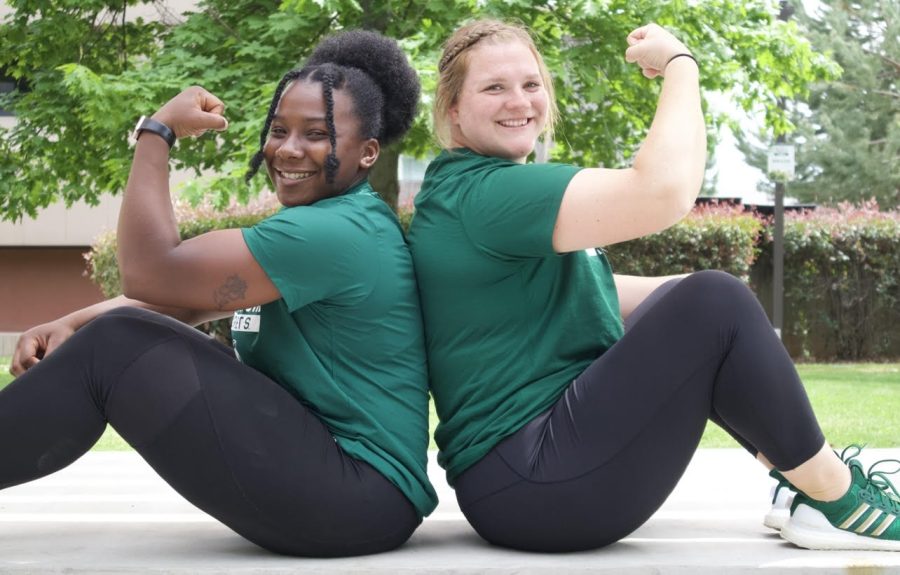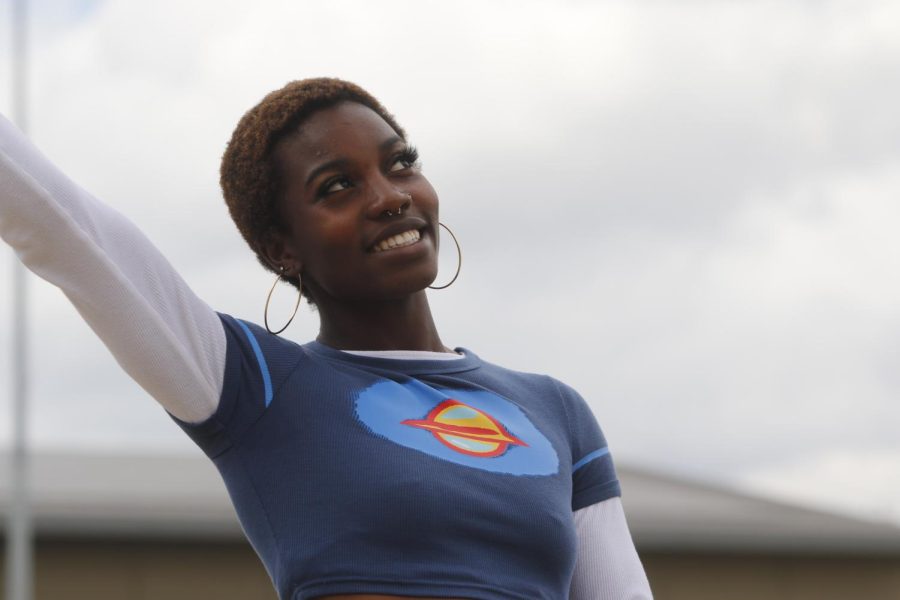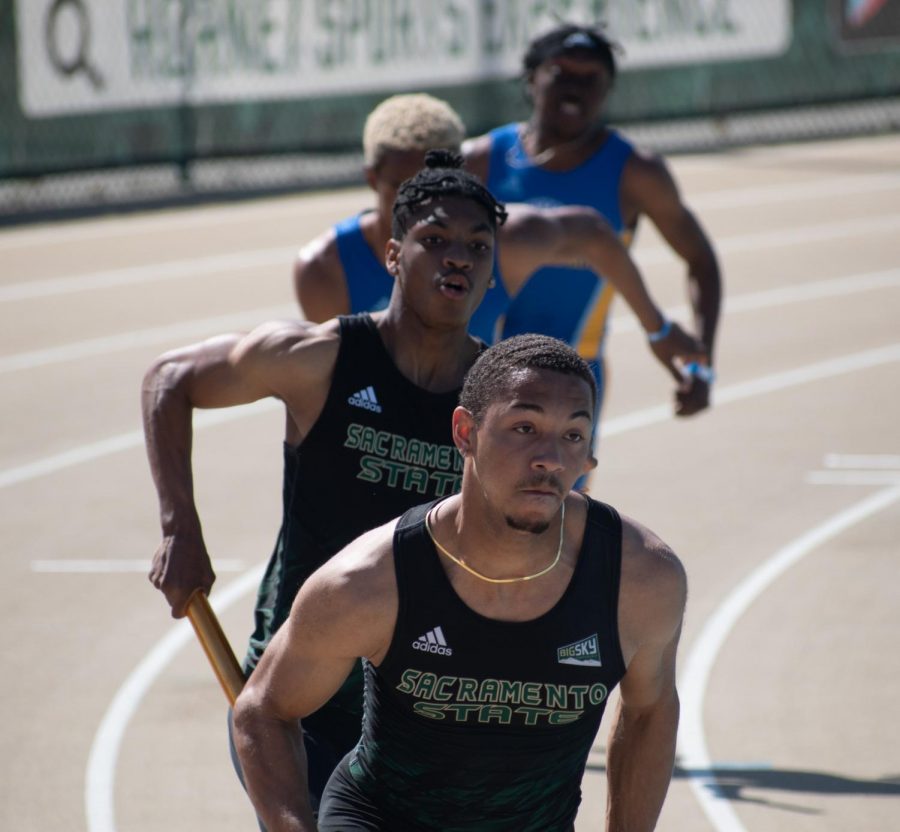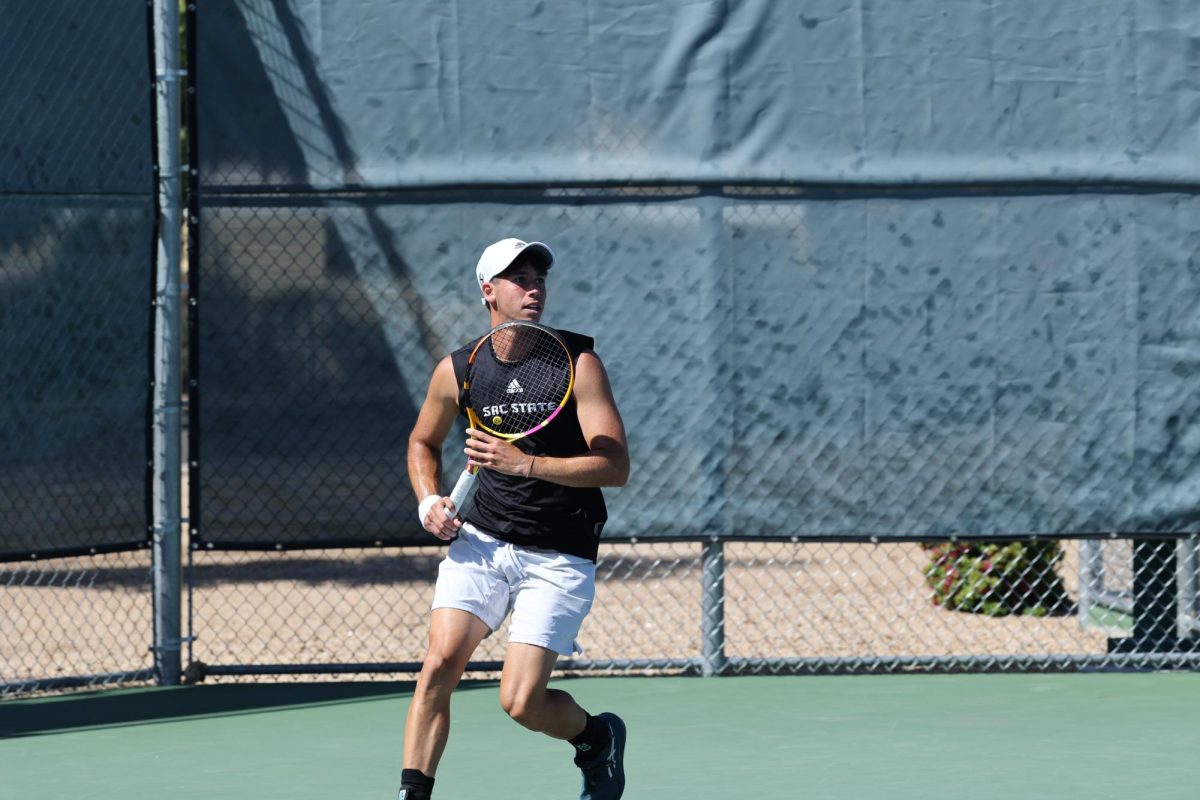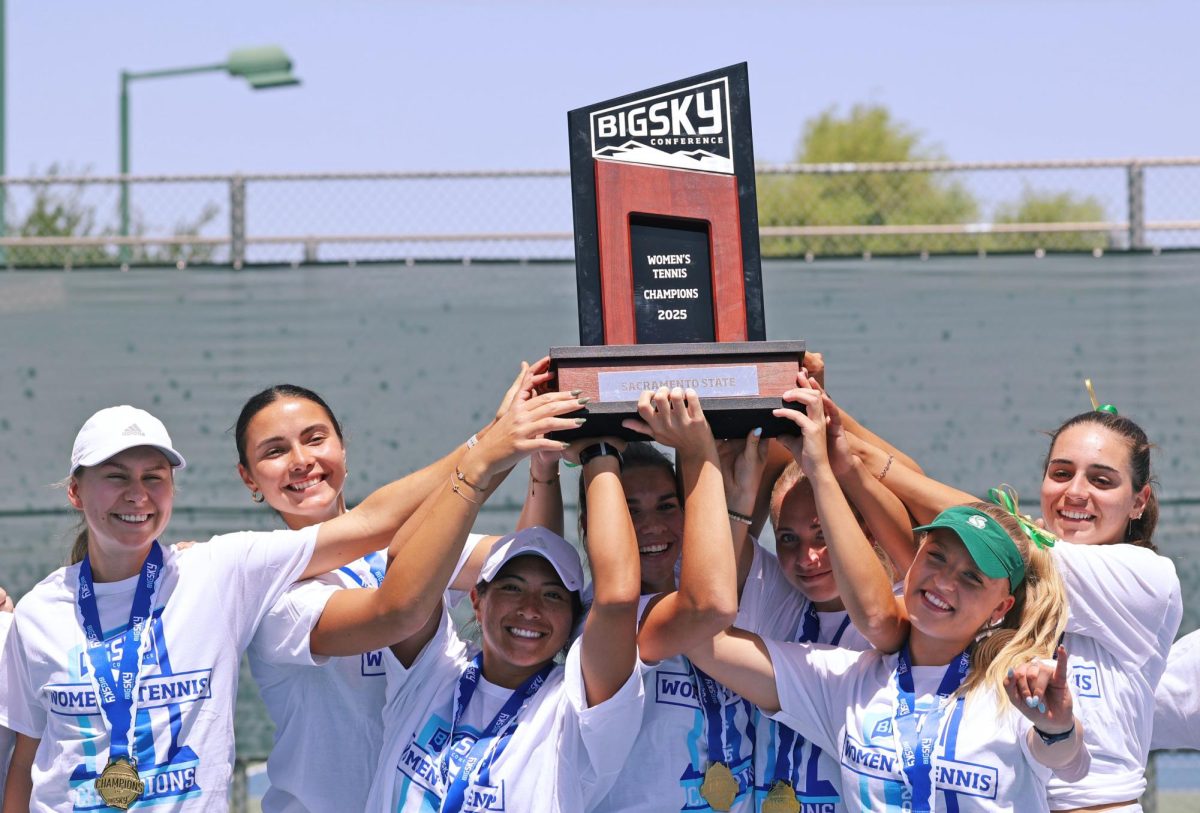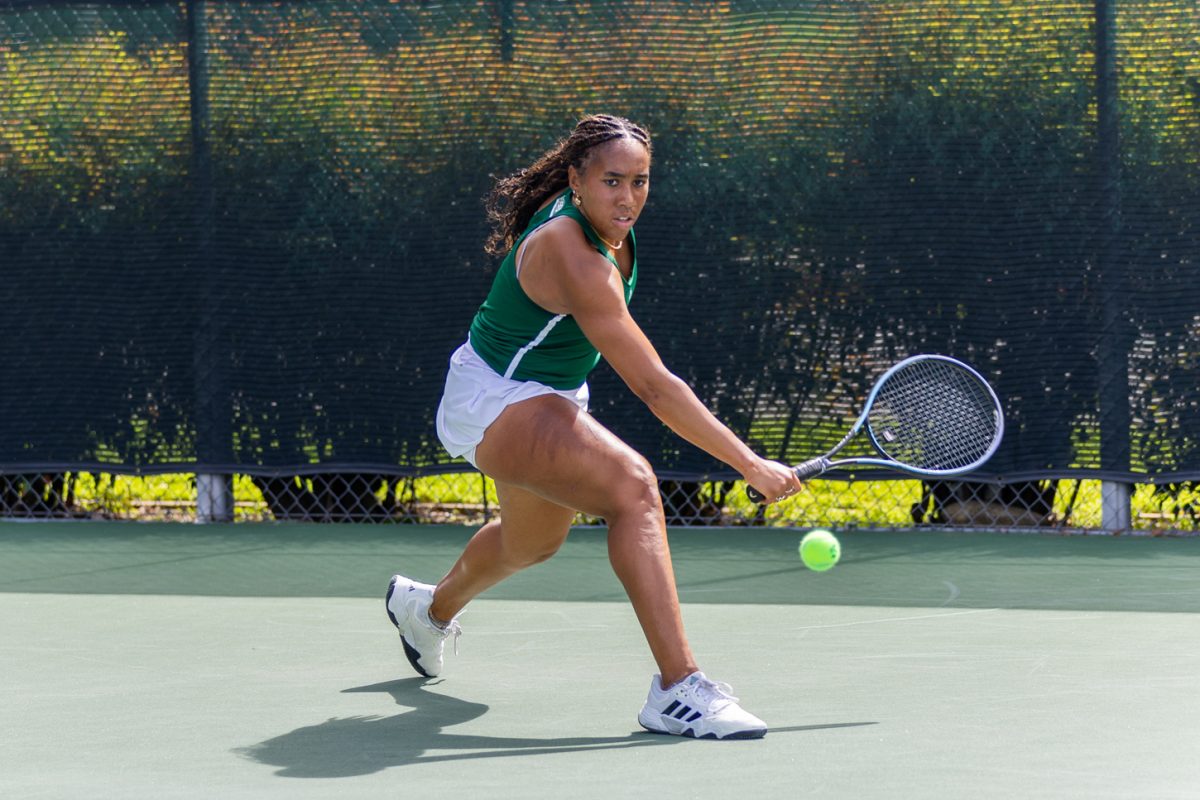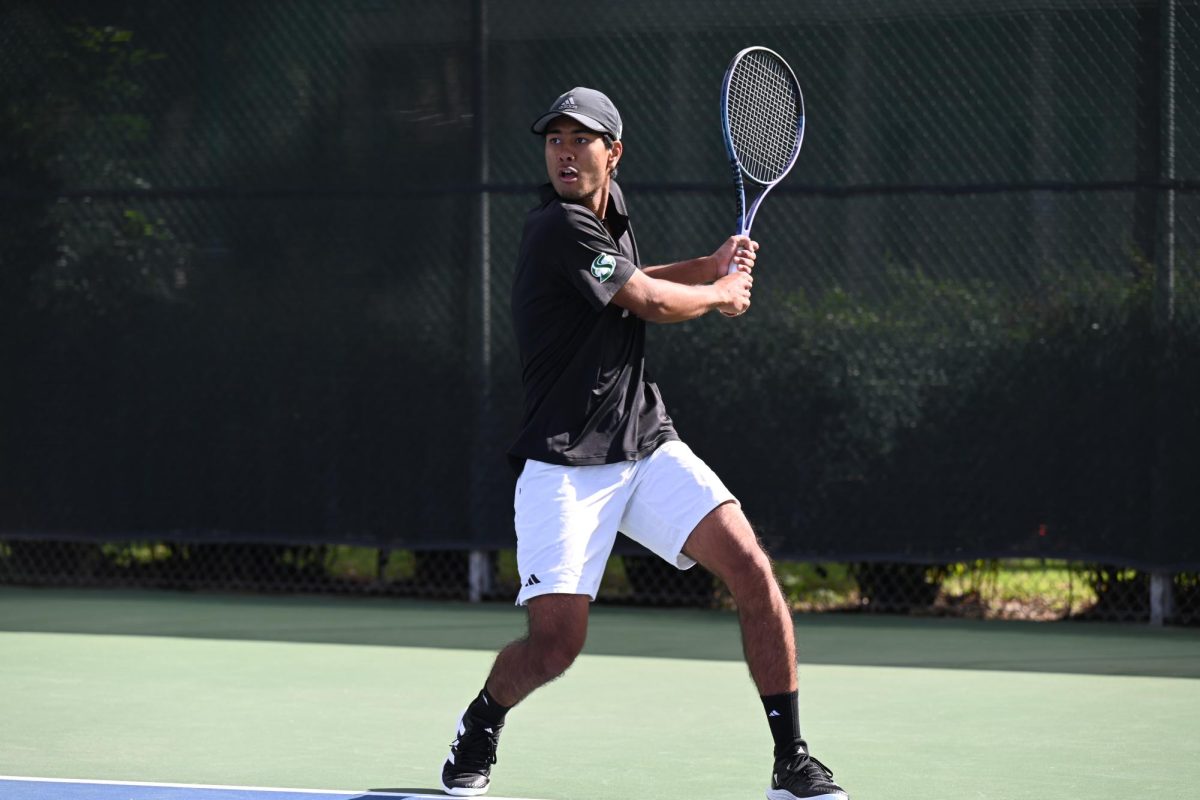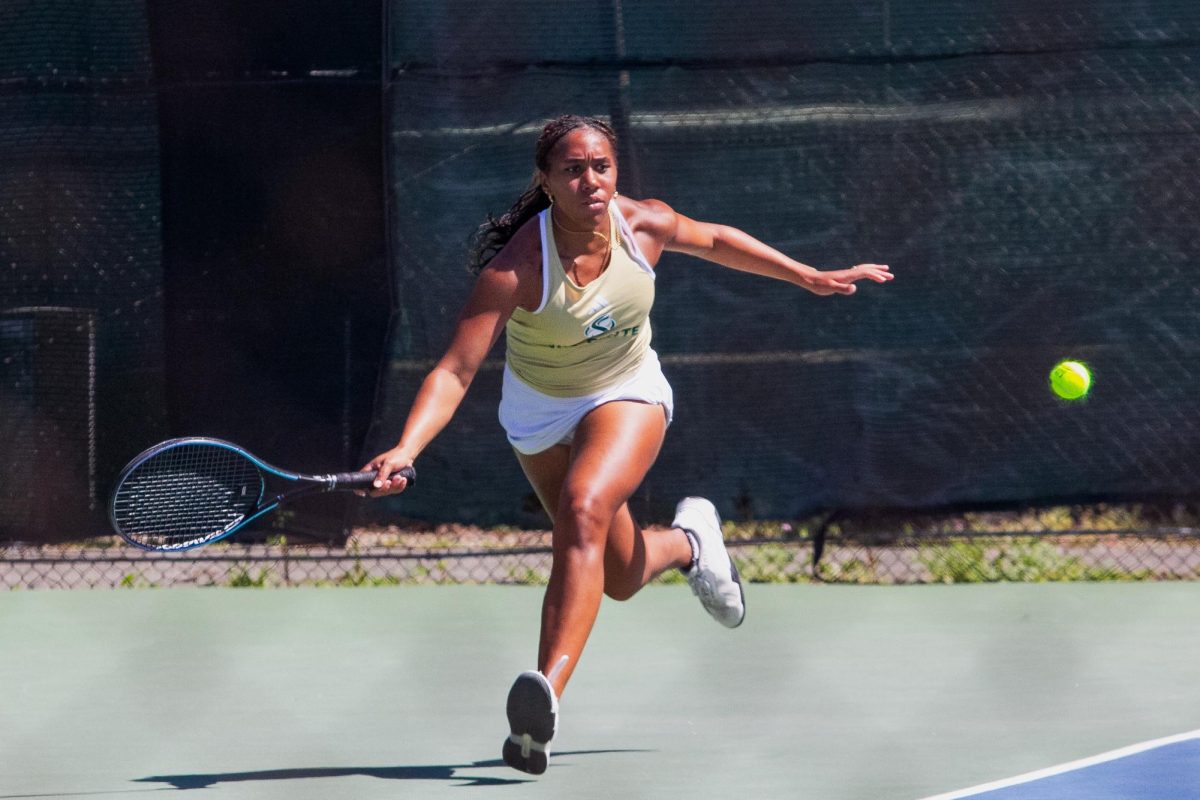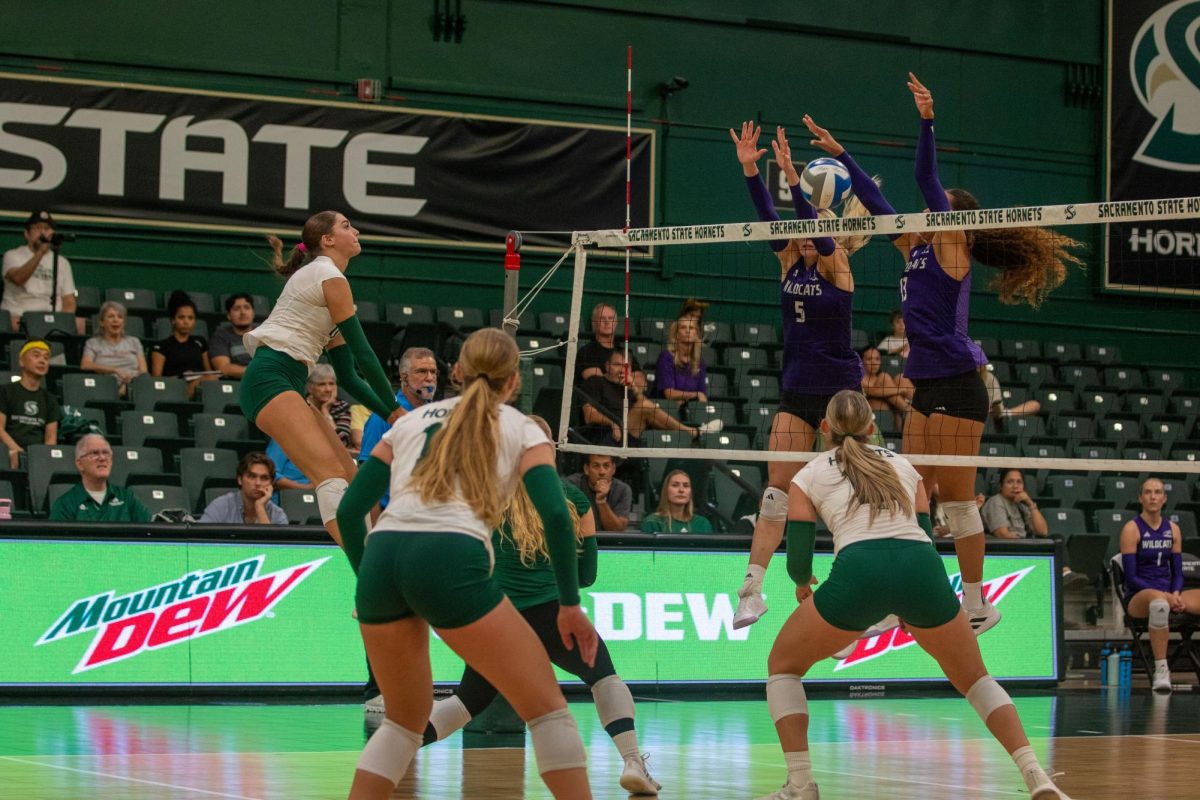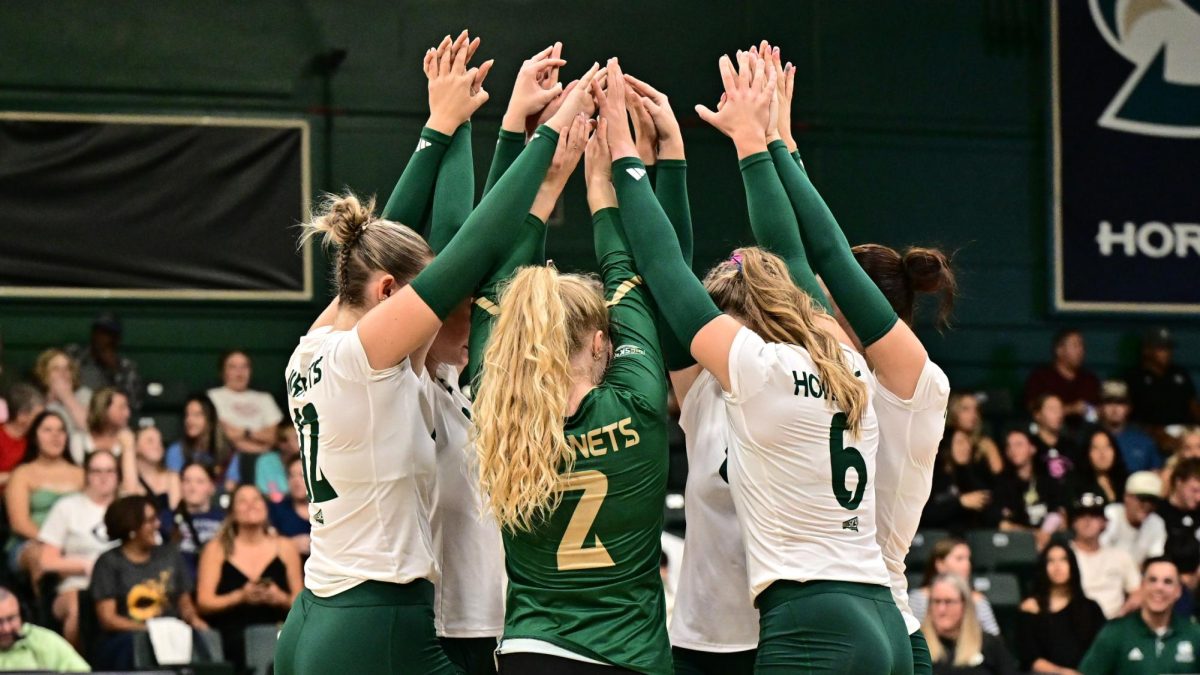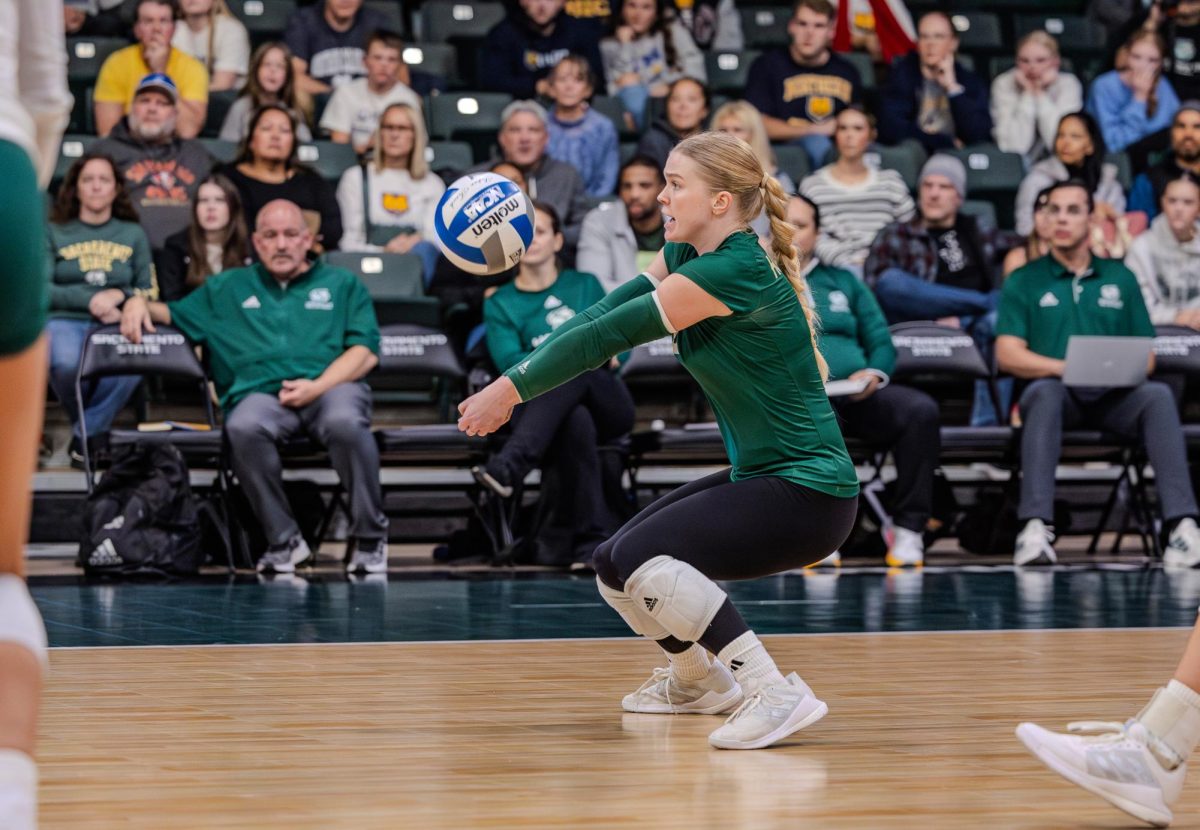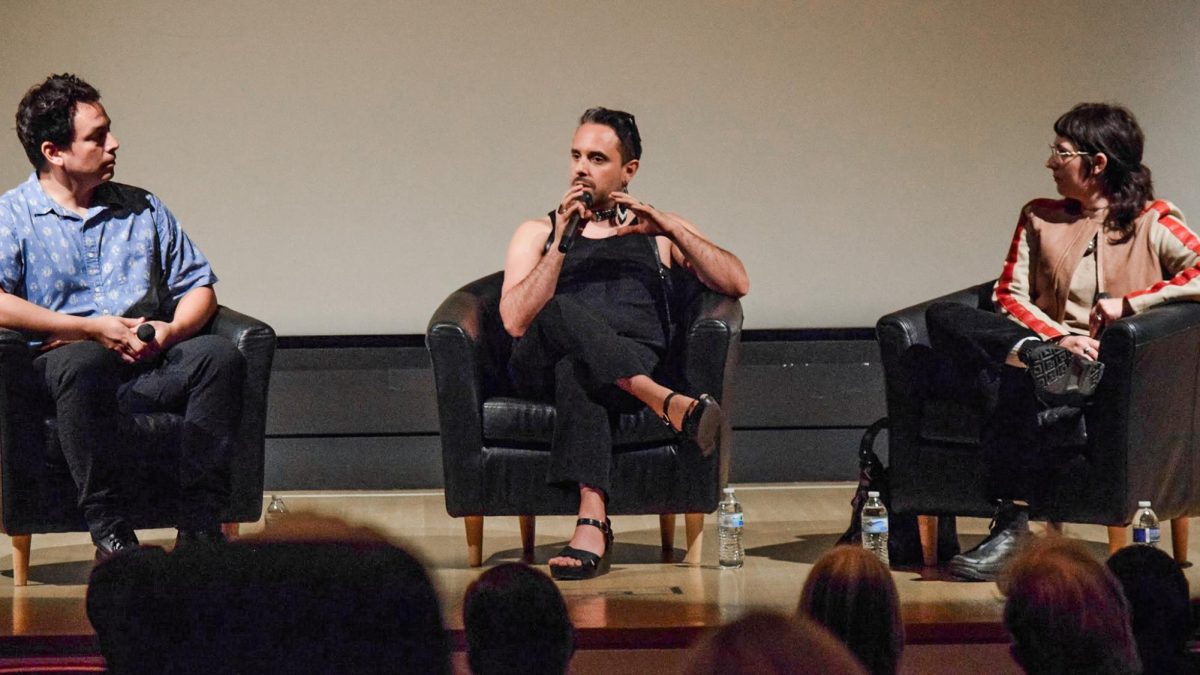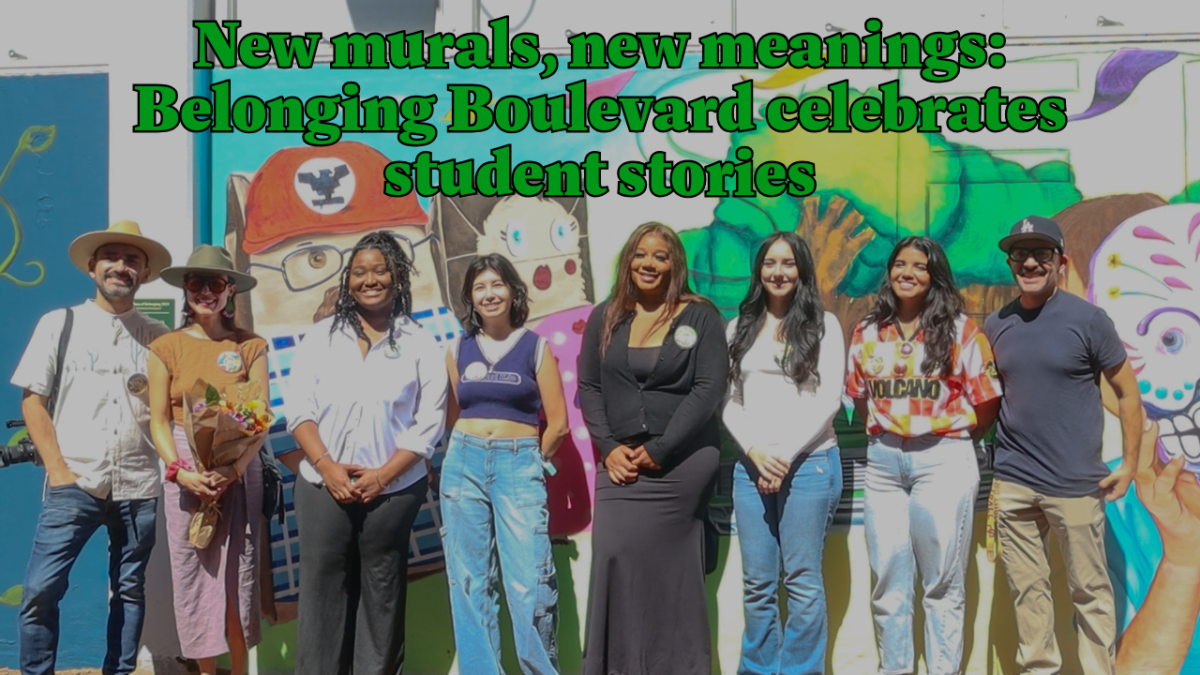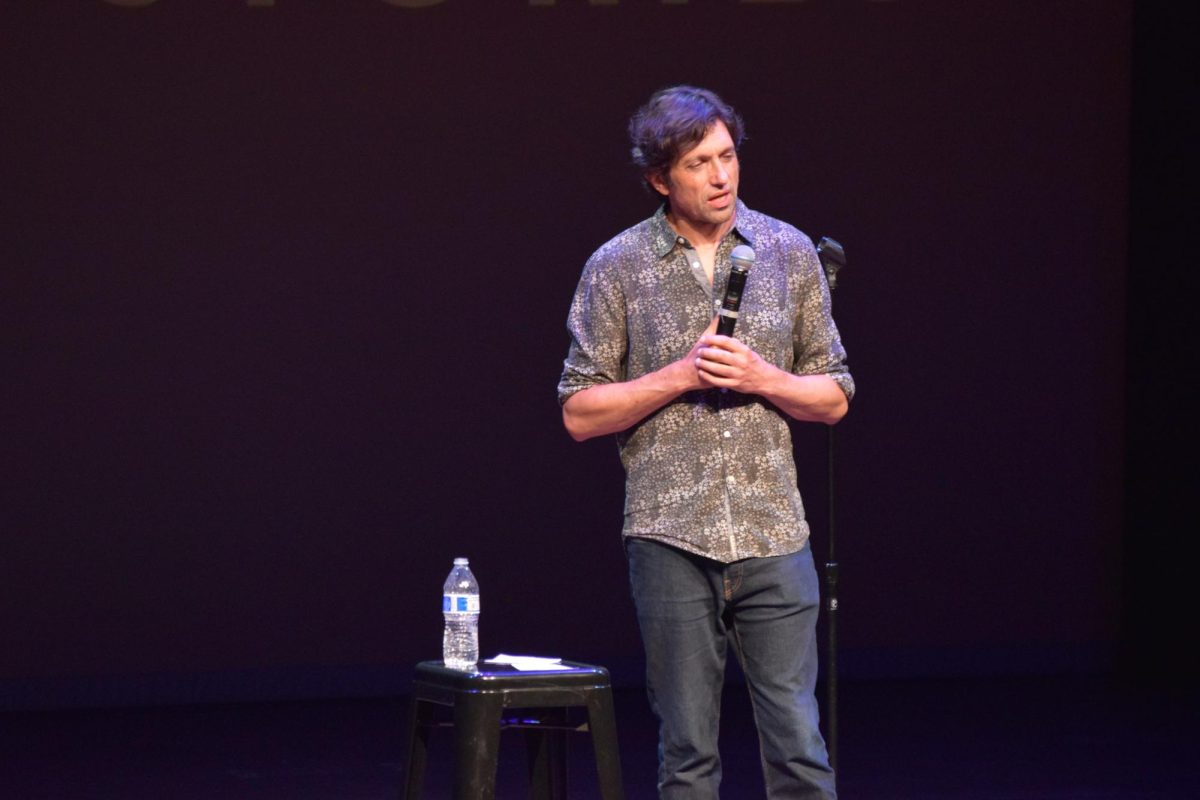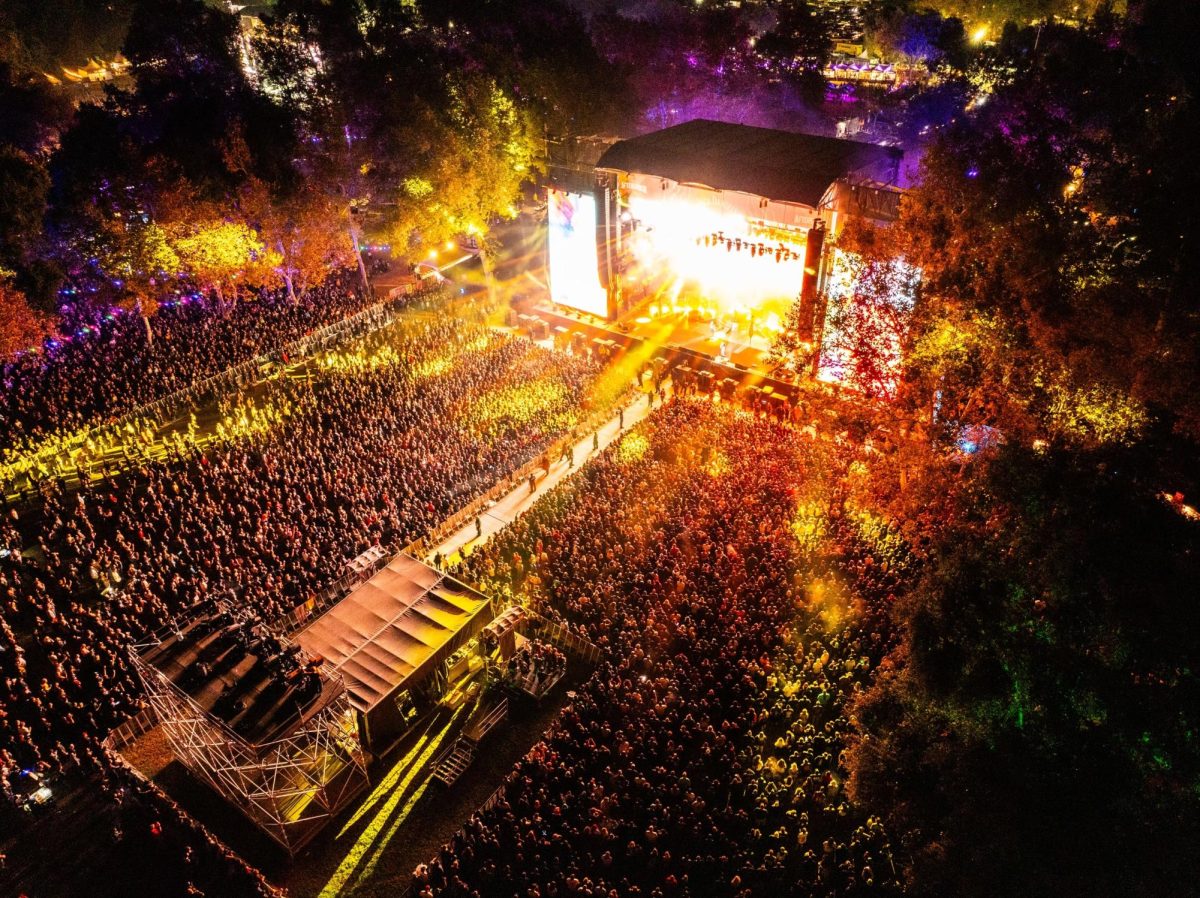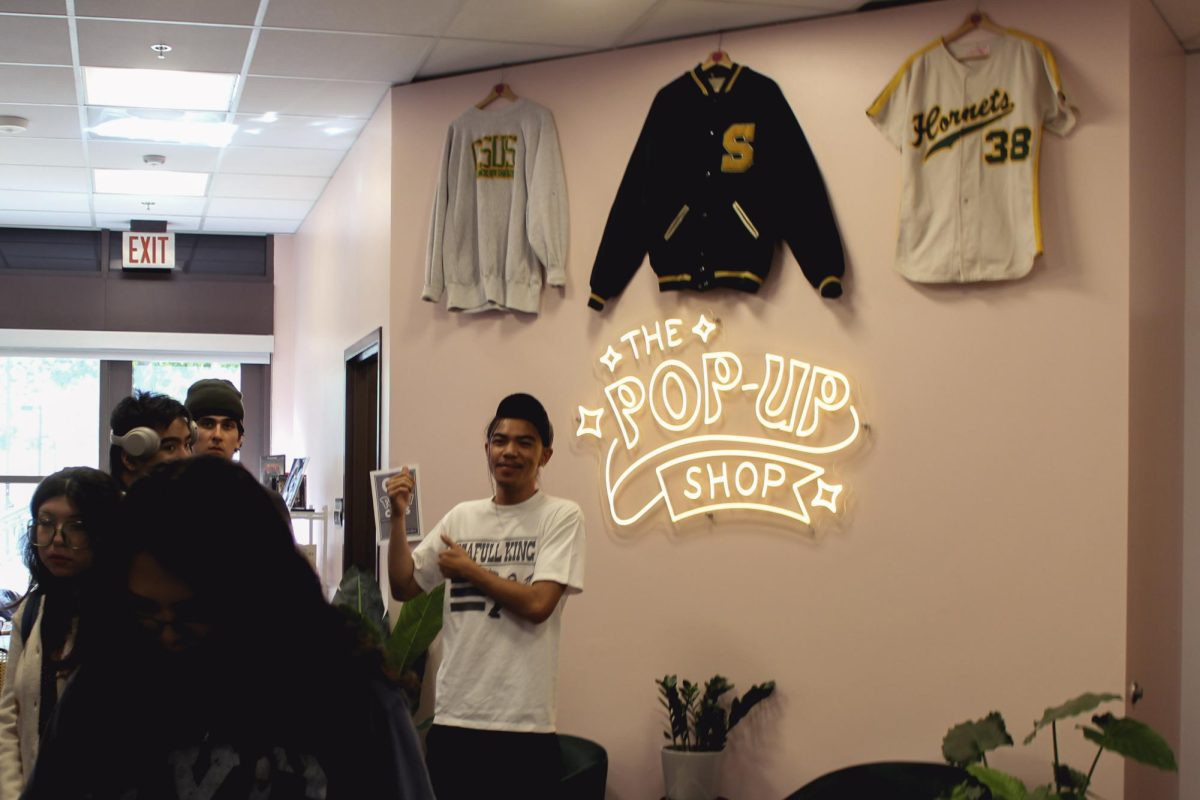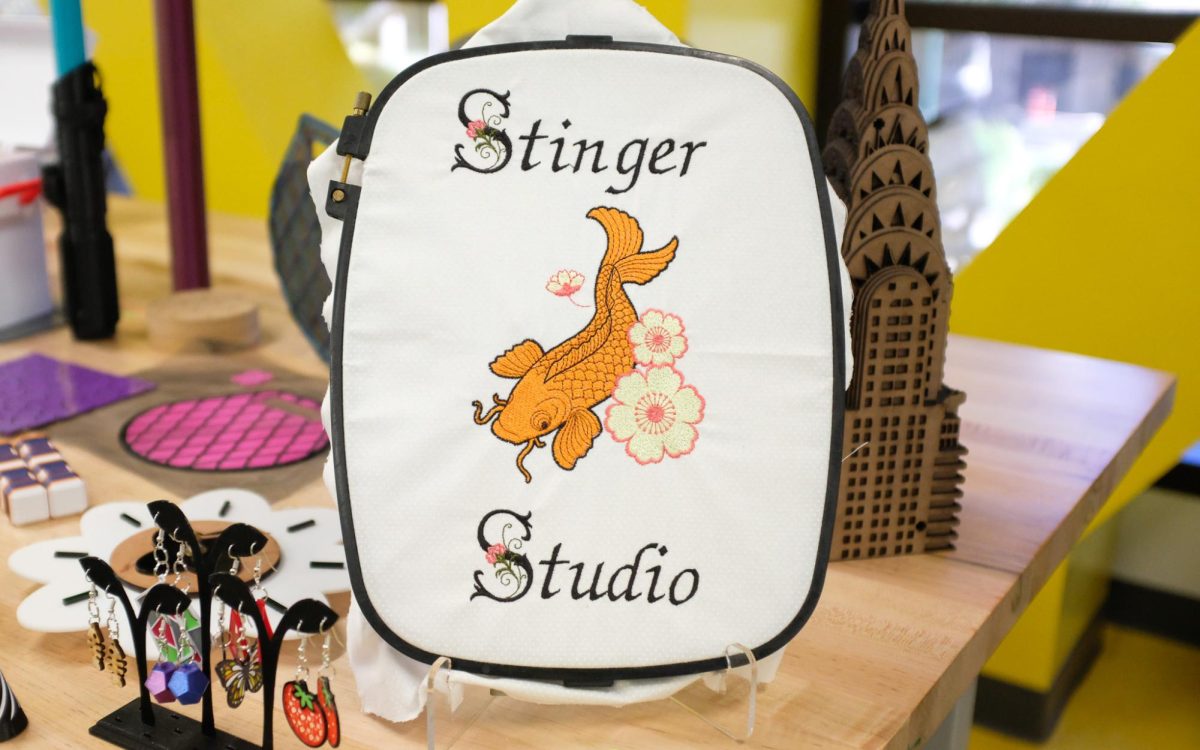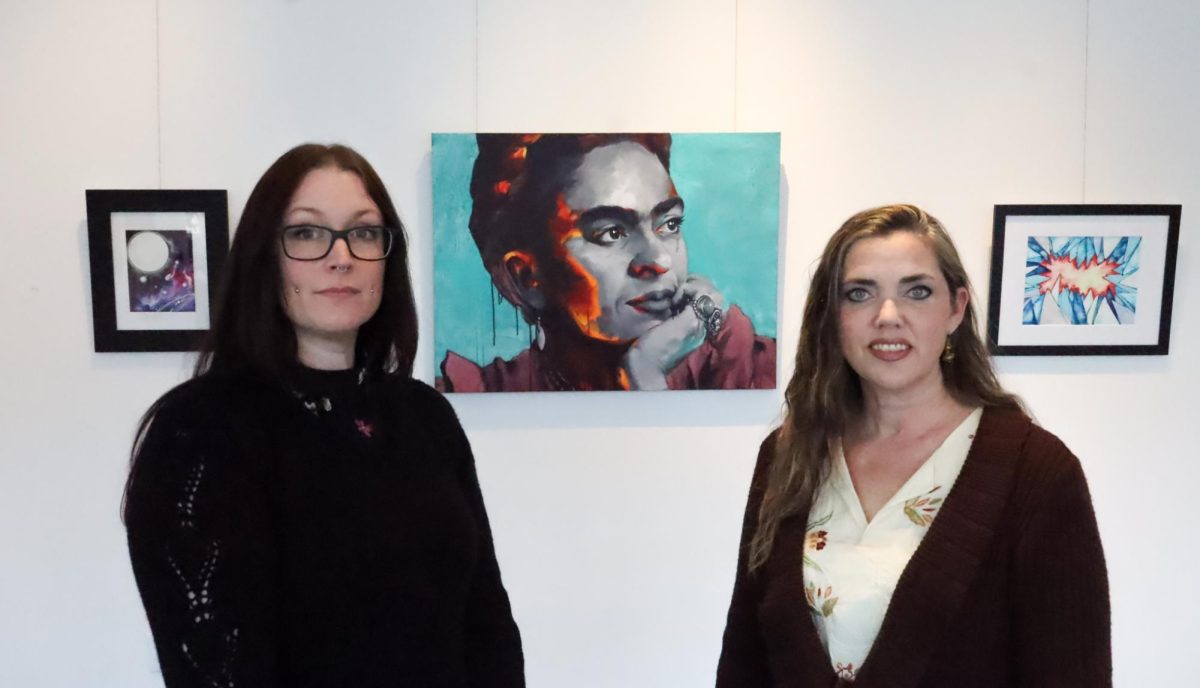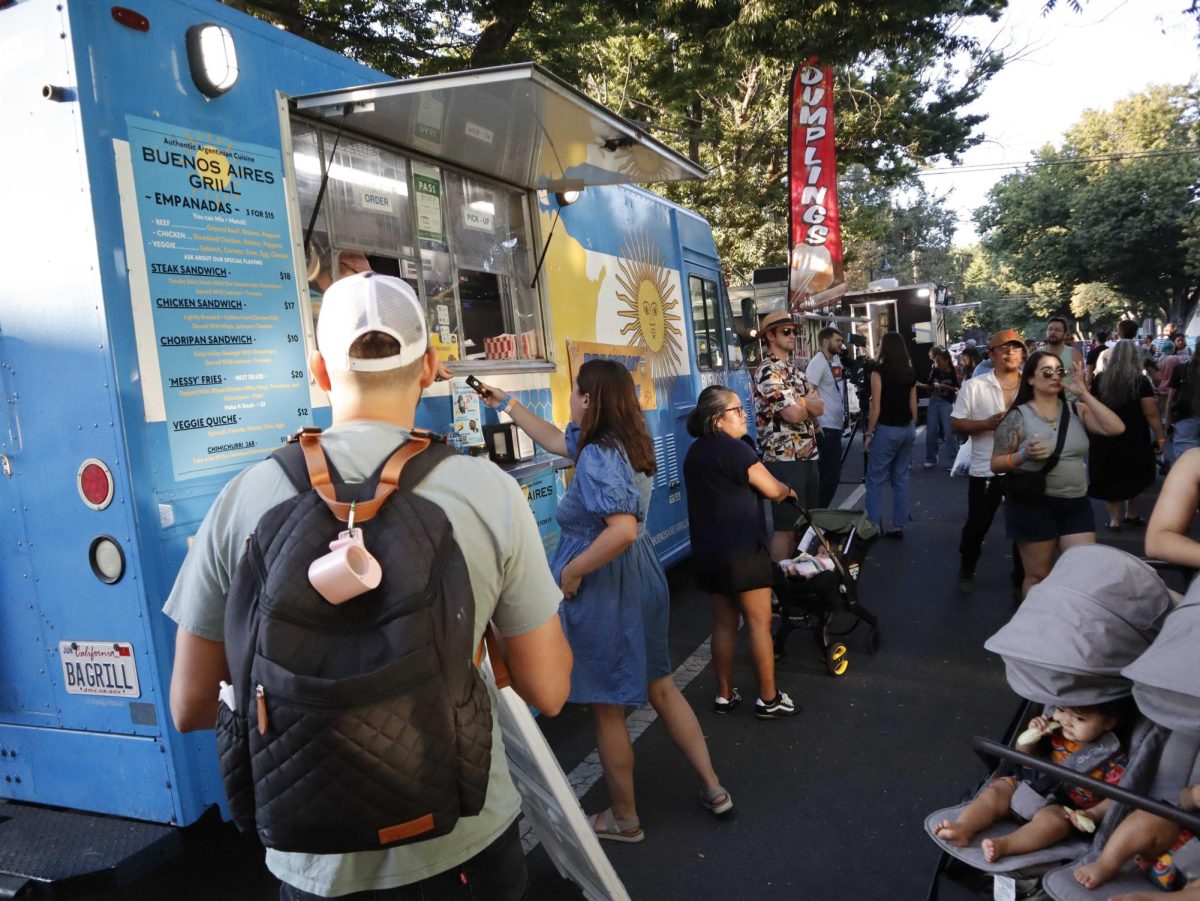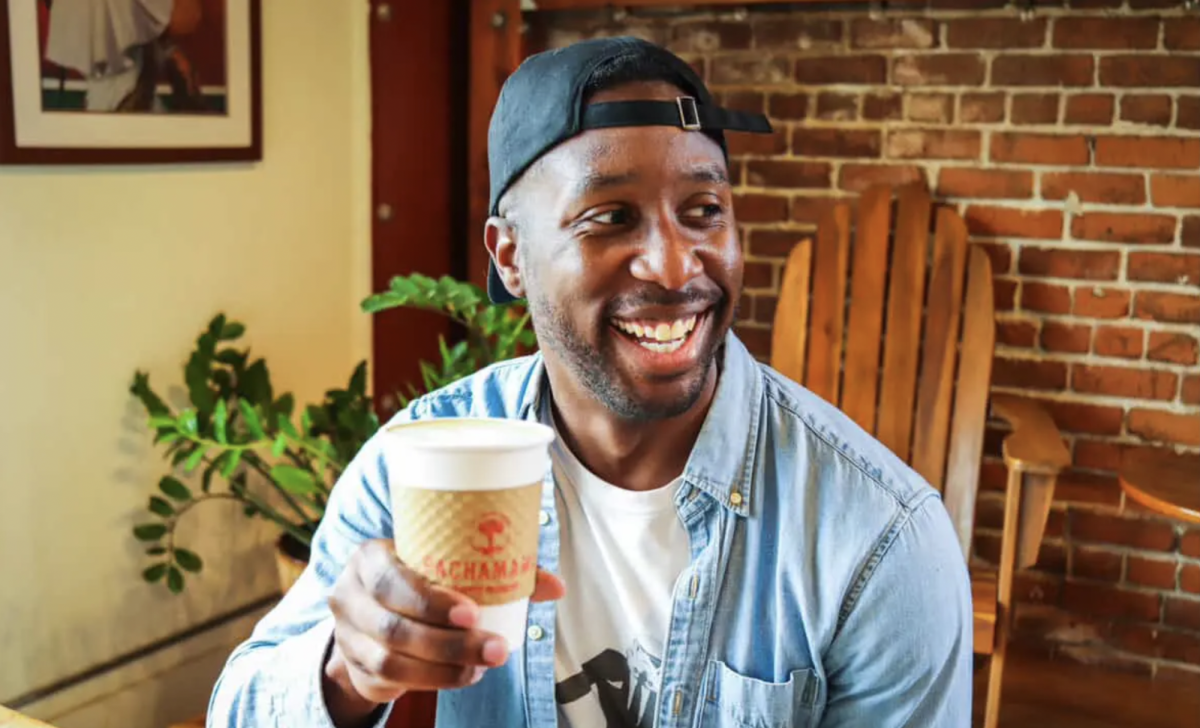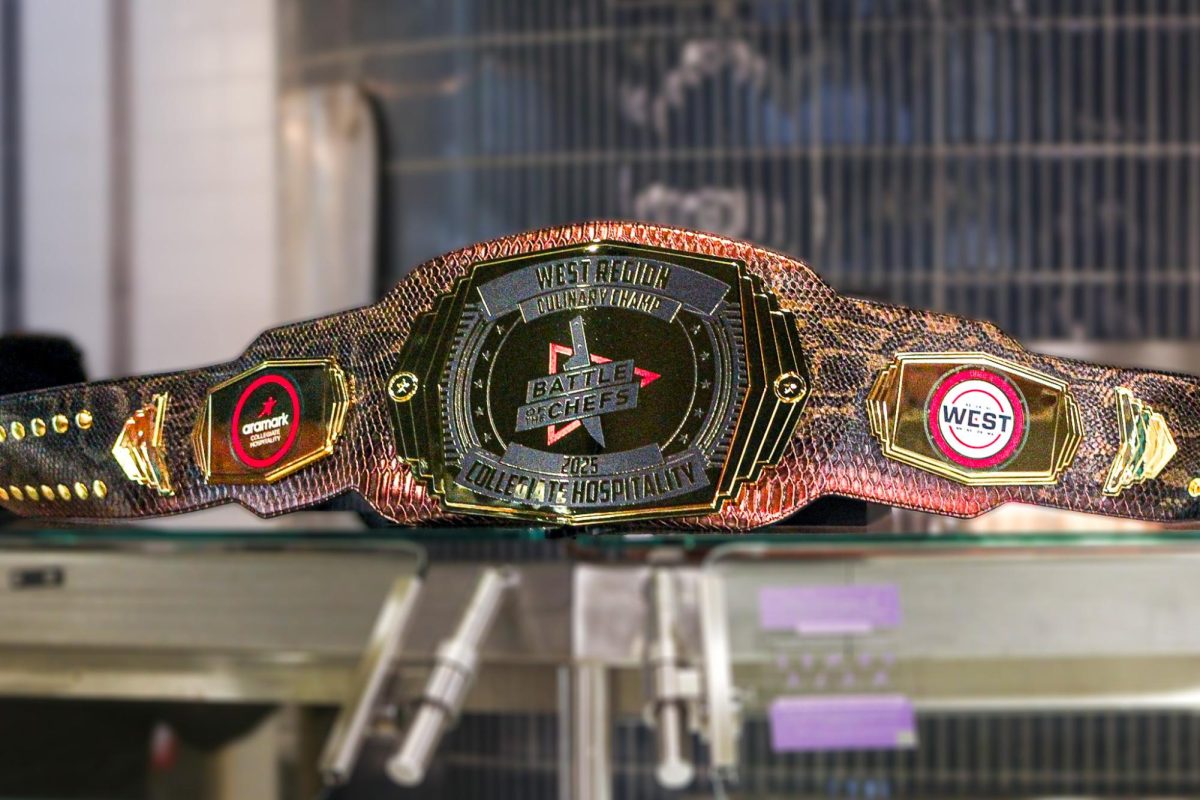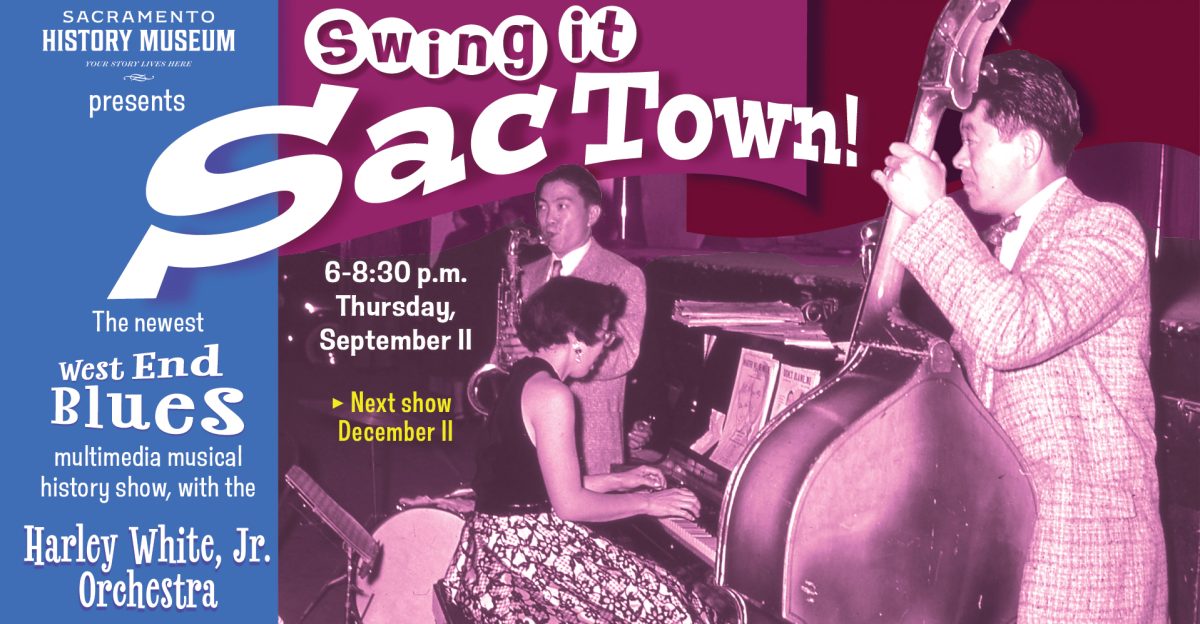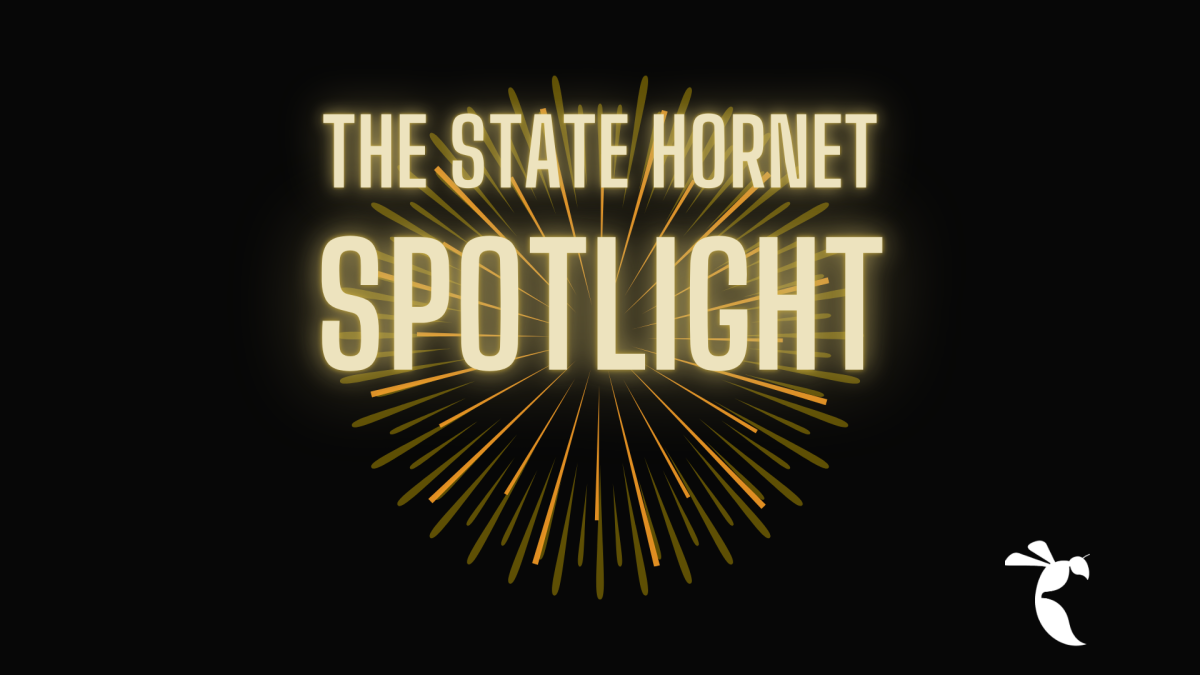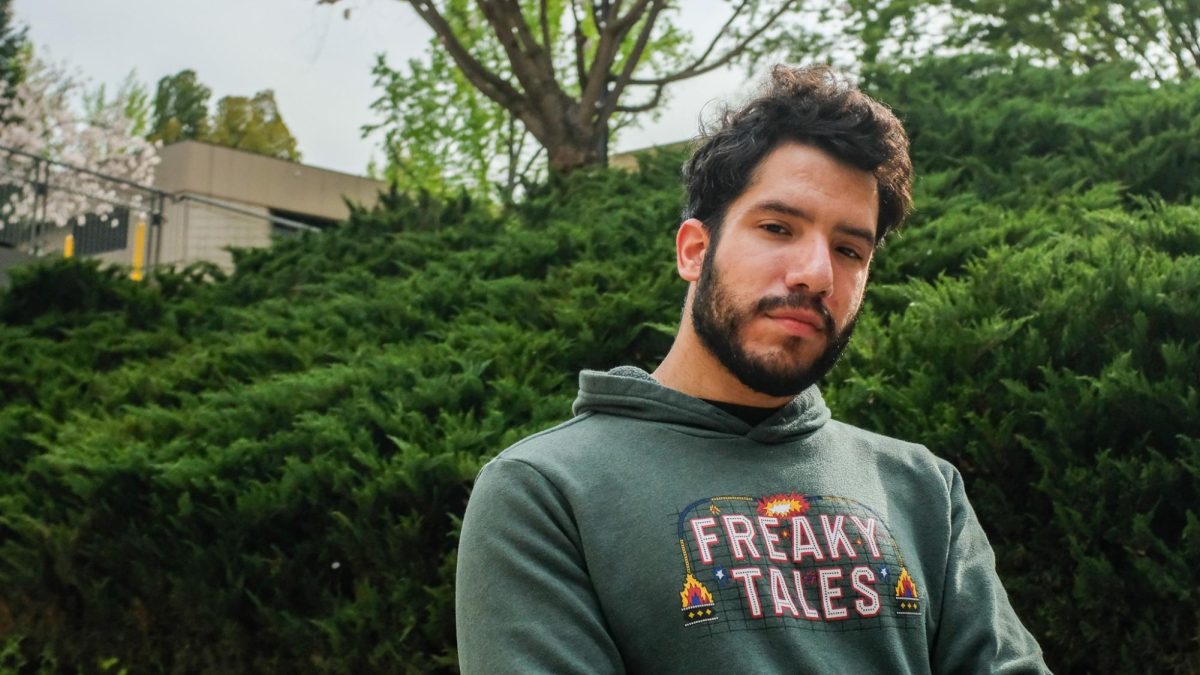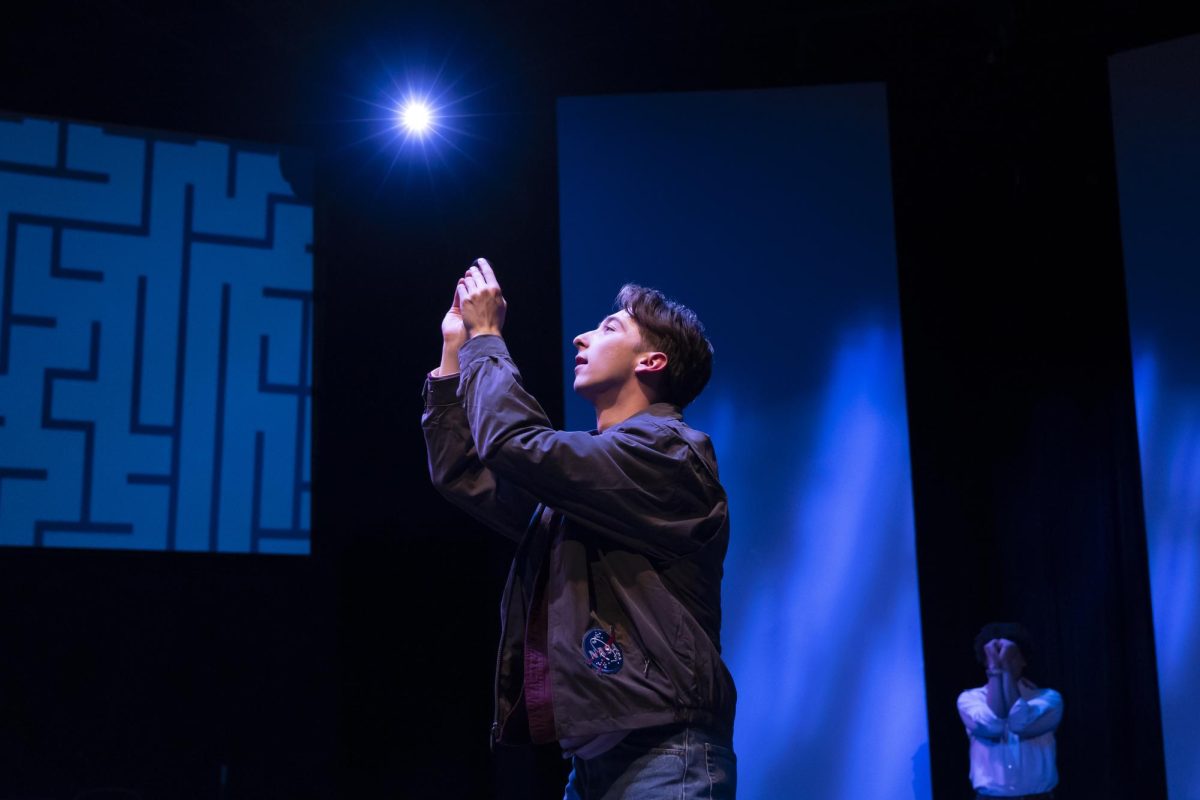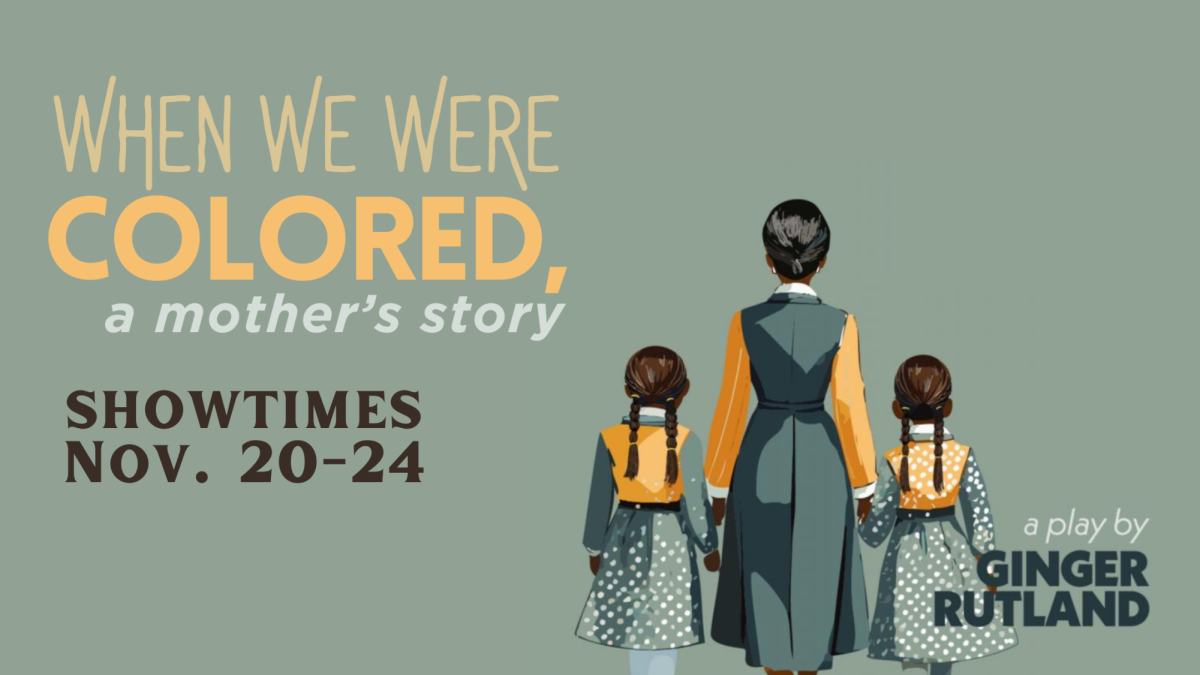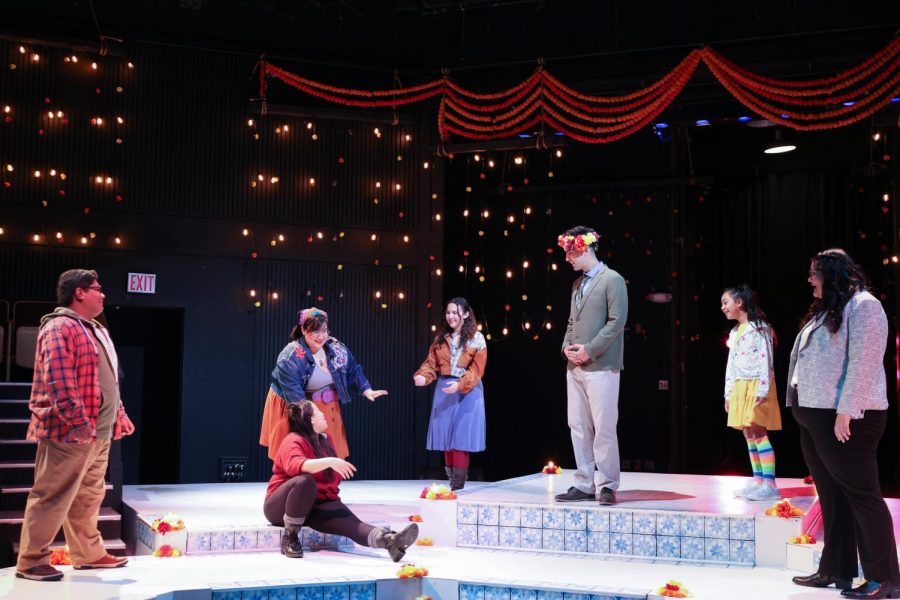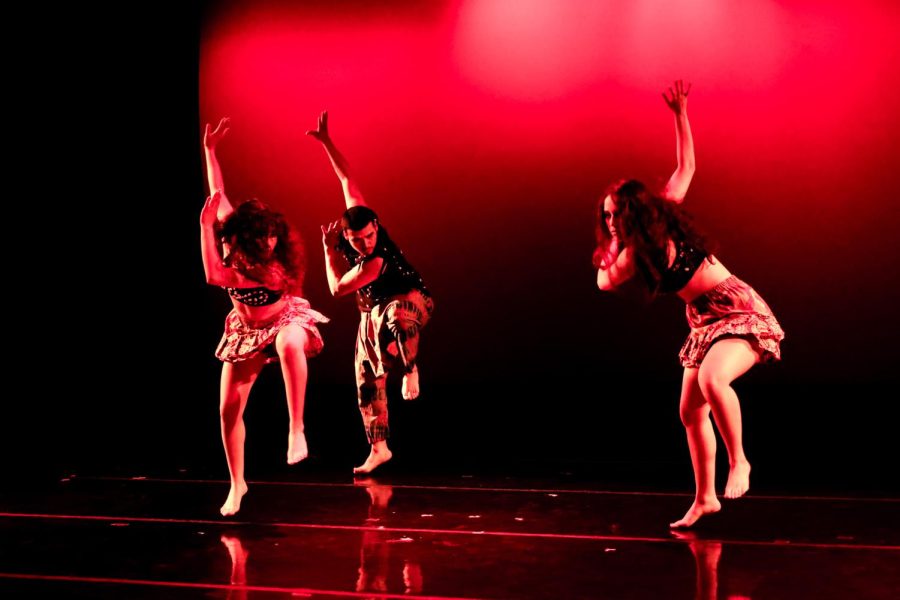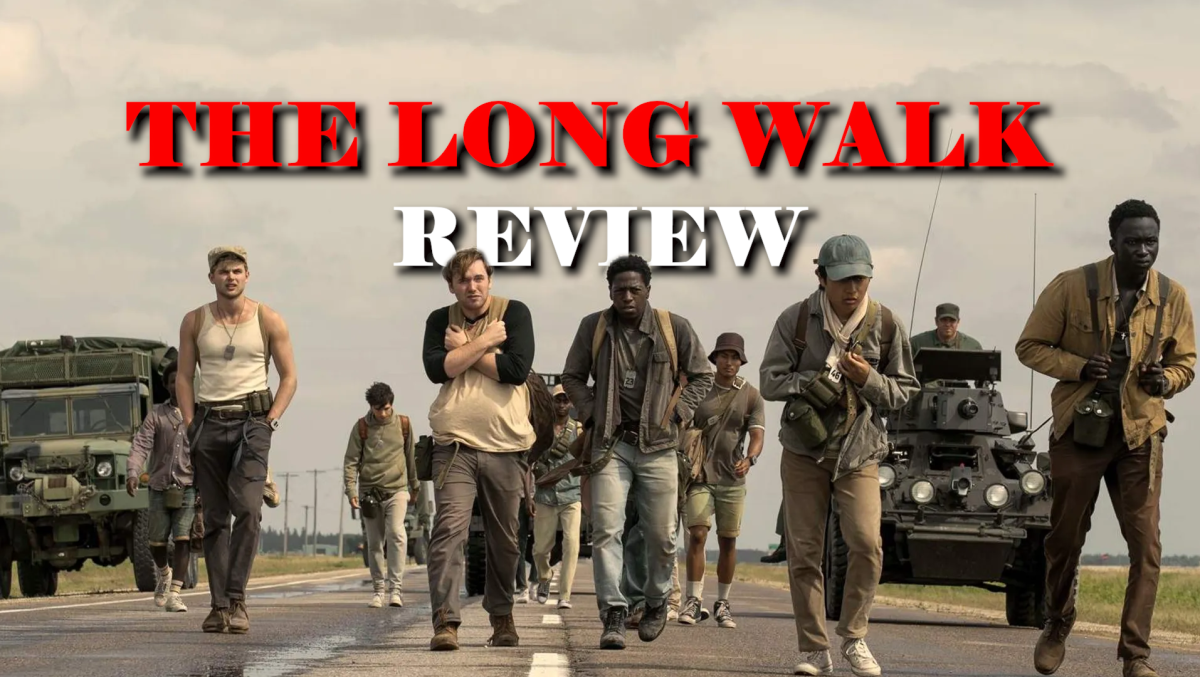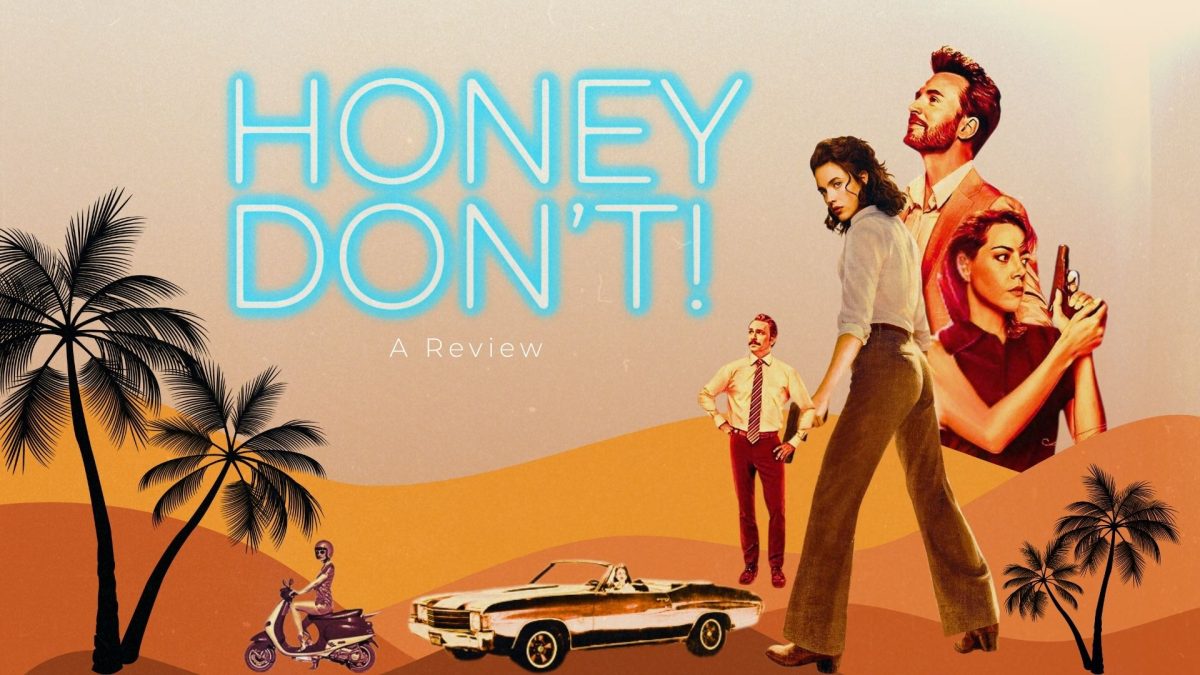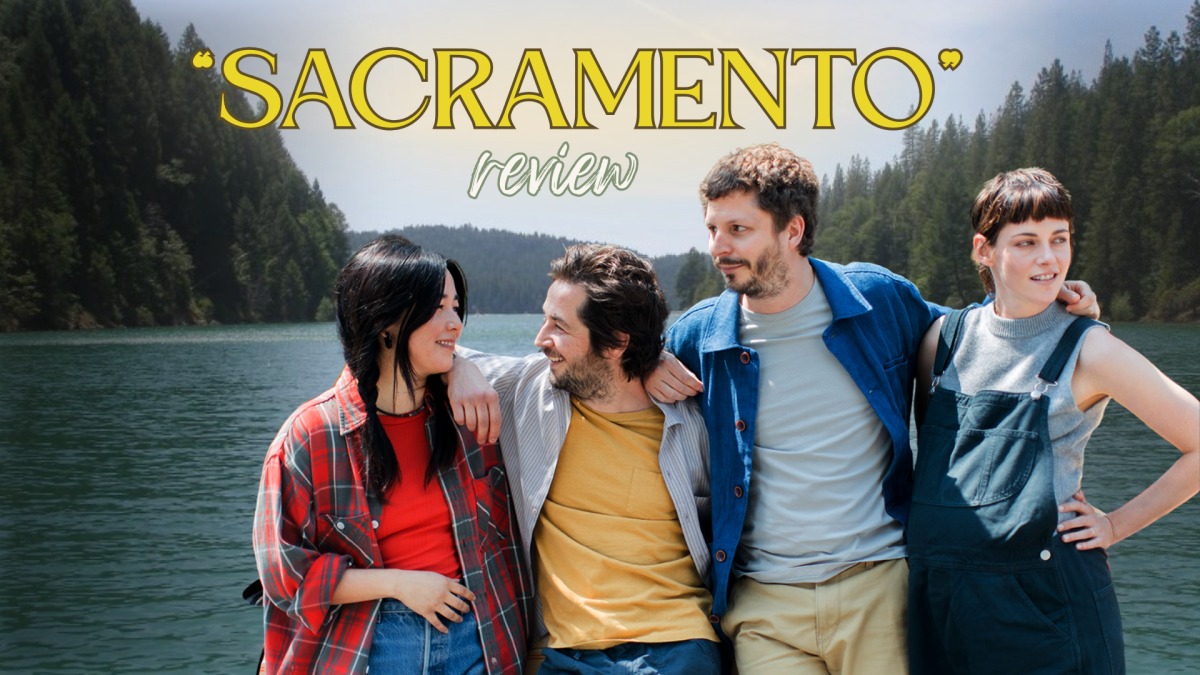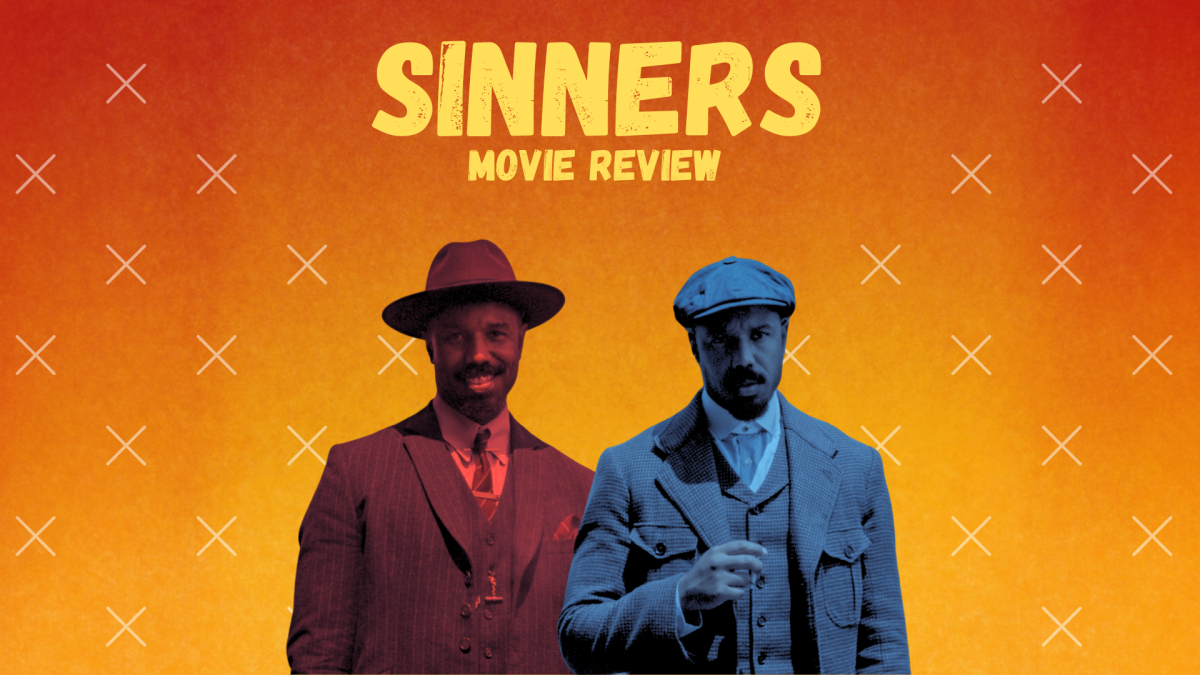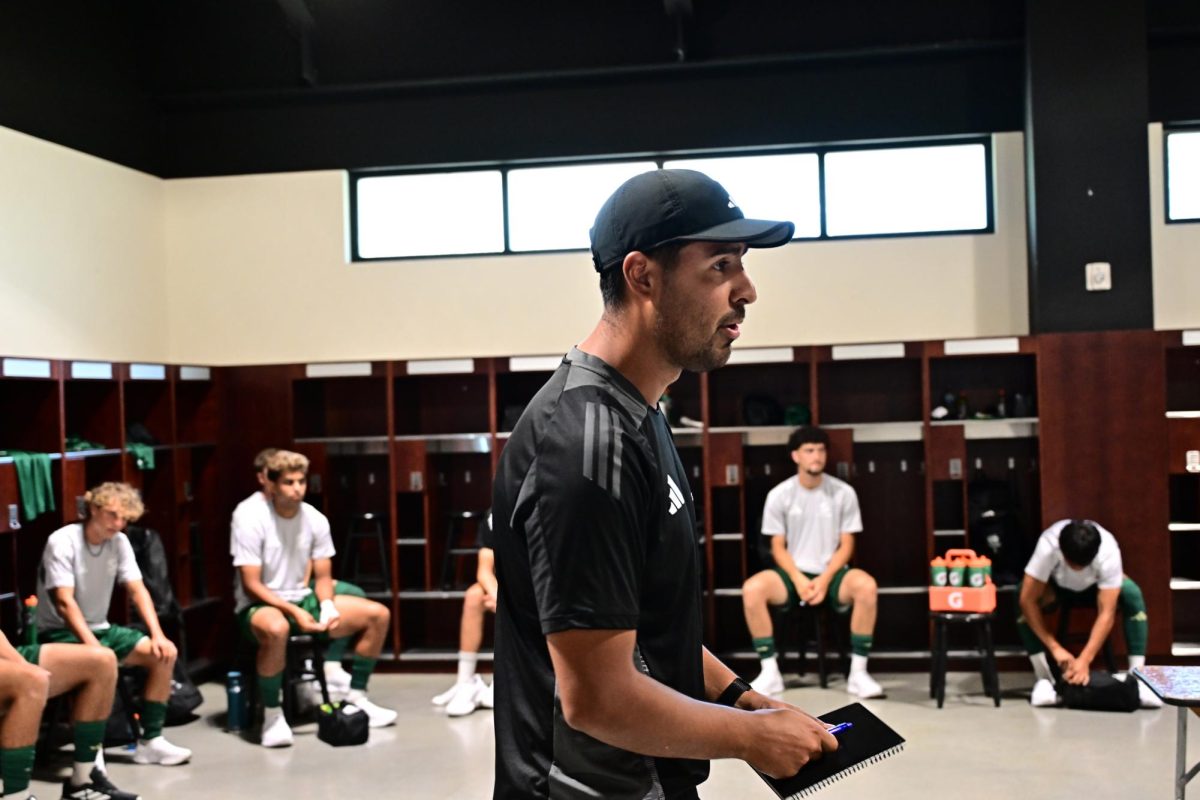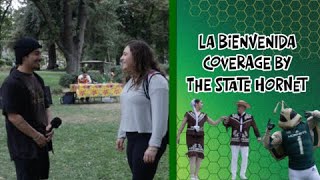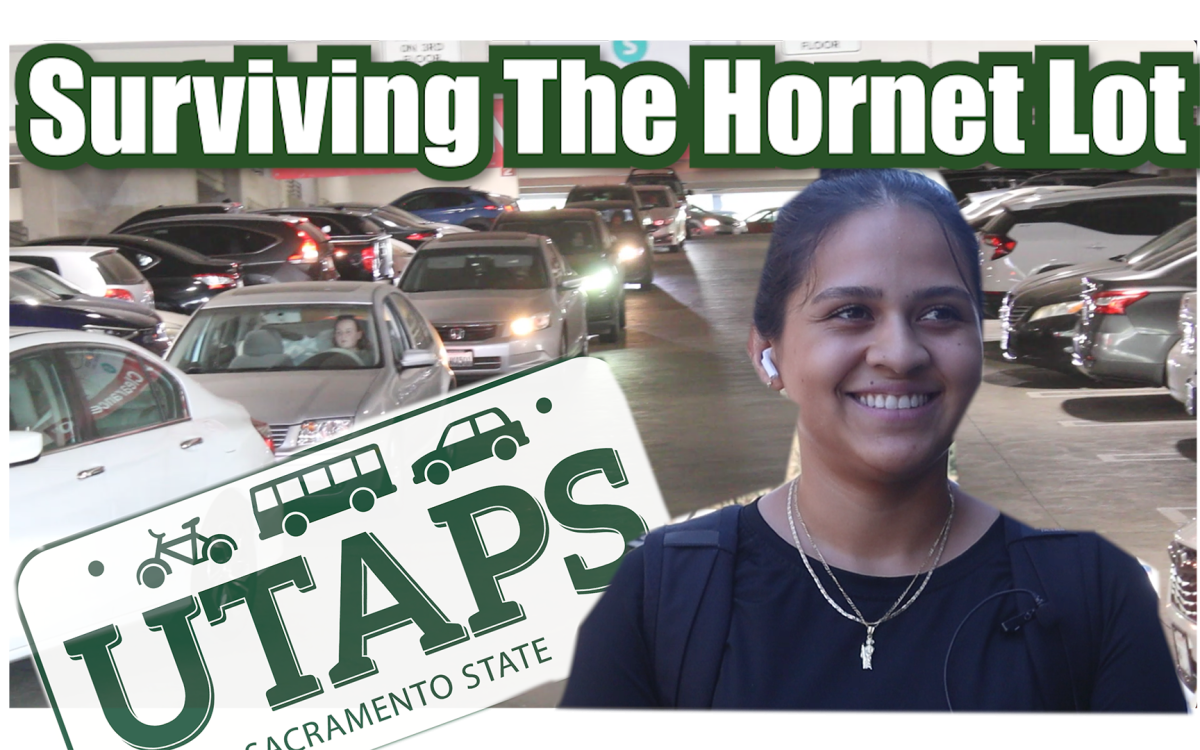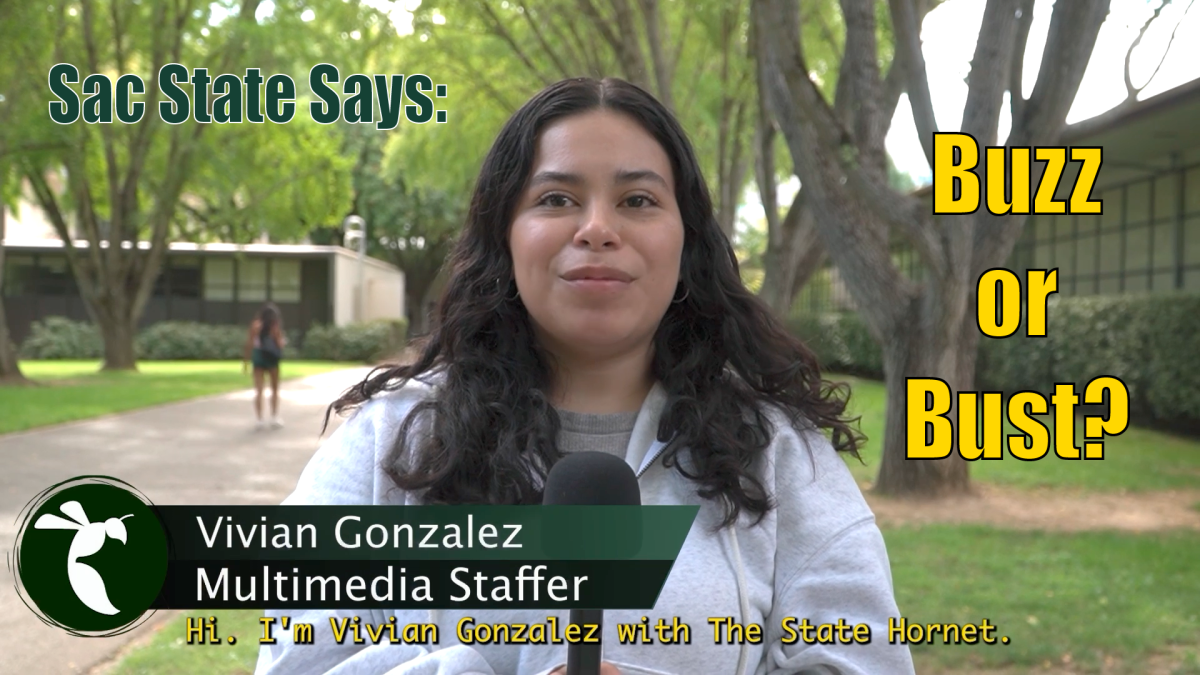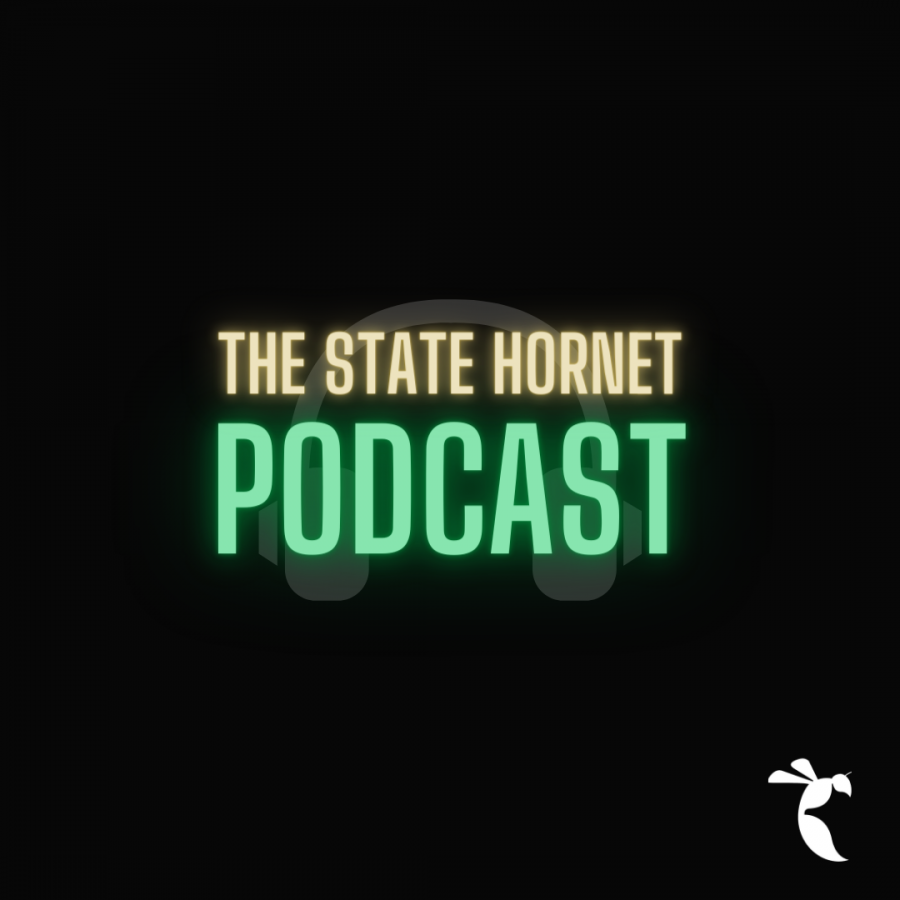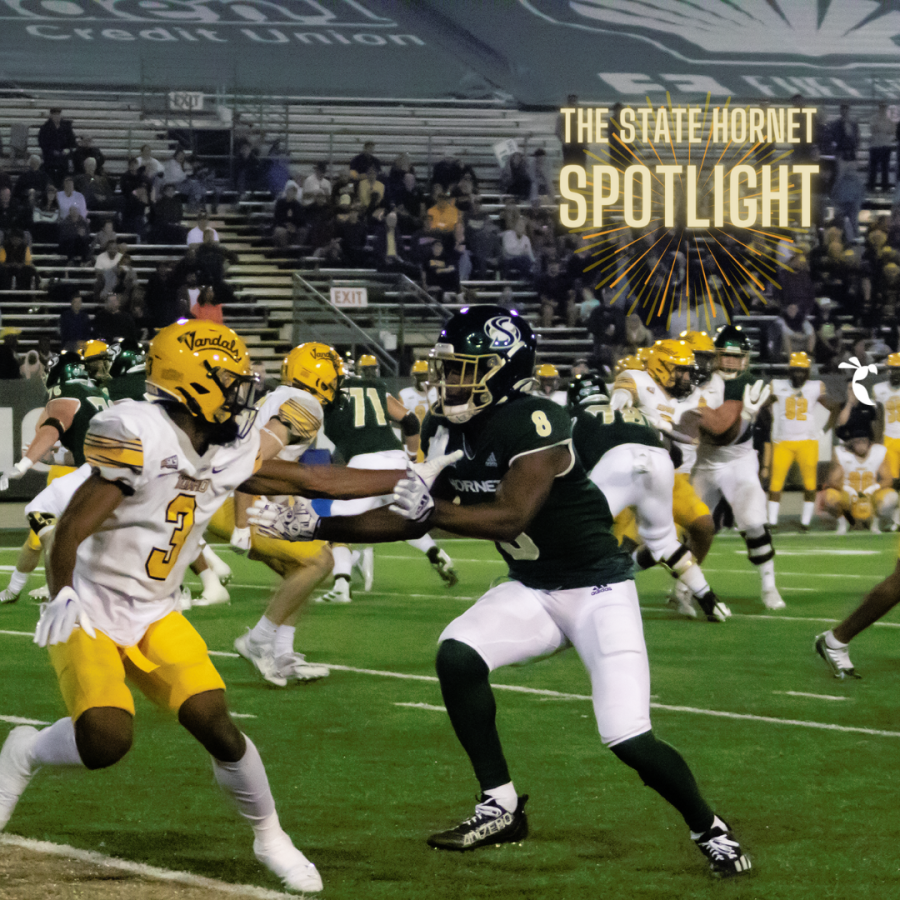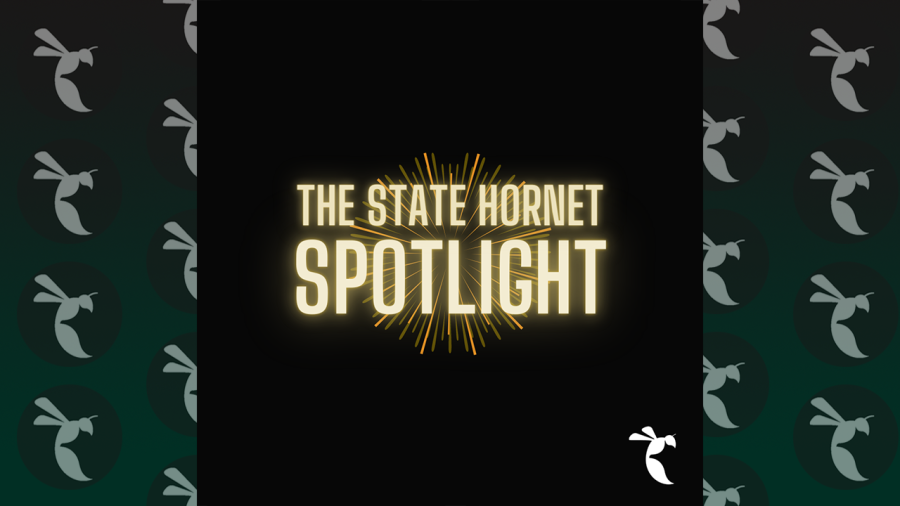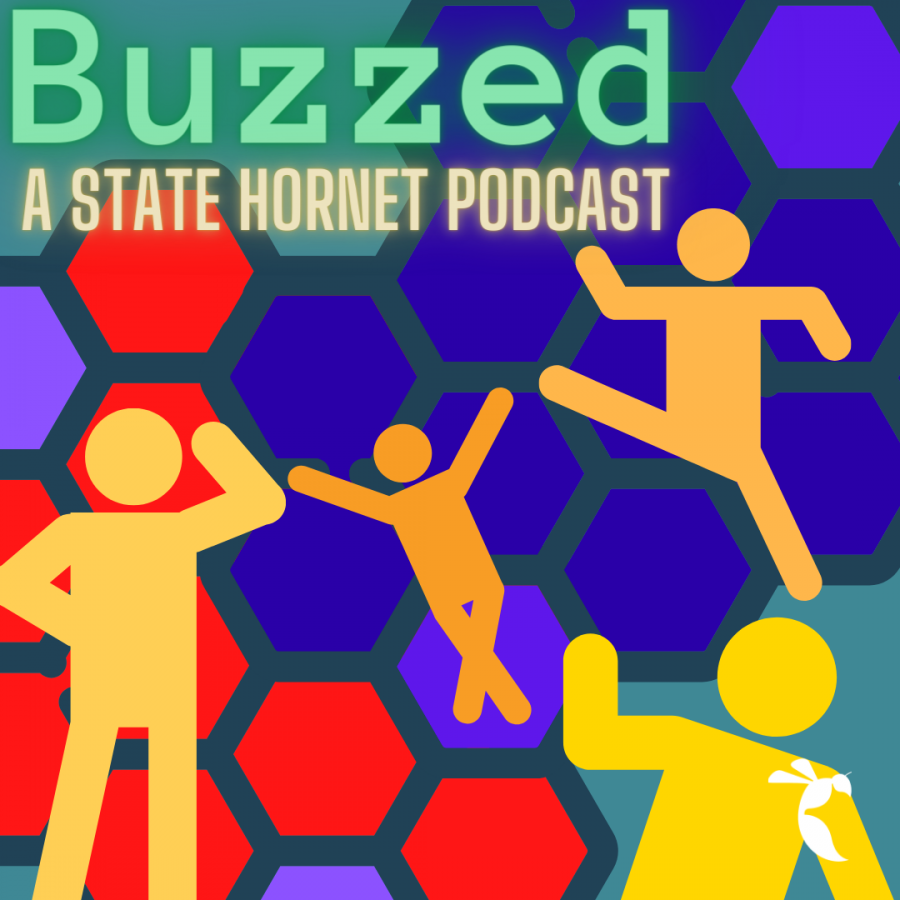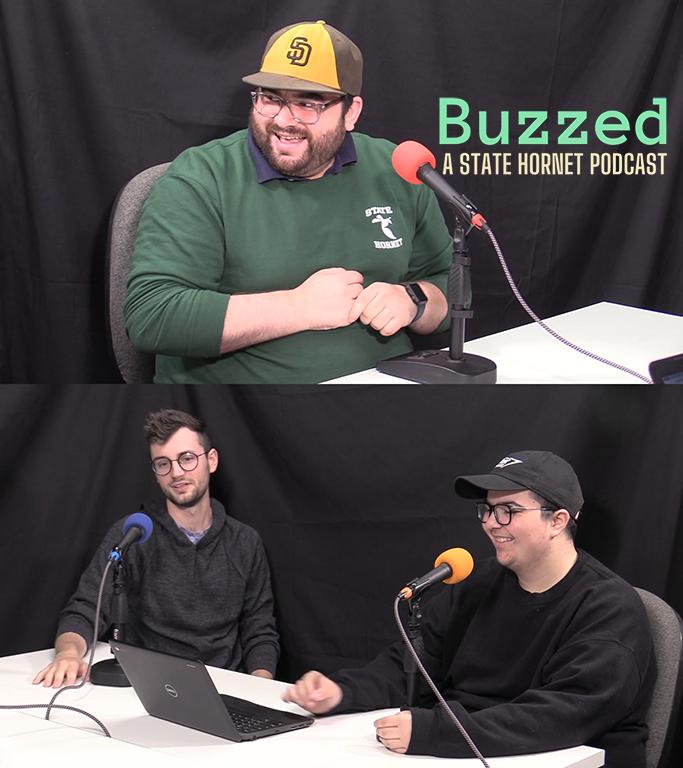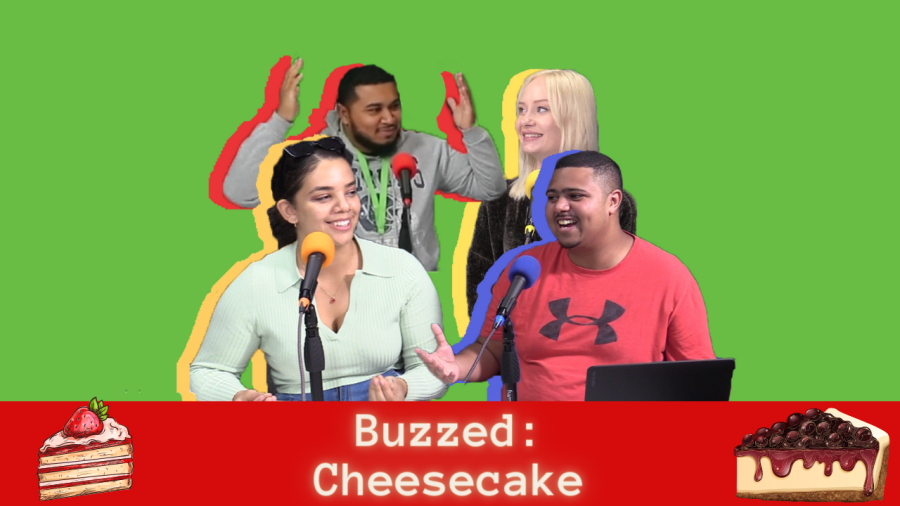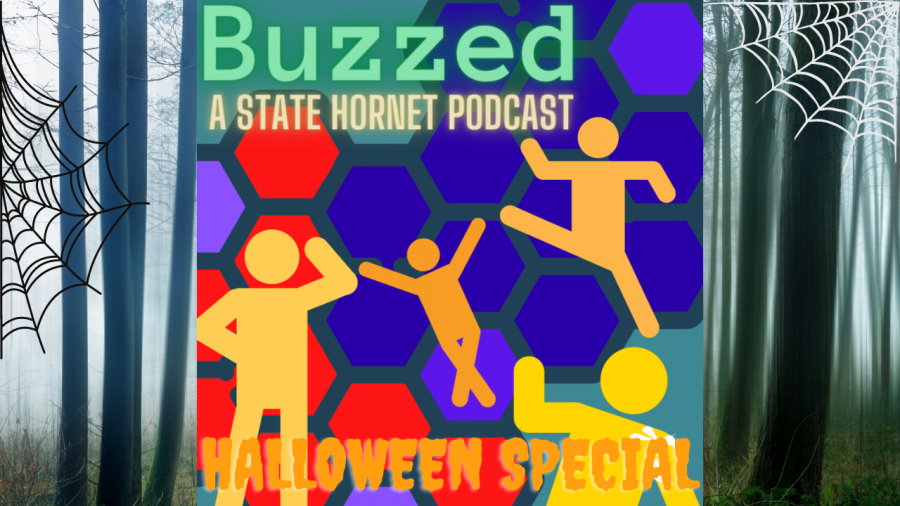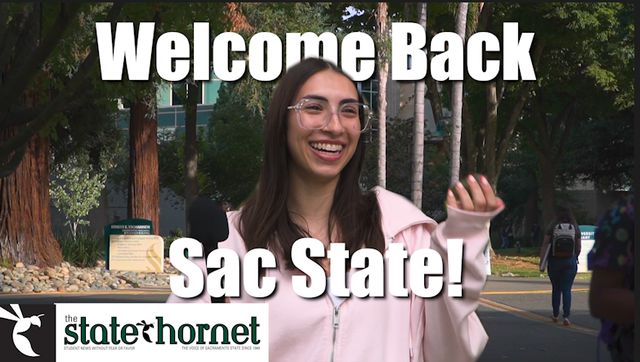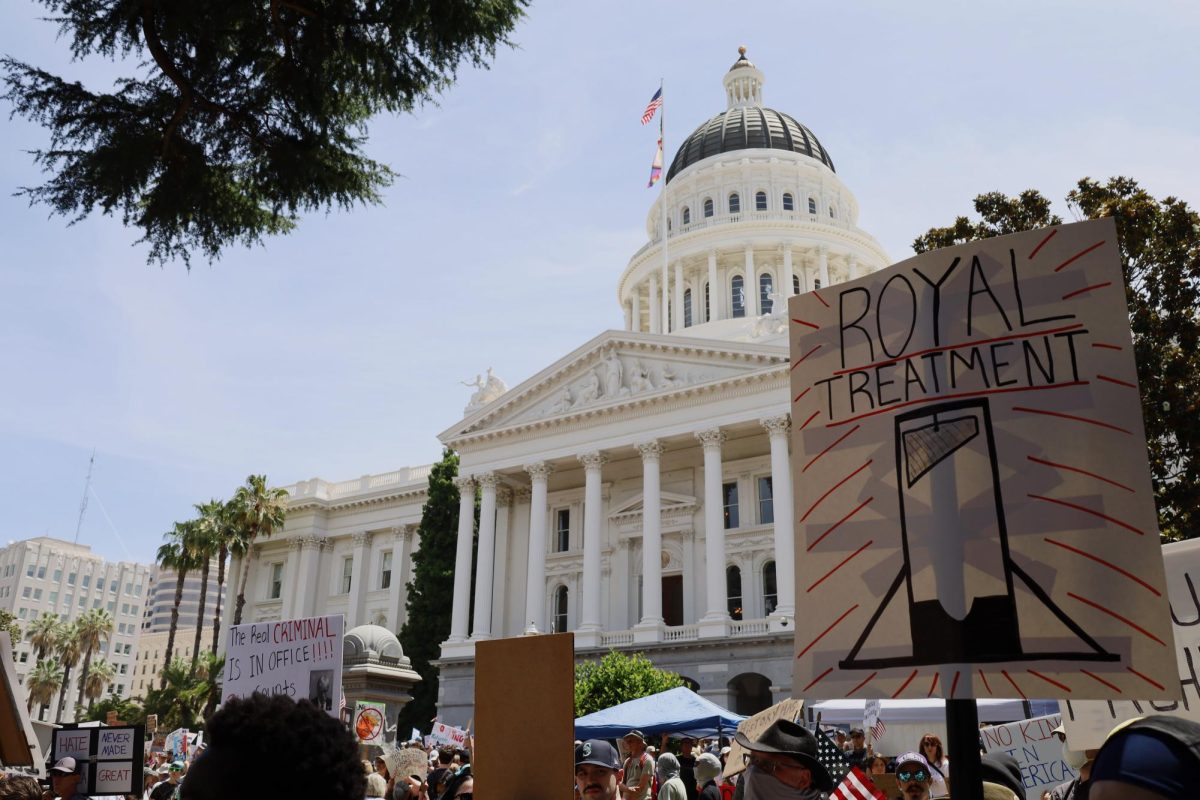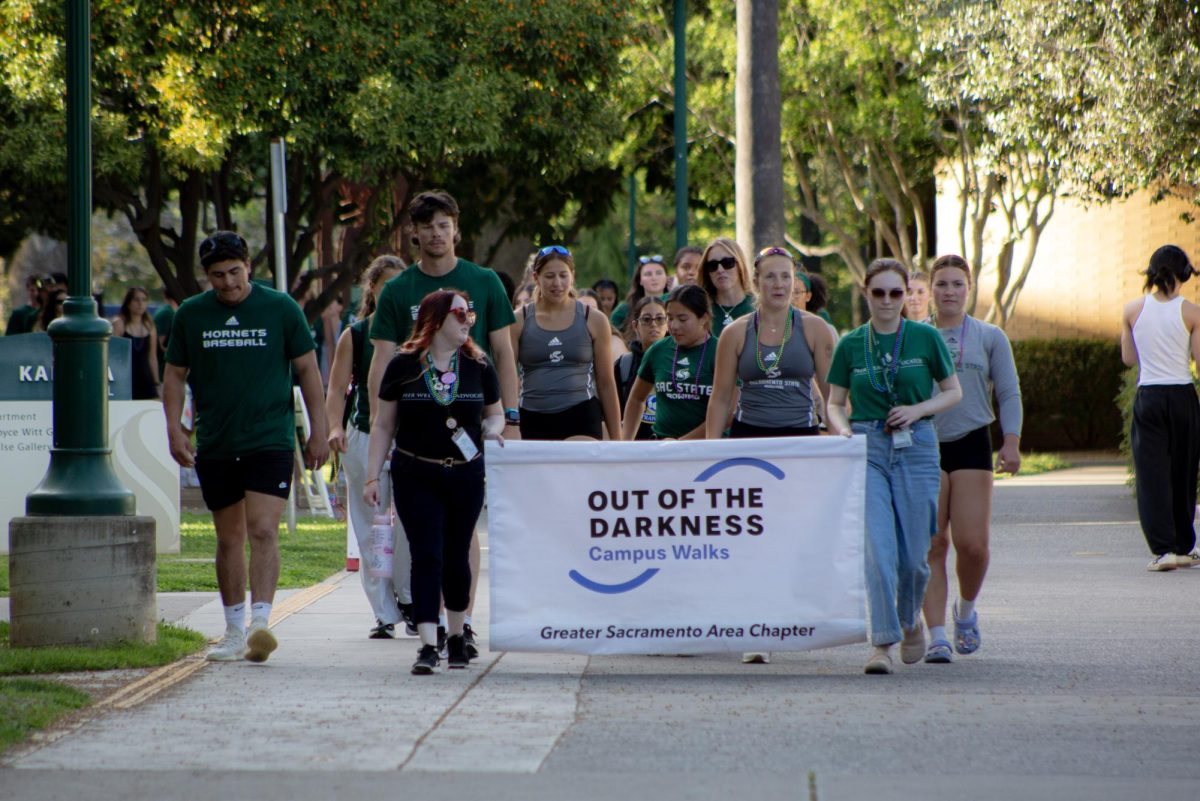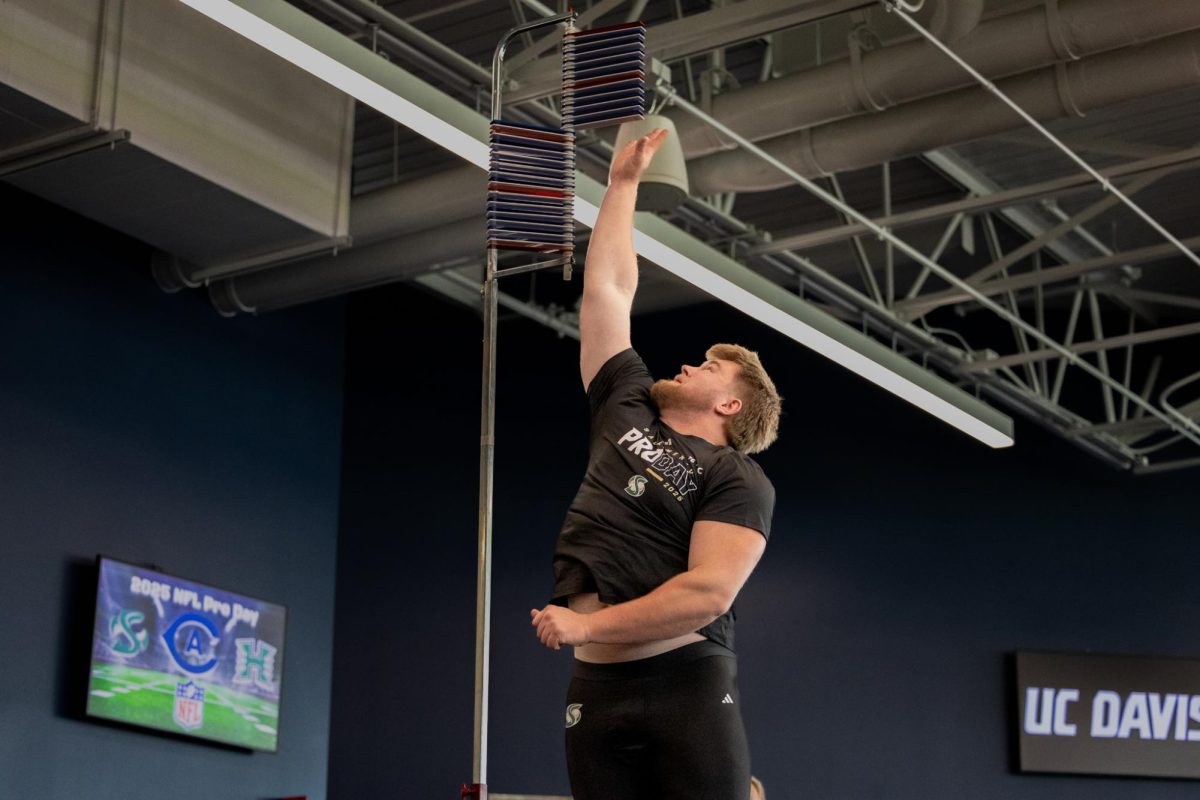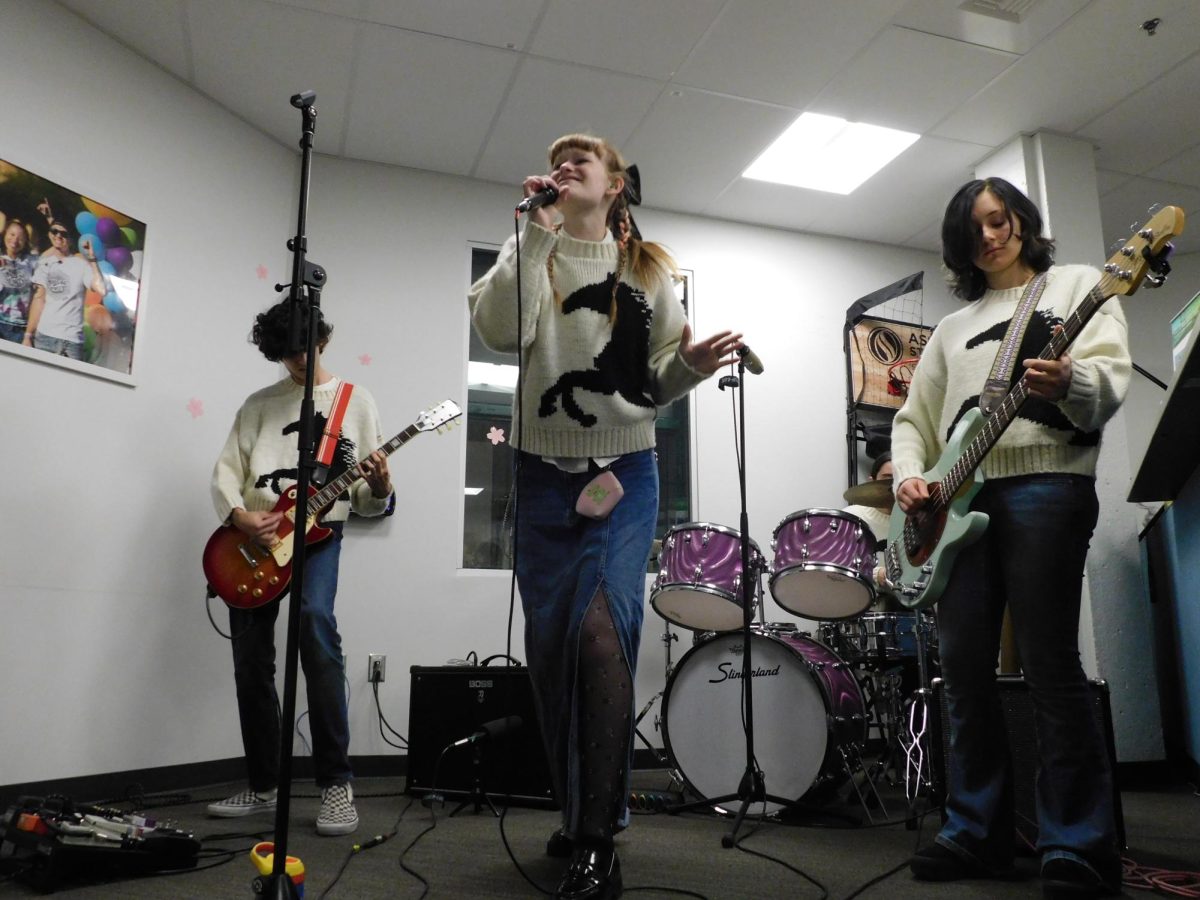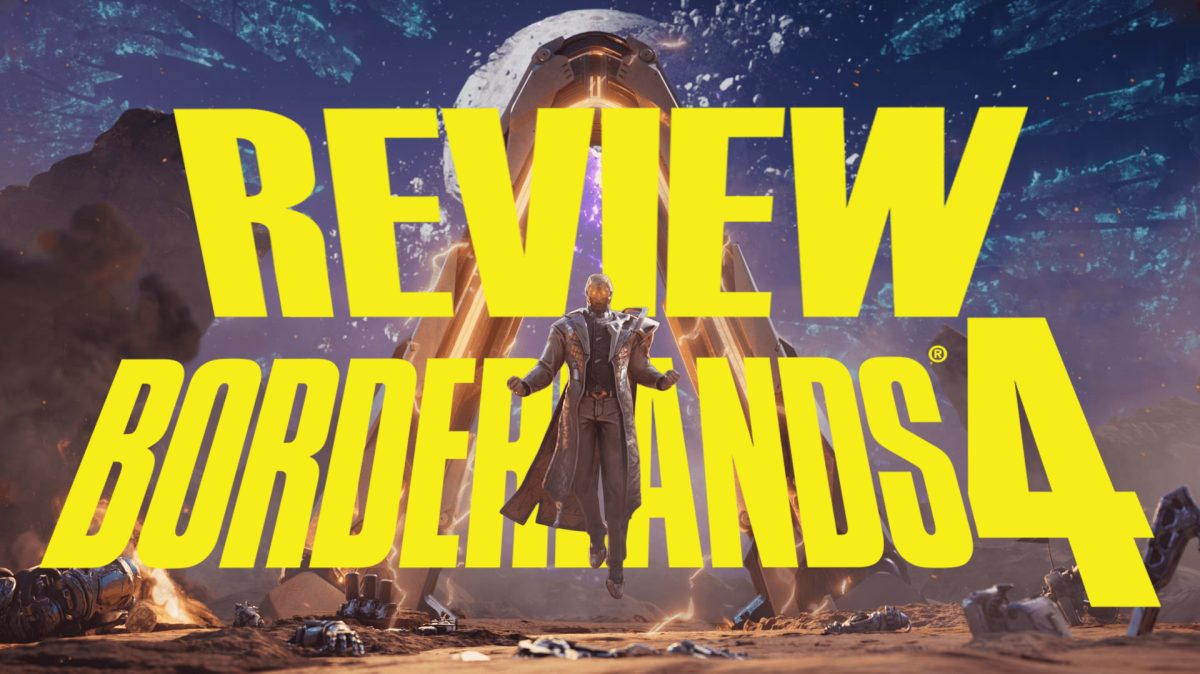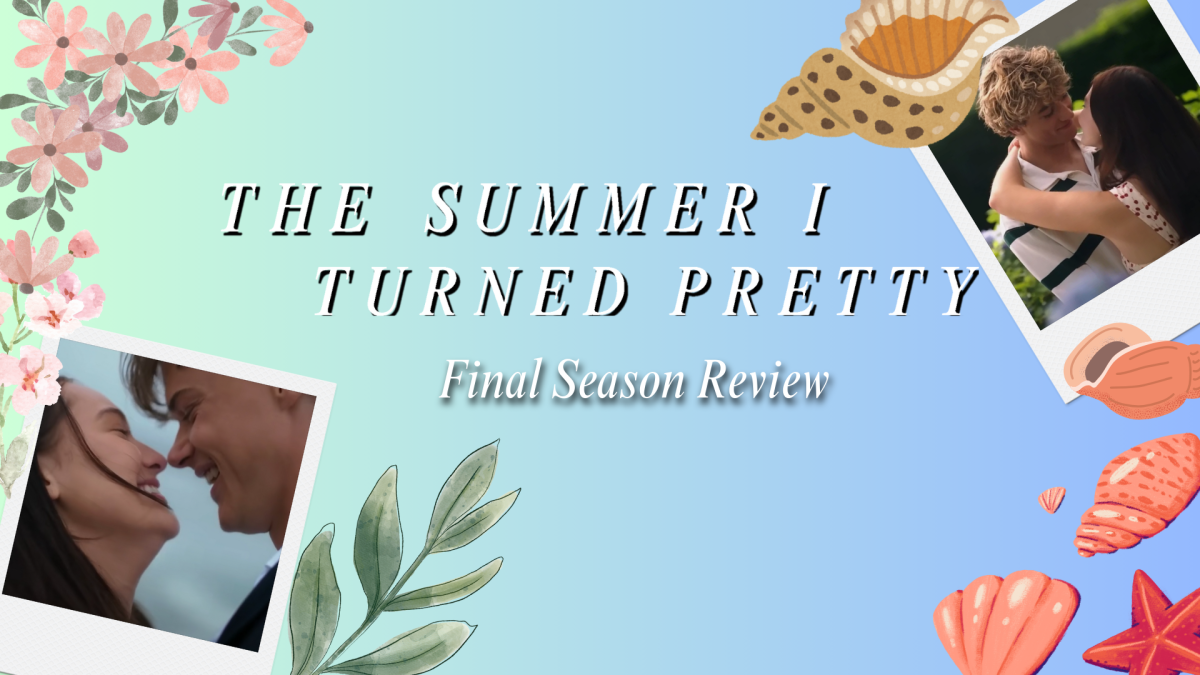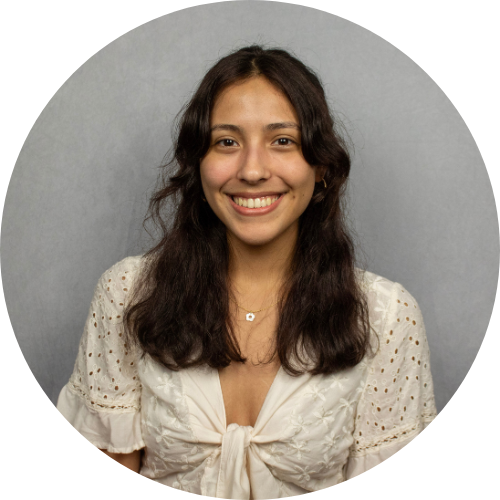The Sundance Institute made a pit stop in Sacramento on Saturday, Sept. 27 at The Crocker Art Museum. The institute showcased seven short films from its nationwide 2025 Indigenous film tour, which is a part of Sundance’s Indigenous Program.
The program seeks to platform the stories and values of indigenous communities not just in the United States but globally, featuring work from Australia, Canada, New Zealand and the Philippines.
The film screening, which took place in the Setzer Foundation Auditorium, opened with a welcome from the museum’s Adult Education Coordinator, Houghton Kinsman. Kinsman gave a land acknowledgment to the Nisenan people, who are indigenous to the modern-day Sacramento region. Kinsman then handed over the stage to Adam Piron, the director of the Sundance Institute’s Indigenous Program, who gave an introduction to what the program offers.
“Our main goal is to support Indigenous filmmakers who are making their own work and to get it out to audiences,” Piron said.
The program offers a variety of grants, fellowships and film labs. Some of these offerings include the Merata Mita fellowship and Graton Artist Opportunity.
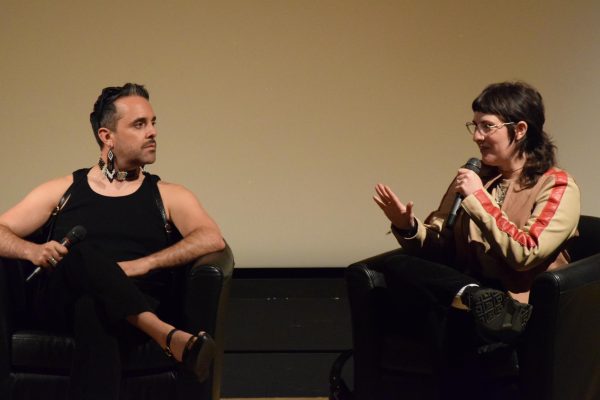
(Photo by Chiara Karagianes)
Piron gave thanks to The Federated Indians of the Graton Rancheria, which has granted the institute a $4 million endowment to support Indigenous filmmakers — the largest endowment in Sundance’s history. The Mellon Foundation also financially backs the program, funding the short film tour itself.
The seven featured short films use a variety of mediums and storytelling techniques, including documentary, stop motion and digital animation. Overarching themes include the exploration of family dynamics, cultural dissonance and resistance against assimilation.
“En Memoria” director Roberto Fatal and “Field Recording” director Quinne Larsen were present alongside Piron for the panel discussion that followed the screening. Fatal is a Sacramento native and a theatre arts and film professor at Sacramento City College. Fatal said “En Memoria” was filmed in Sacramento.
RELATED: Native American community celebrates dedicated college grand opening
Piron asked the directors the way in which place plays a part in their filmmaking. He said “Place” could refer to either a literal location or a sense of belonging, and both filmmakers touched upon both of these meanings for “place.”
Larsen, whose film focused heavily on language as a part of their own identity, said that in culture, everything intertwines and interacts. They said the languages communities speak are influenced by the cultures of the people who speak them, and culture is influenced by location and circumstance.
“Our traditional stories evolve and come from the land in the same way that we do,”Larsen said. “We’re all from this common root, and the stories belong to the place.”
Larsen’s film “Field Recording” is specific to not only the Chinook language its script is primarily in, but also to the Pacific Northwest region that the tribe has called home for thousands of years.
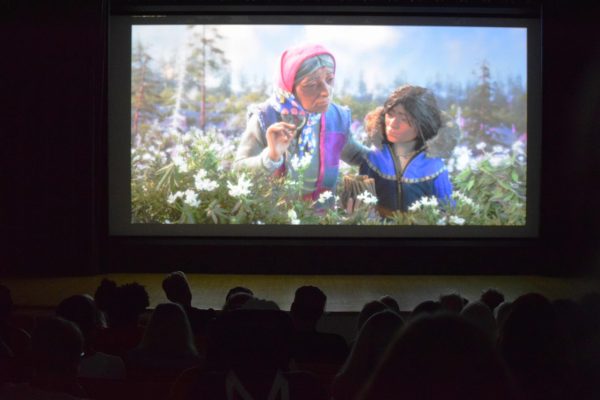
As for Fatal, this idea of a “root” is much more complicated, which they explored by sharing both themself and their partner’s respective journeys in understanding their cultural identities.
They described how migration in each generation had led to a mixing of distinct cultural identities, including Indigenous, Mexican, American and Japanese cultures. Fatal said this has made the idea of “home” conflicting at times, but Fatal and their partner have recently found it in the communities they are a part of.
“Finding place when your people are so molten and in motion really is about relationships,” Fatal said. “And so finding place in relationships, finding place in love, finding place and traditions that we bring with us as we’re moving is so important.”
Larsen also shared their experience working in the animation and comics industry, where they said they were often unable to communicate their Indigenous identity through their work.
“I have friends in the animation industry who are Native and won’t even talk about it. It’s kind of a thing where there’s not any room for it, and not a lot of safety for work that is dealing with it,” they said. “So spaces like Sundance are special – and I think really important – because they do make that space.”
As Larsen explores their Chinook culture and language in adulthood, they said they feel newly emboldened to speak on it.
“I want to talk about this, and I get to talk about this,” they said. “And I’m not going to shut up about it even if I’m told to.”
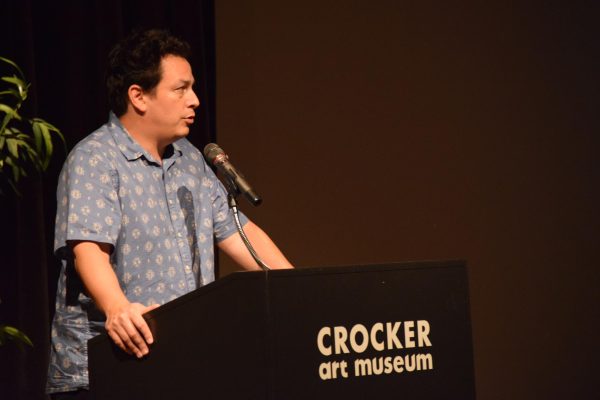
(Photo by Chiara Karagianes)
An audience member asked the panel why they believe Indigenous voices are finally finding their footing and speaking out in recent years.
“I feel like America has a gaping hole in its soul,” Fatal said. “I feel like there’s maybe a hope or an understanding that our communities have an answer to or some kind of medicine to heal this wound.”
Another audience member asked how the filmmakers find a way to express their identity without feeling the need to perform or appeal to an audience that is not a part of their own culture.
“We don’t need to be making stuff that ‘looks like Indigenous cinema,’” Larsen said. “We should be able to talk about fun things.”
Larsen noted the way in which filmmakers of color often feel the need to perform their identity to an outside group. While they are aware of the grief that surrounds Indigenous lives and stories, they believe Indigenous artists should feel like they’re able to communicate playfully as well.
“It’s hard to talk about being Indigenous without talking about the things that we’ve lost, but there’s room in that for comedy too,” Larsen said.
Fatal spoke further on the need to have one’s Indigenous identity validated and shared a conversation they had with Bird Runningwater, the previous head of Sundance Indigenous
“When I applied to Sundance Indigenous, I was like, ‘is my writing Indigenous enough? Am I Indigenous enough to take up space in this place?’” Fatal said. “And I remember Bird Runningwater telling me, ‘we’re picking you because of who you are and the way you see the world, and your specific story as a mixed Indigenous person. Don’t try to be anybody else but you.’”
Fatal gave artists in the crowd some advice on how to write stories in a way that honors ones’ cultural background and personal experiences.
“I encourage you as a writer to just write what you want to write,” Fatal said. “Don’t feel like you have to perform a certain style of your identity. Just be you, and then you’re going to create a more accurate portrait of all the cultures we come from.”
The Crocker Art Museum said they have been aiming to uplift marginalized voices and will continue to do so.
The film screening is a part of the Crocker Art Museum’s ongoing efforts to platform Indigenous filmmakers through their Indigenous Voices in Film Series. This project seeks to spark conversation about Indigenous film artists and their history through a series of events and essays, the latter of which can be found on the museum’s blog.
The Sundance Institute’s Indigenous film tour’s next stops include: The National History Museum of Utah in Salt Lake City from Oct. 11-12, Images Cinema in Williamstown, Mass. on Oct. 12, Brattle Theater in Cambridge, Mass. on Oct. 13 and the Portland Museum of Art in Portland, Maine on Oct. 13.


